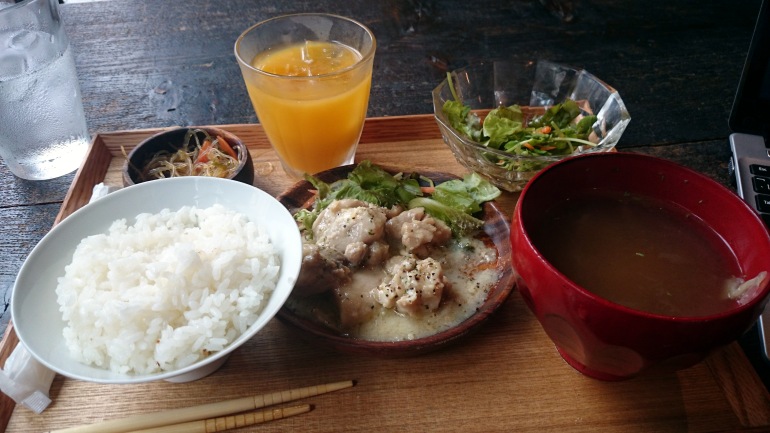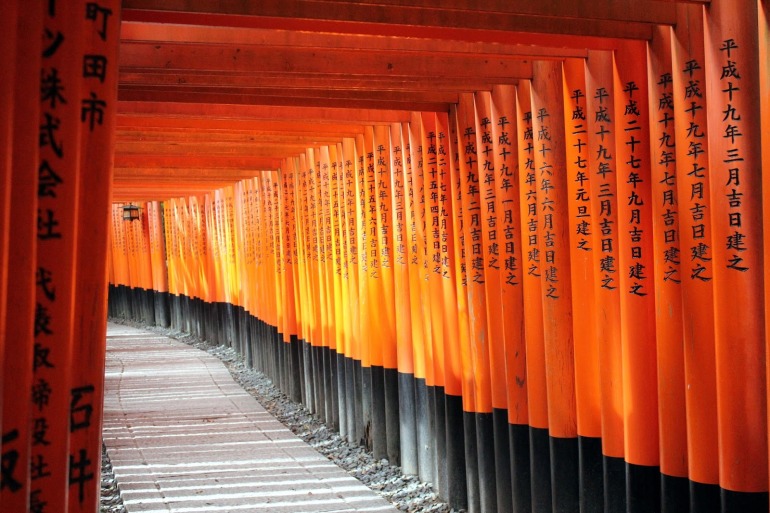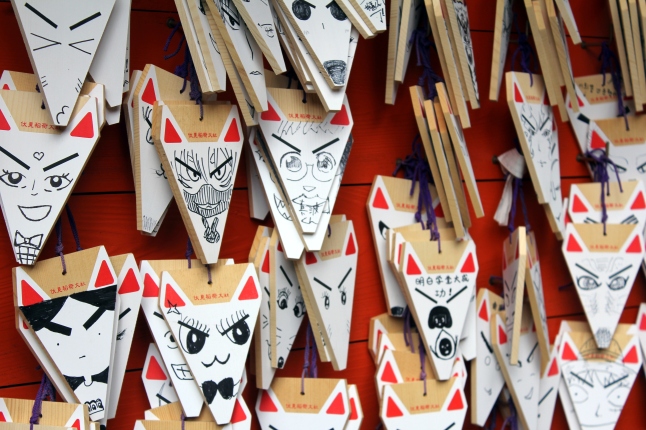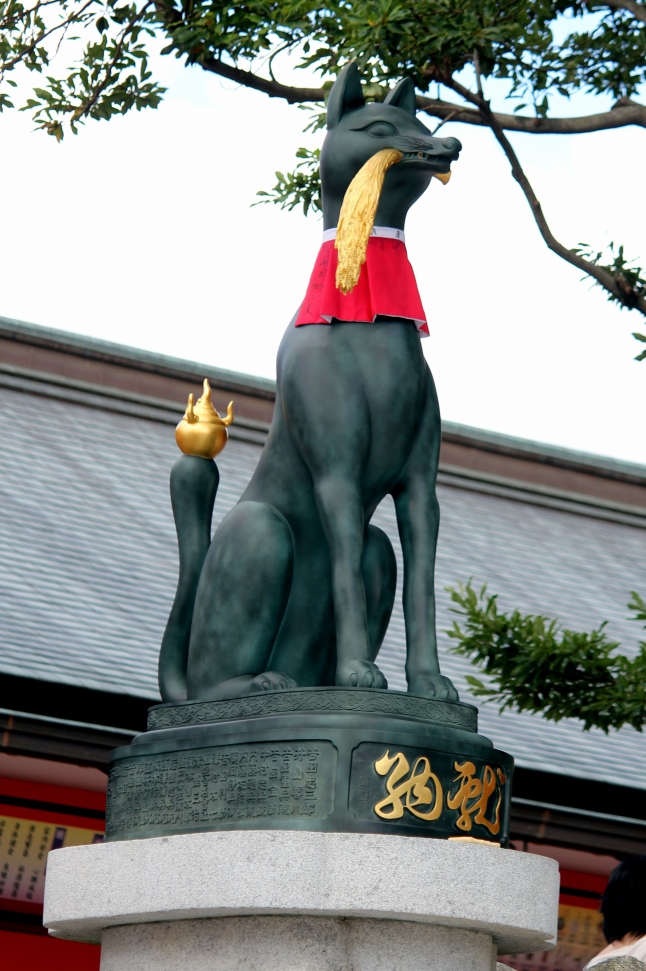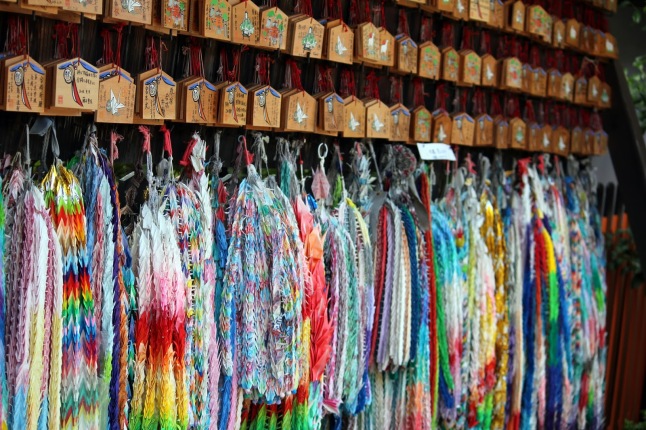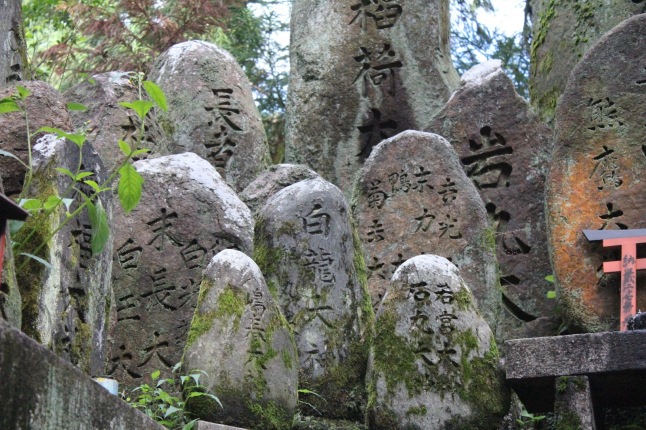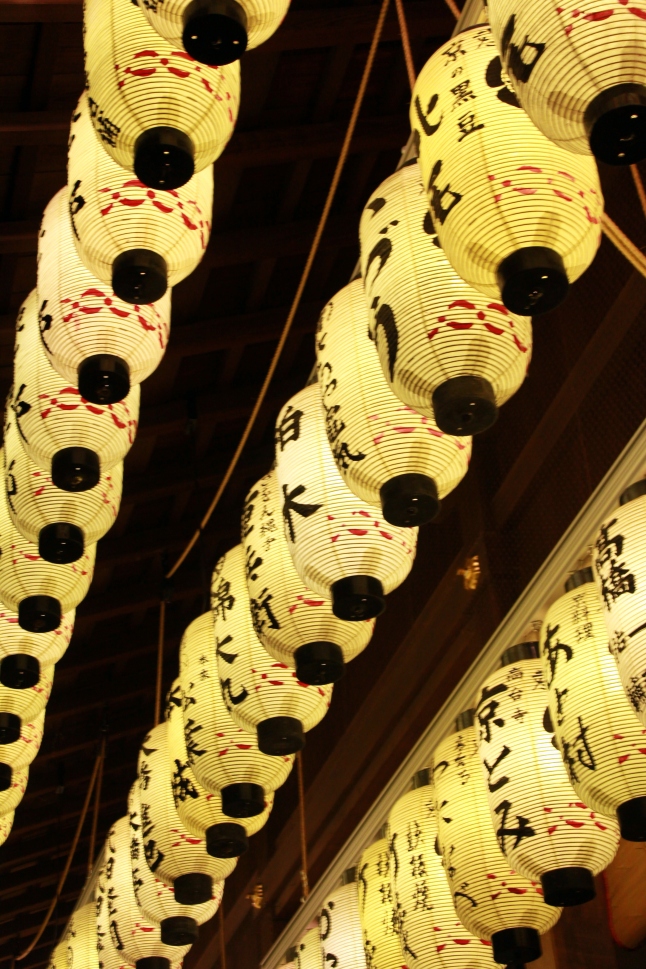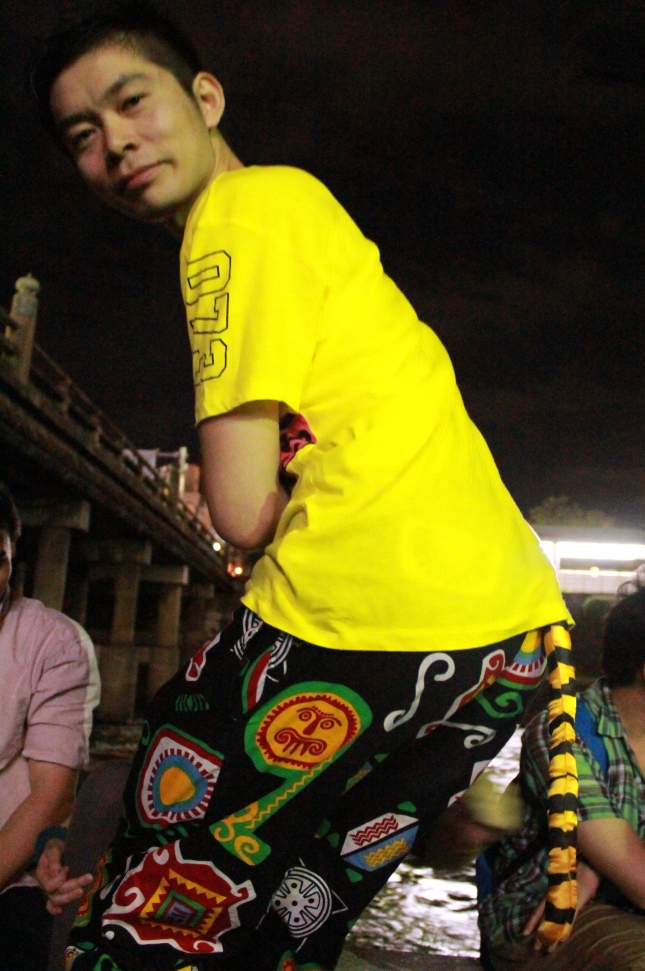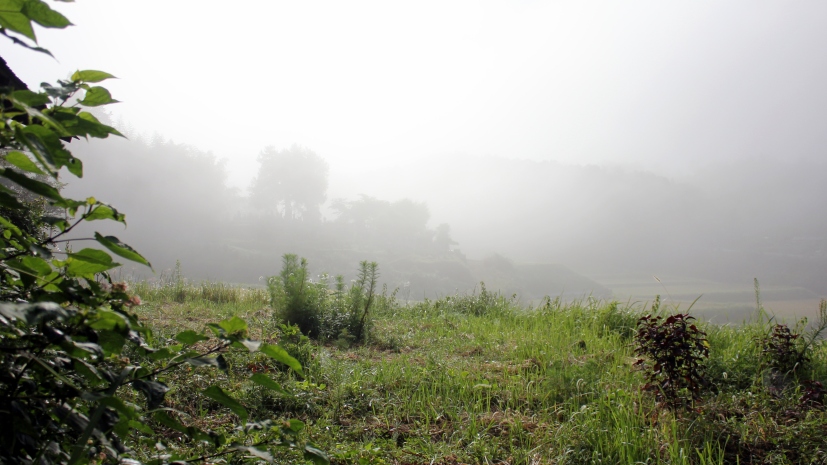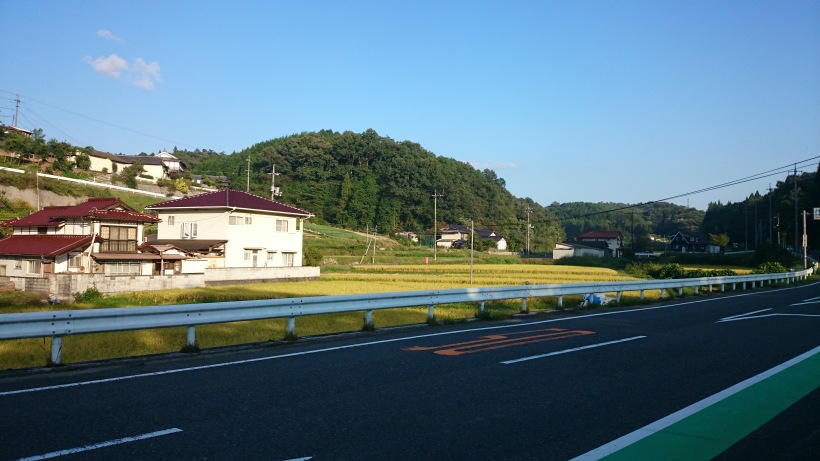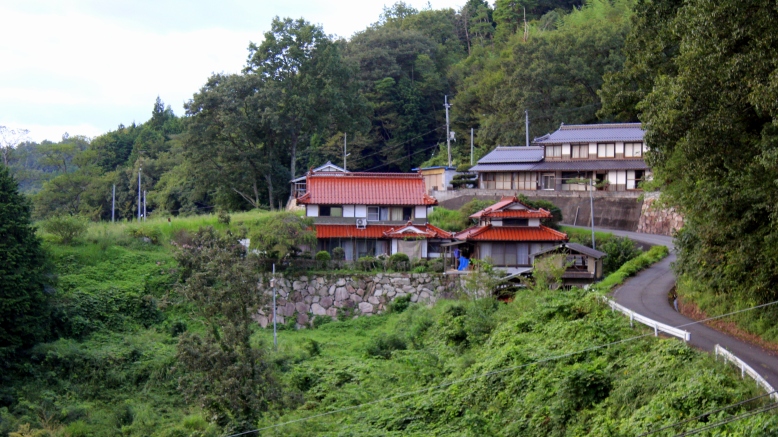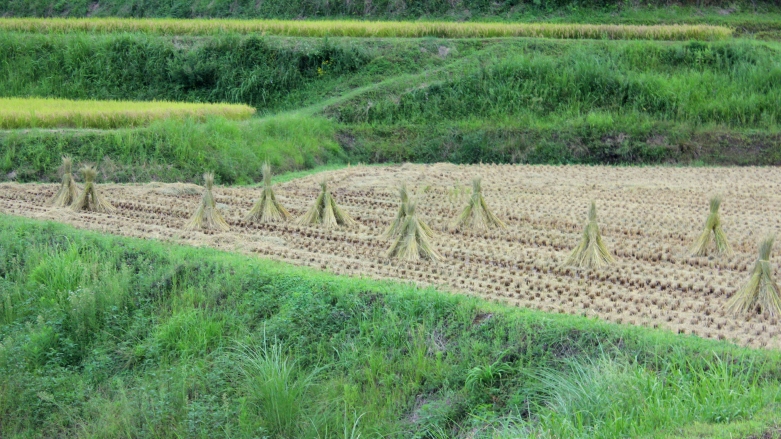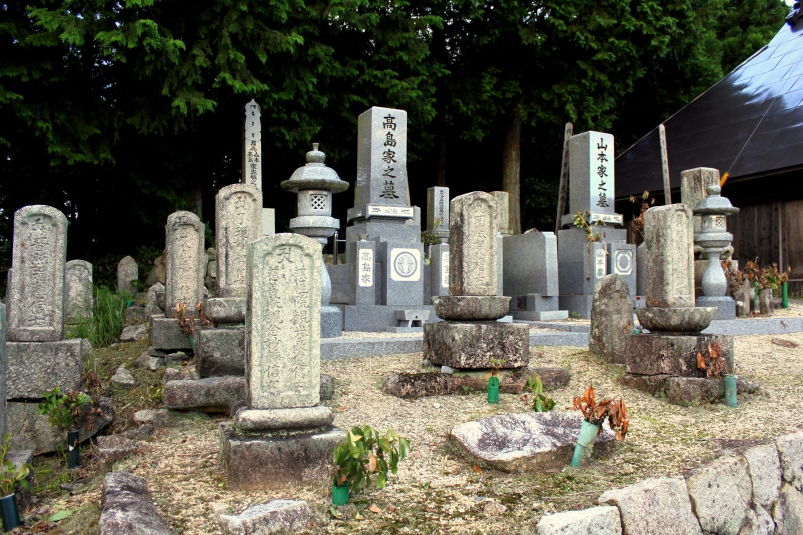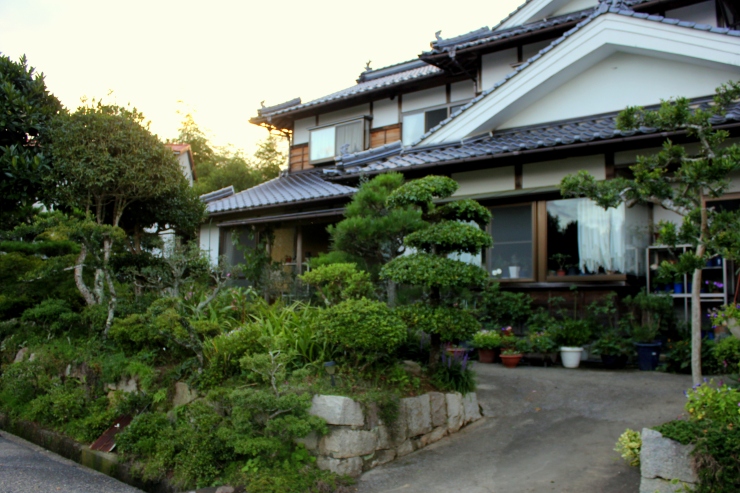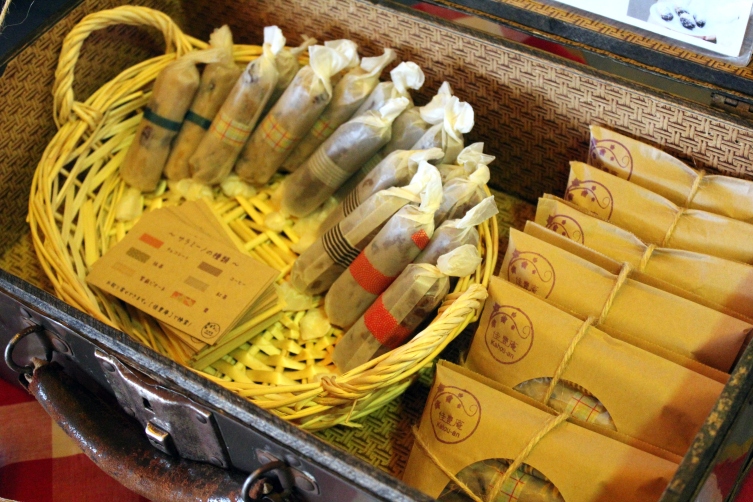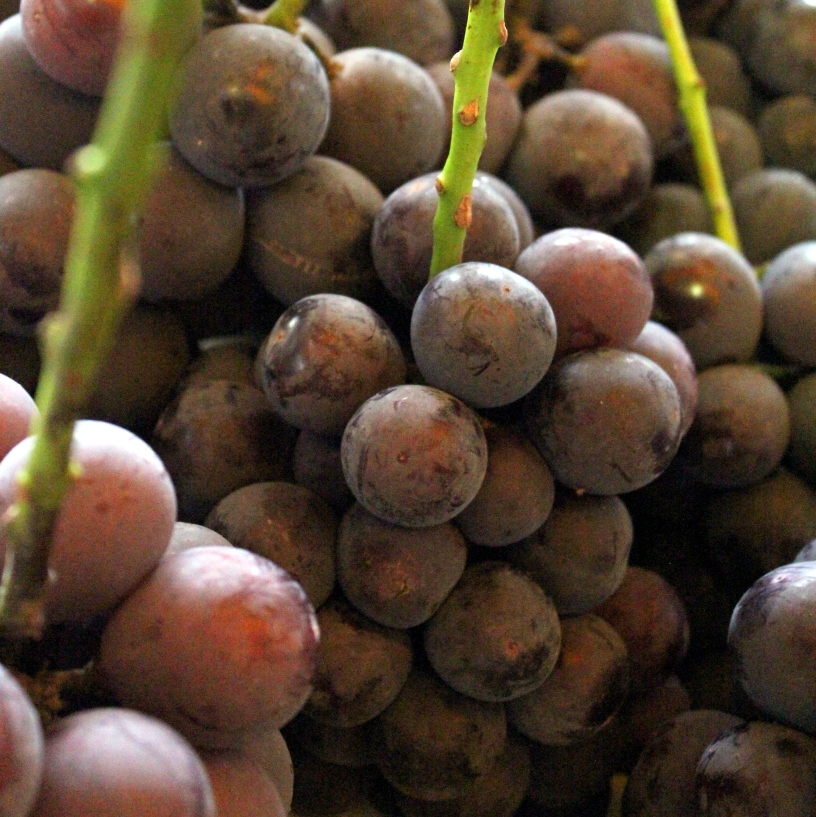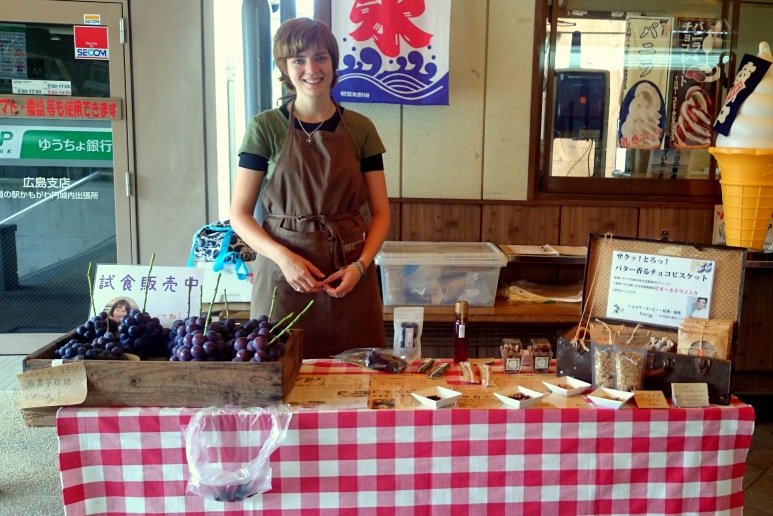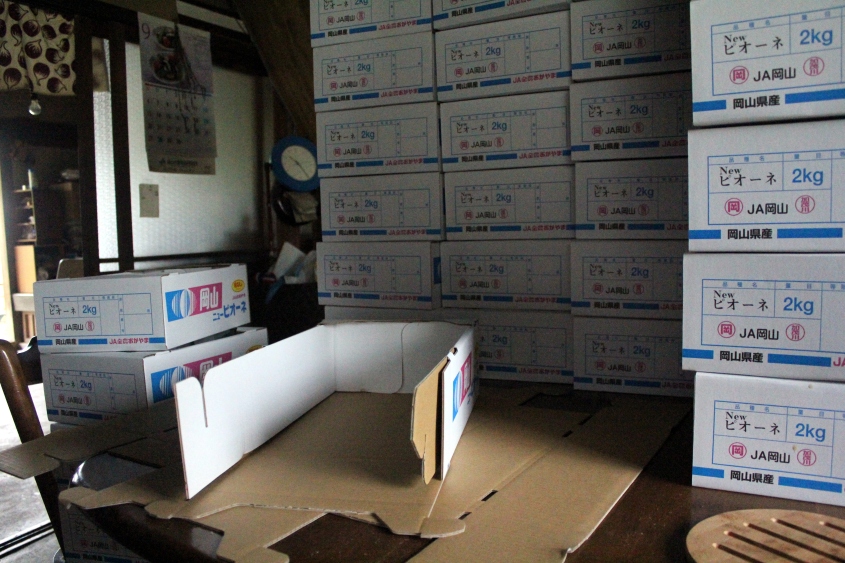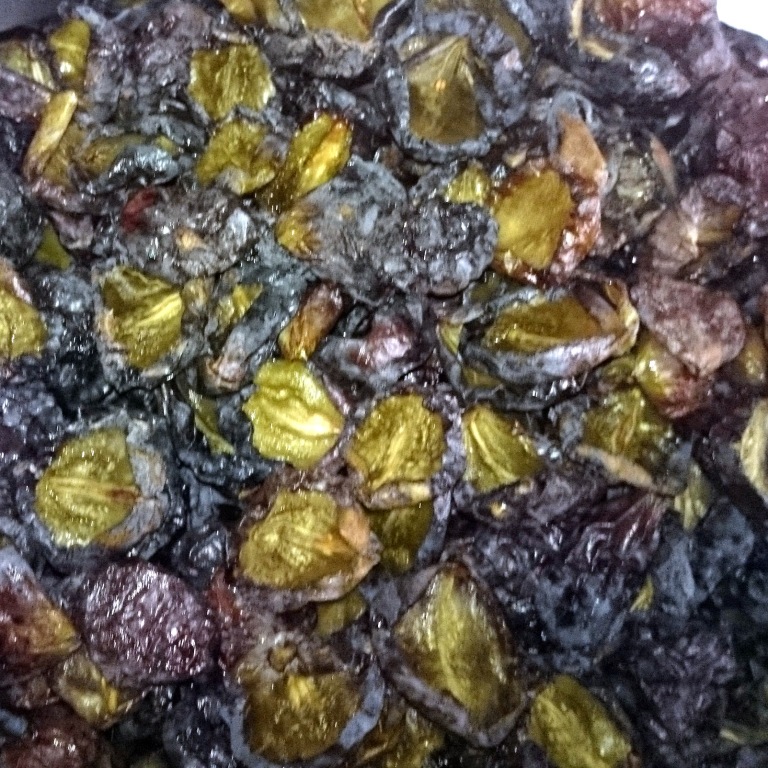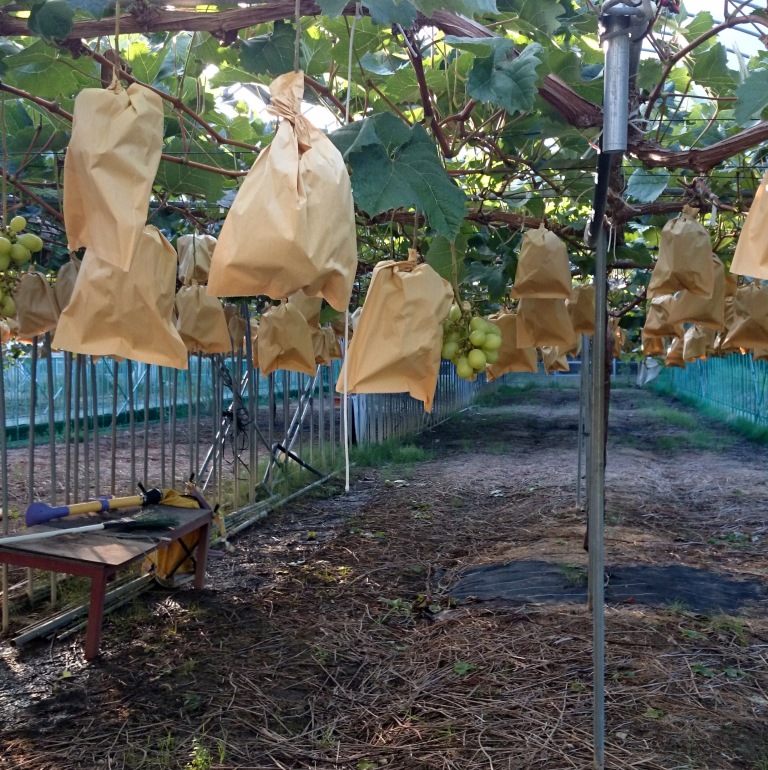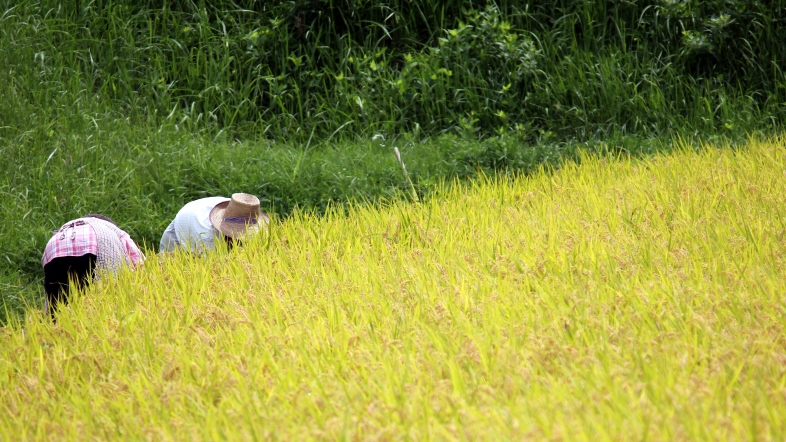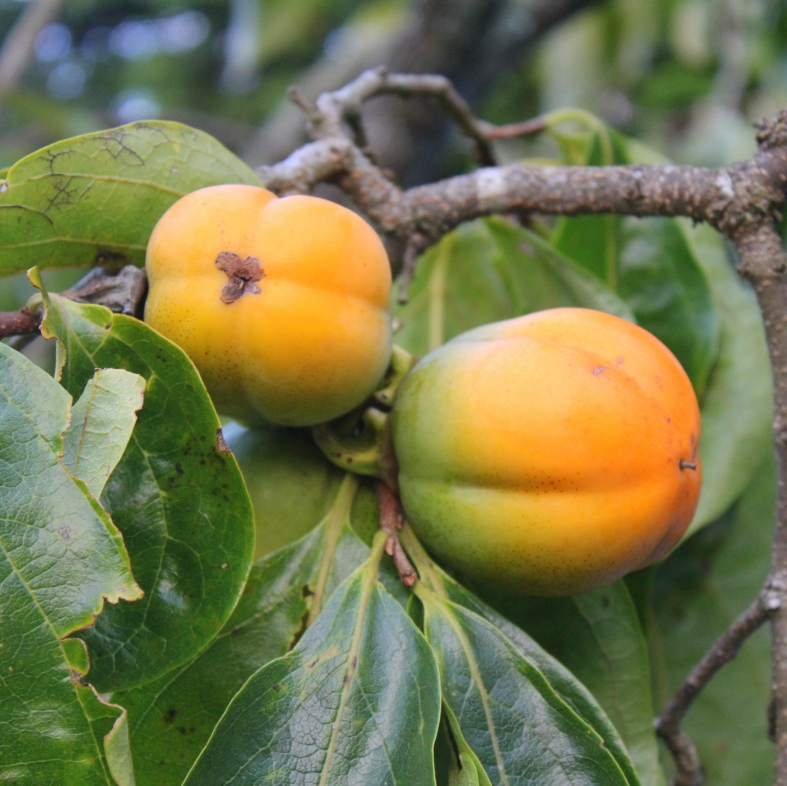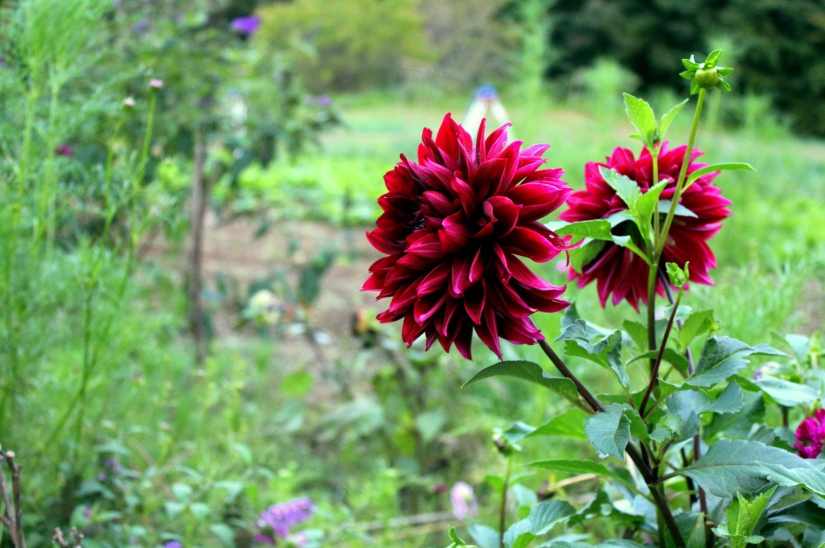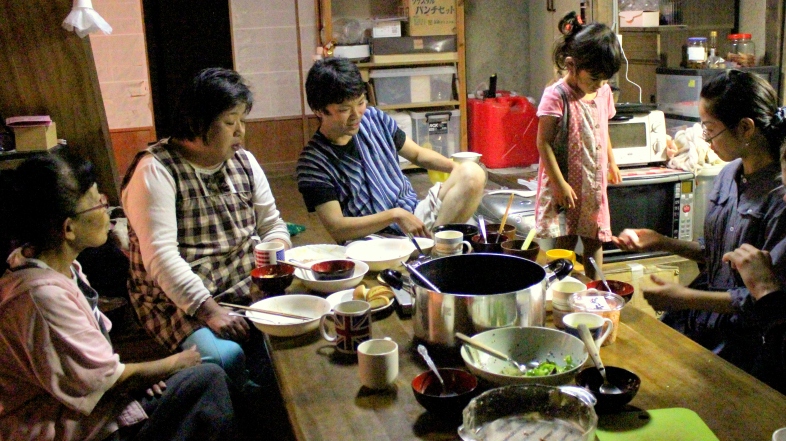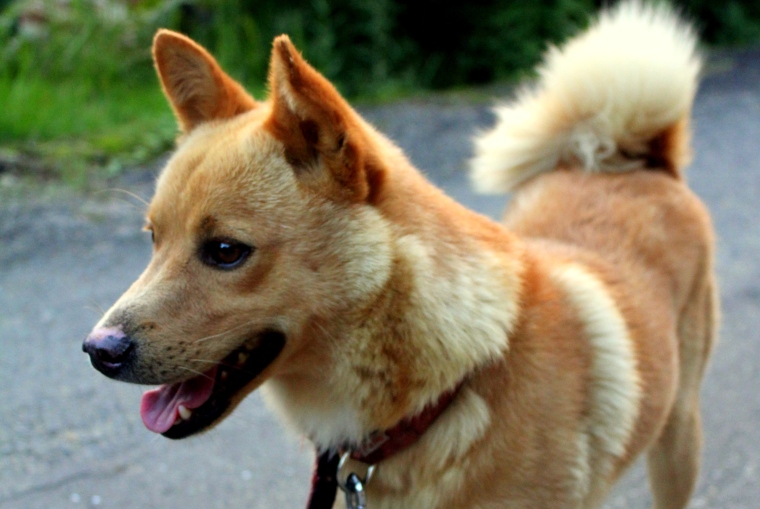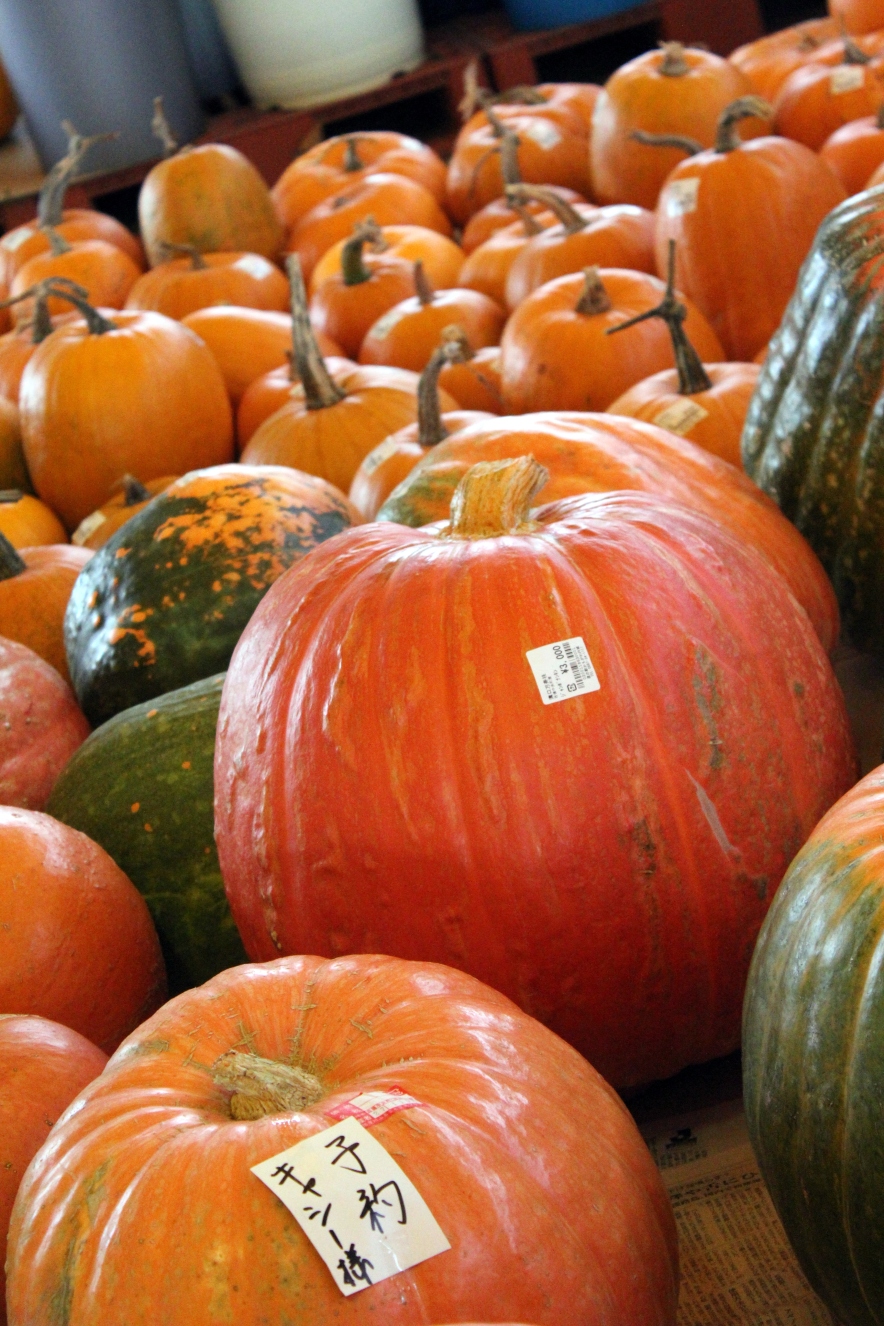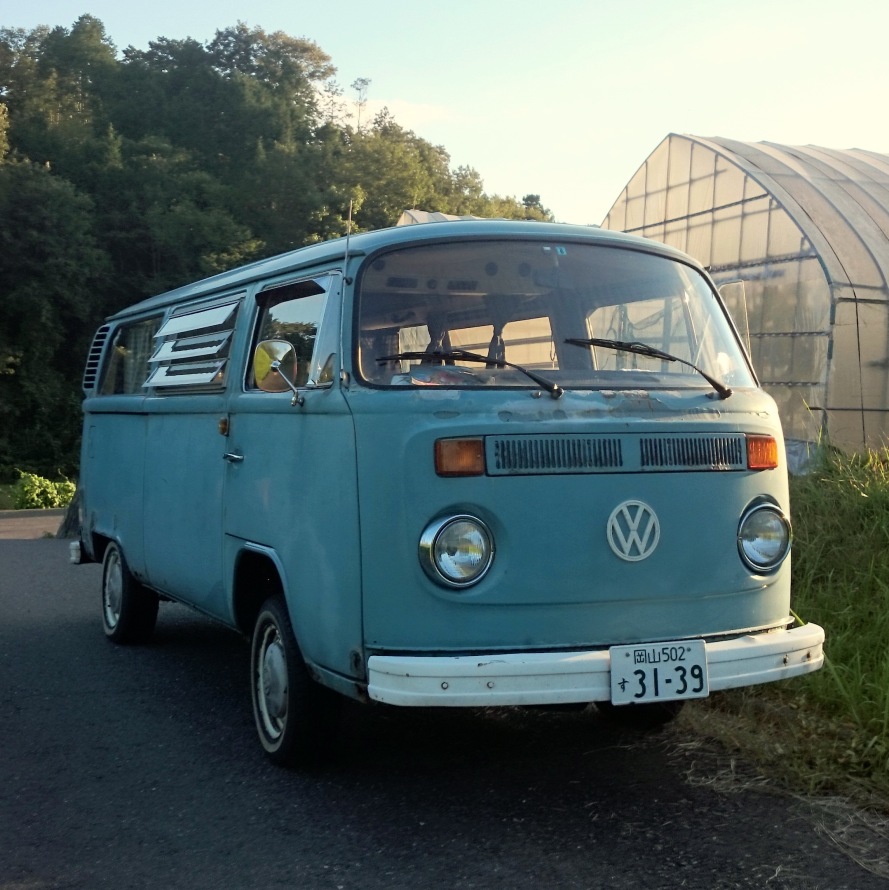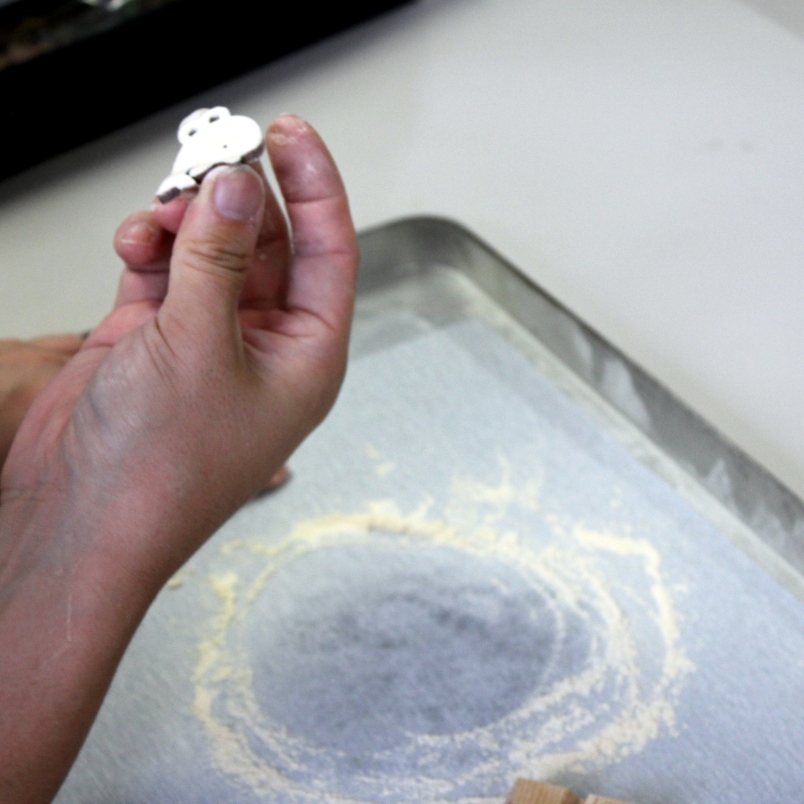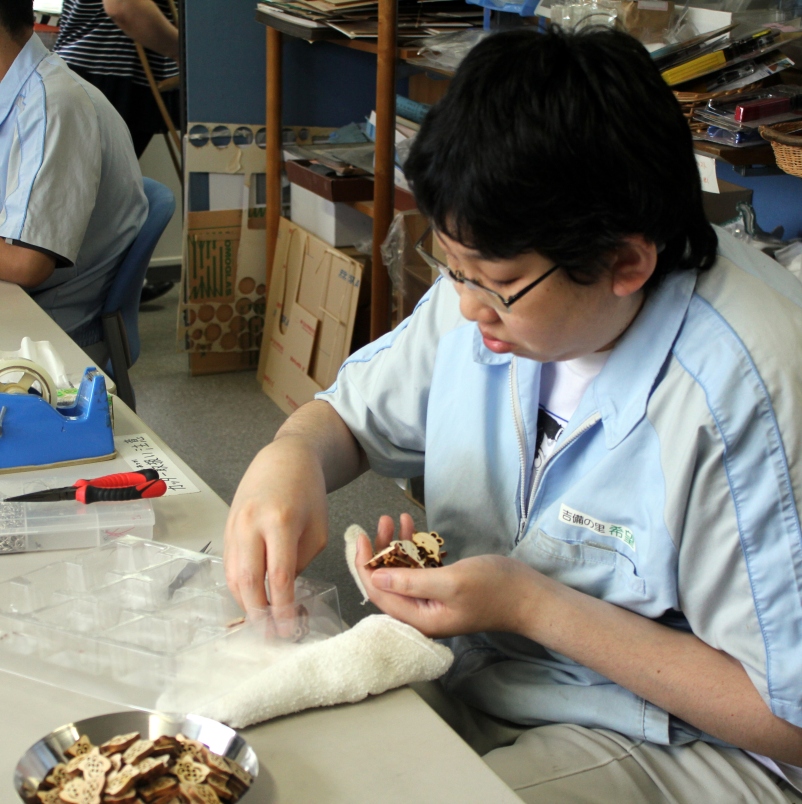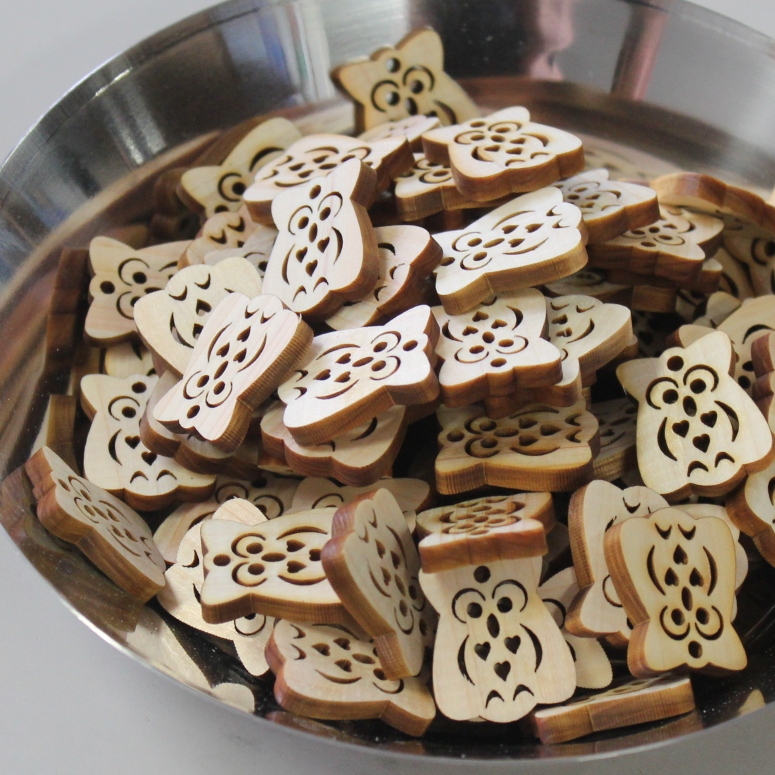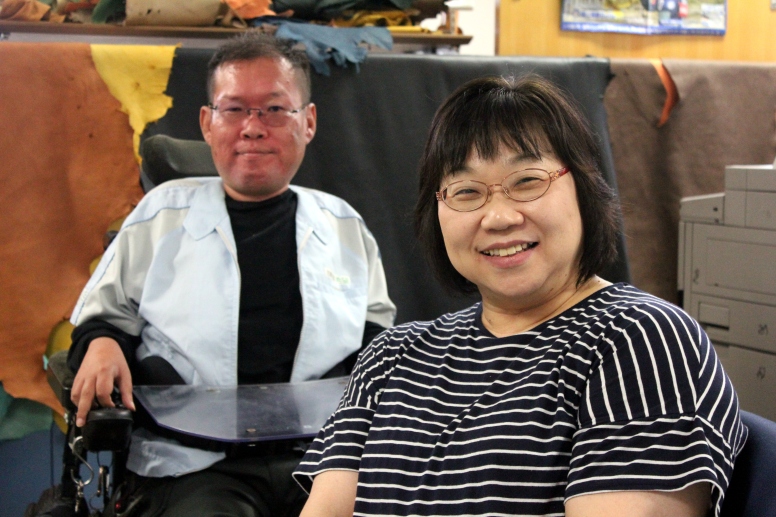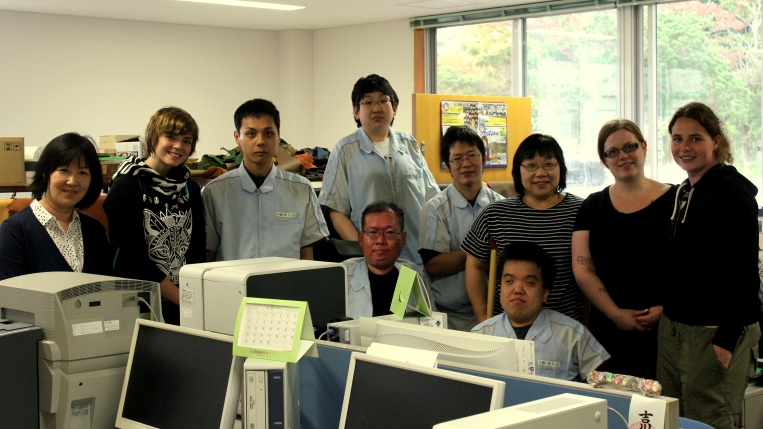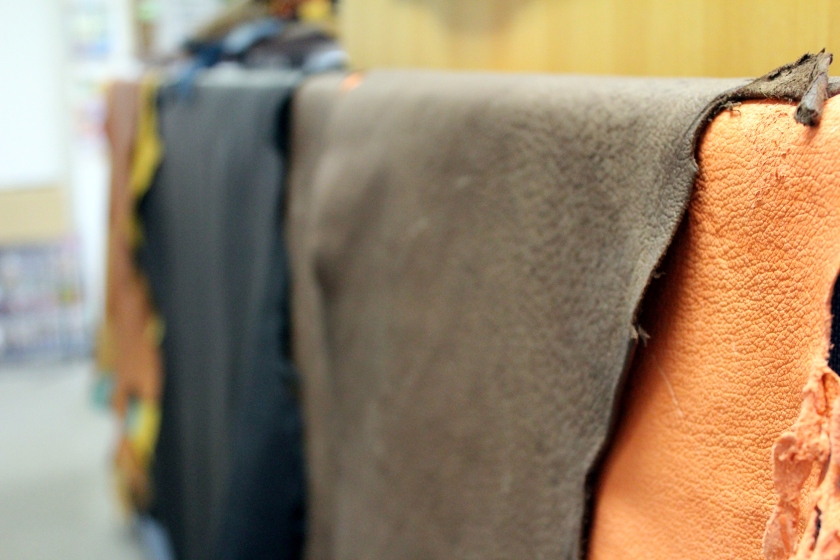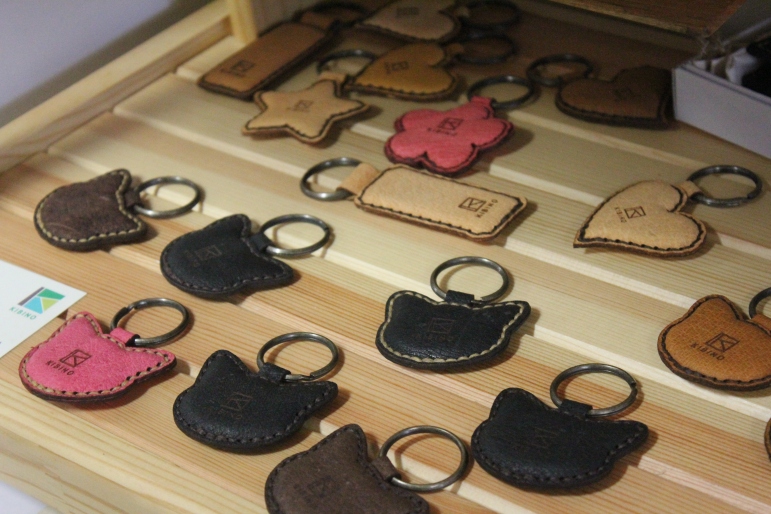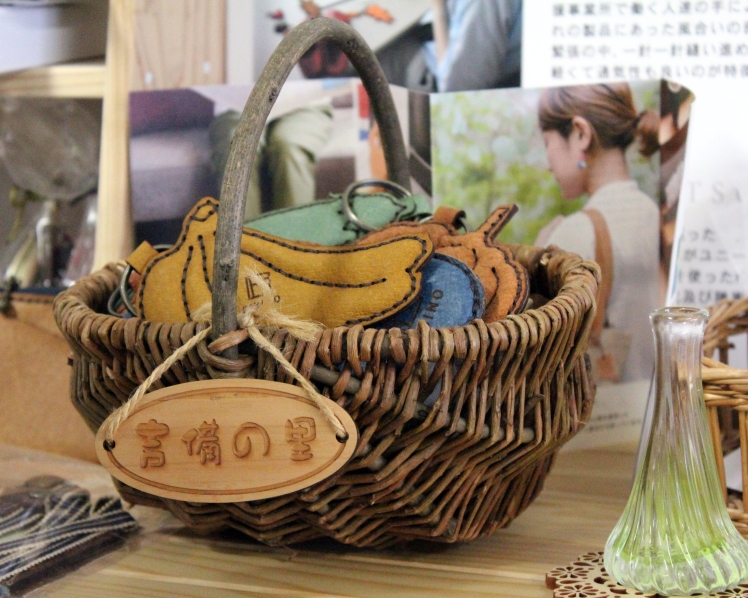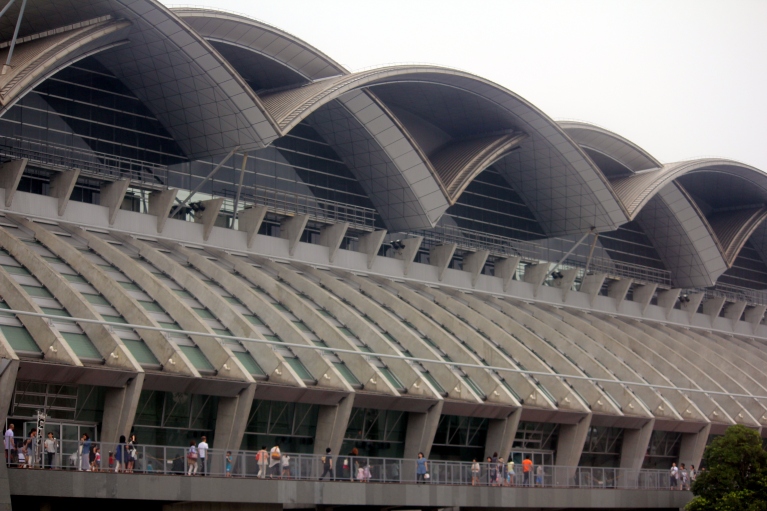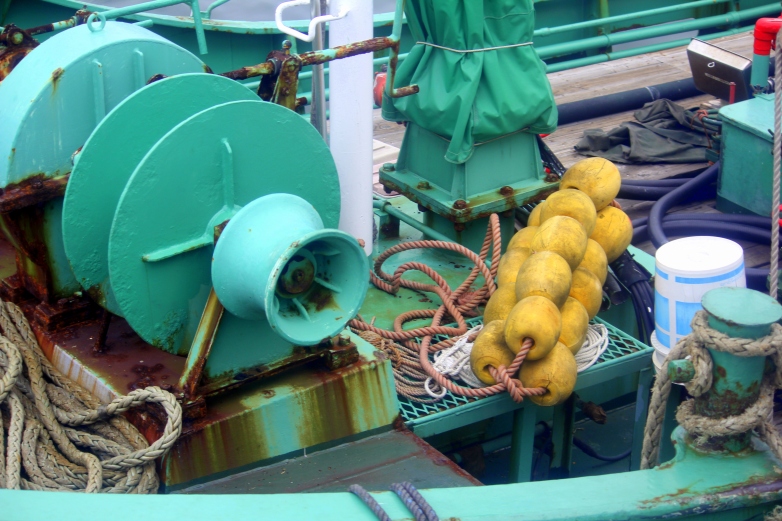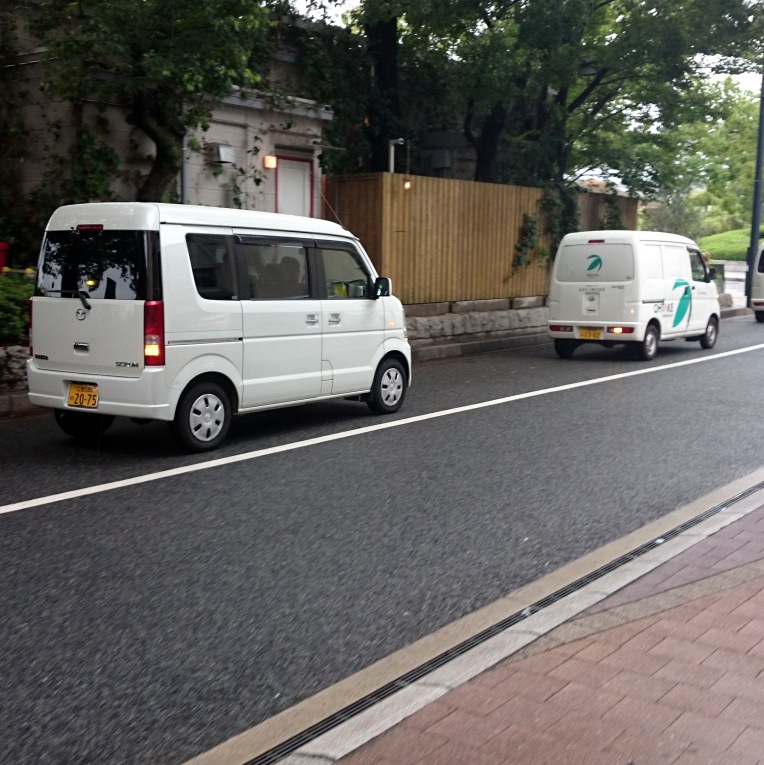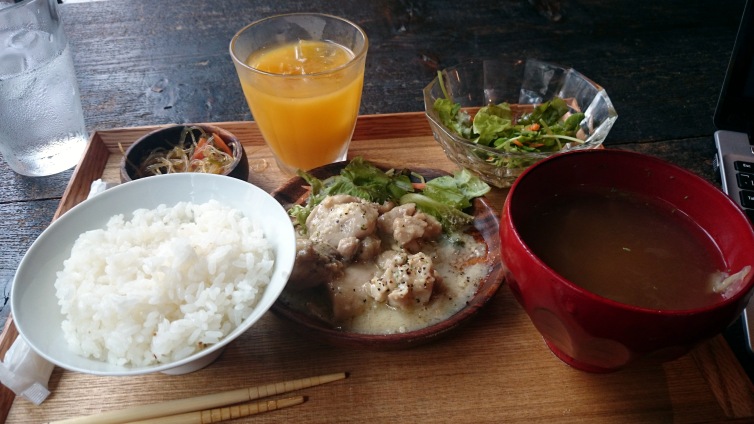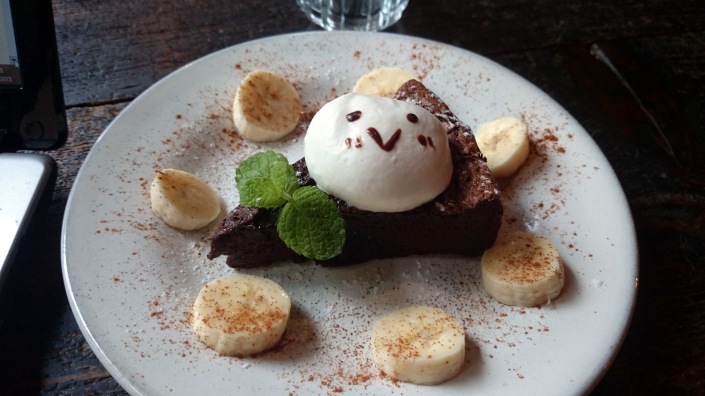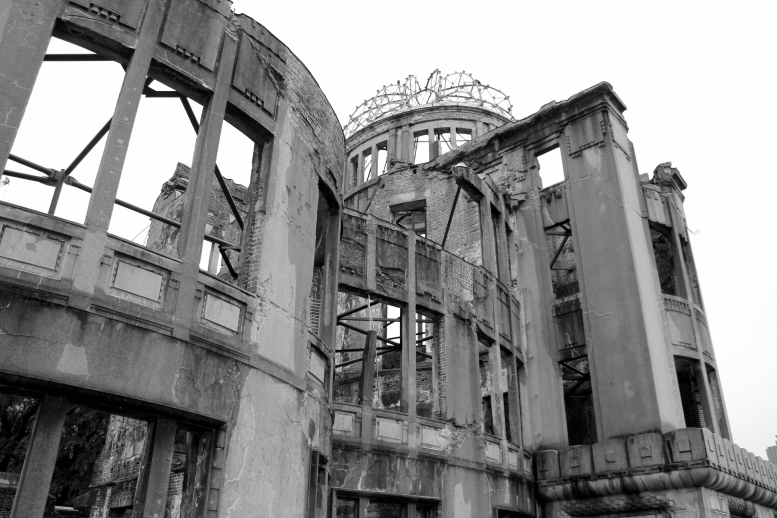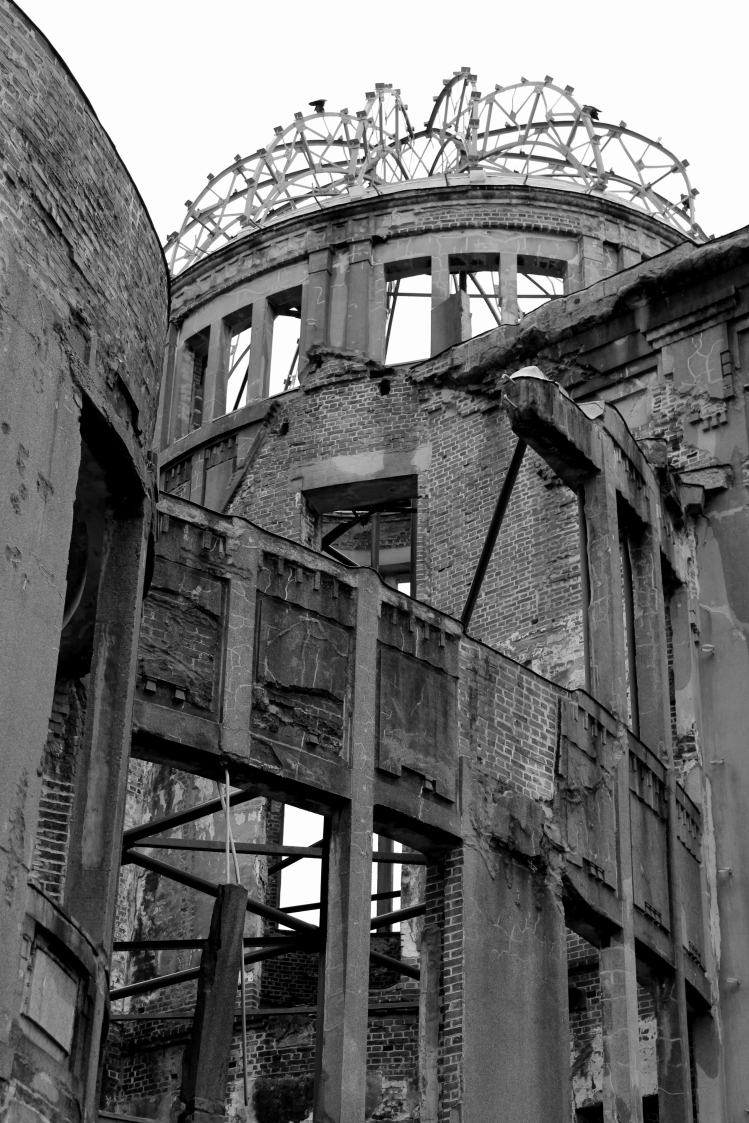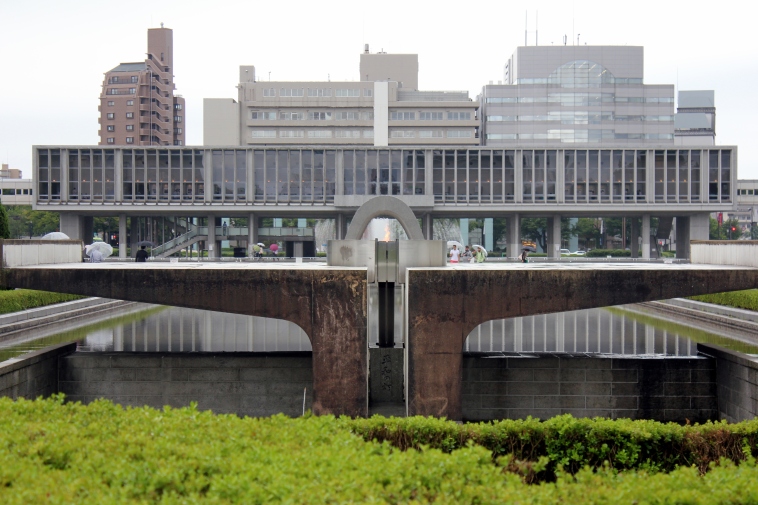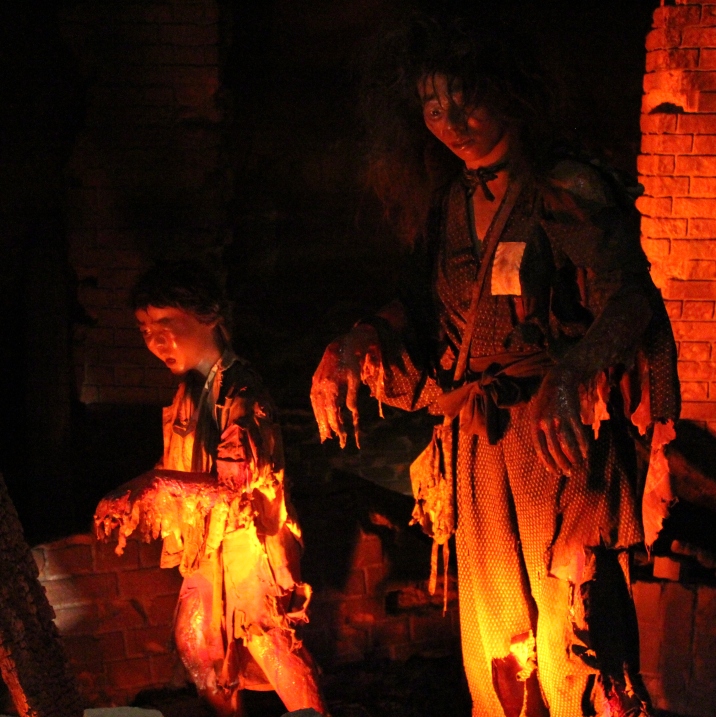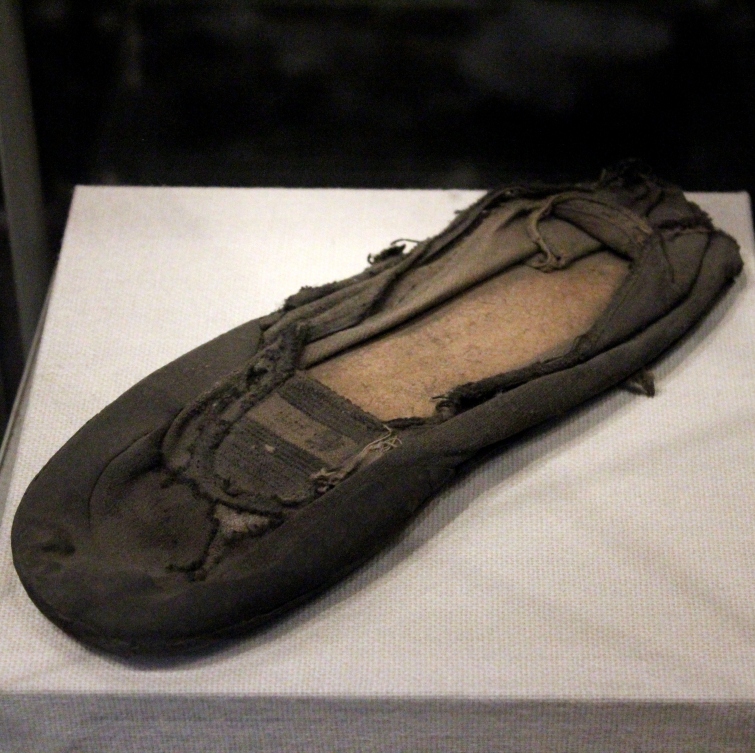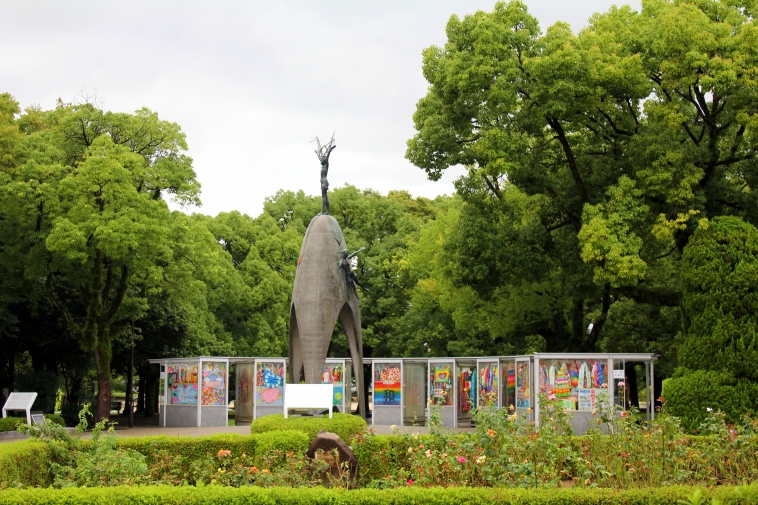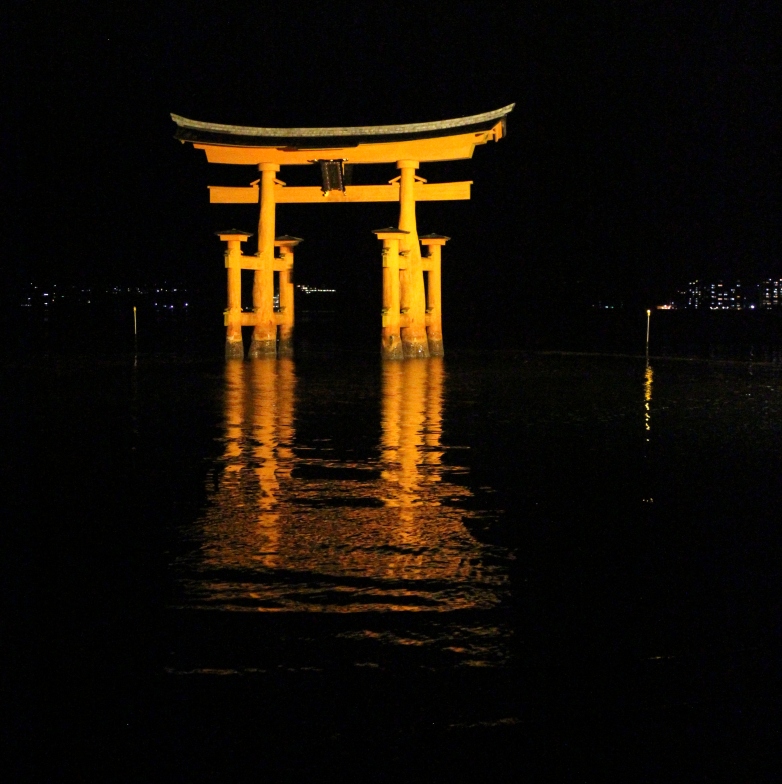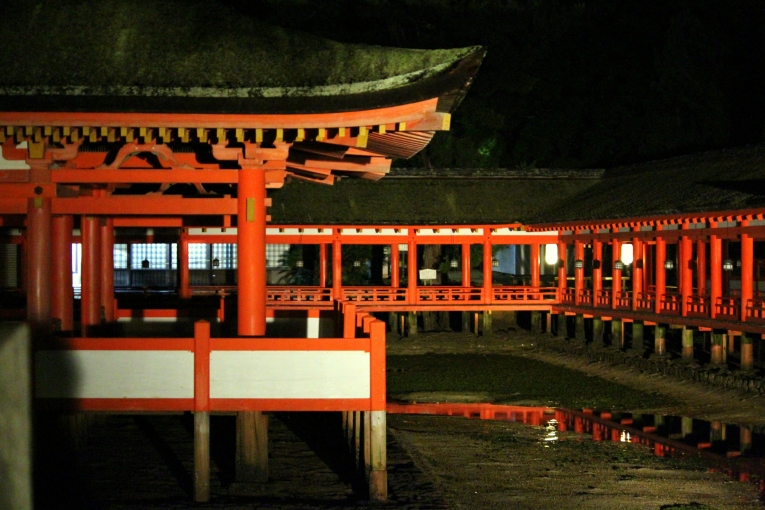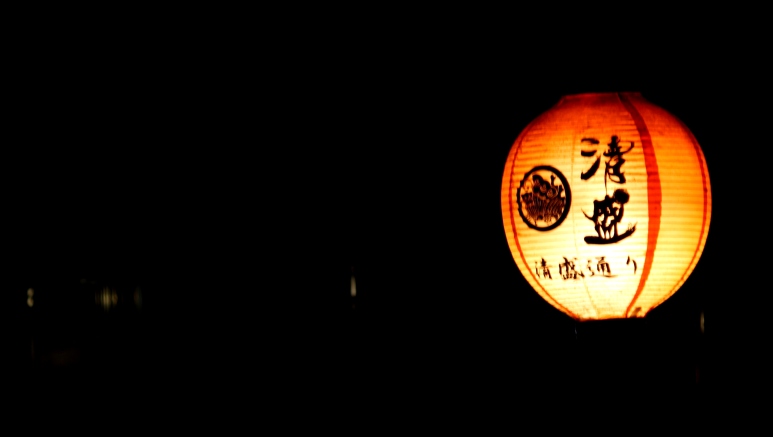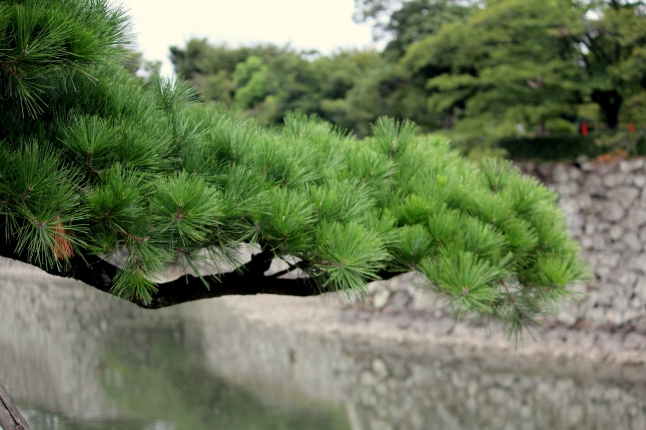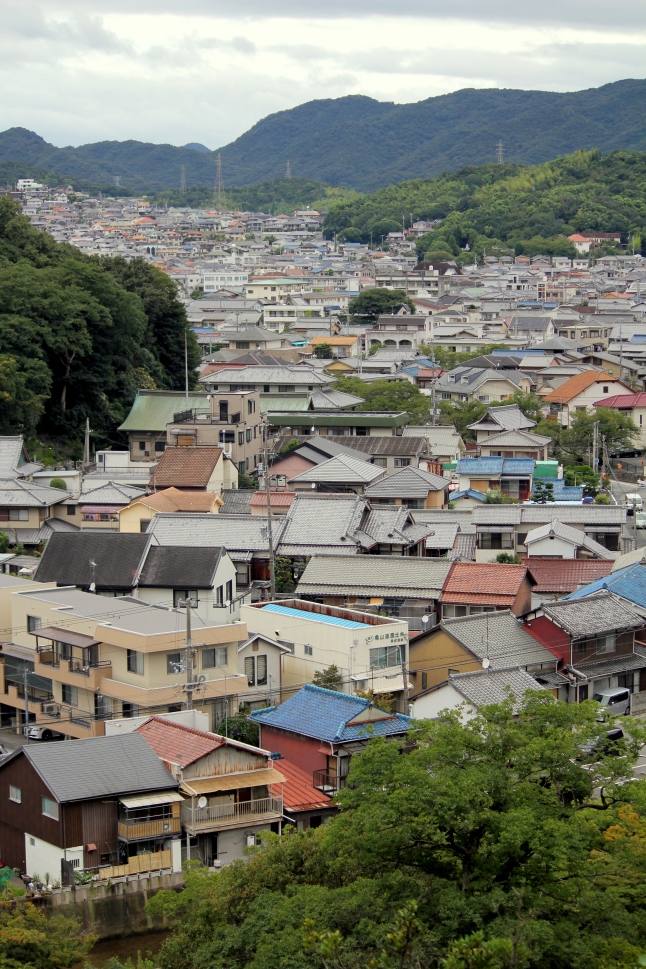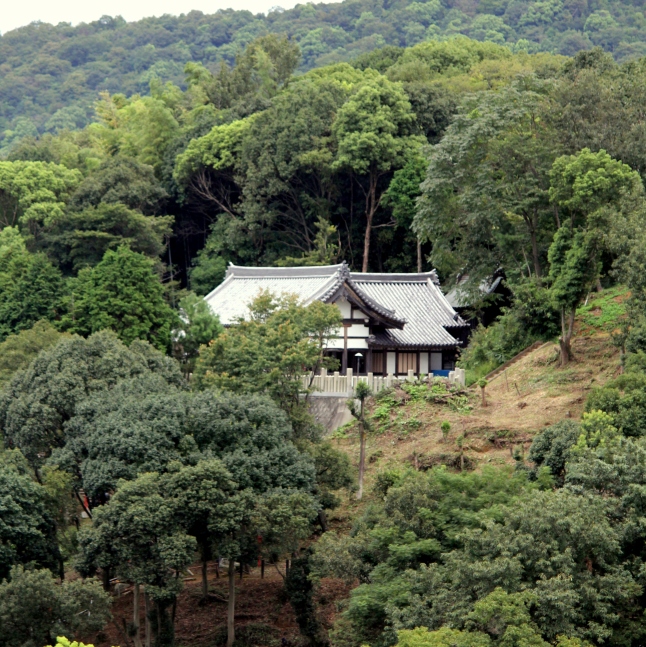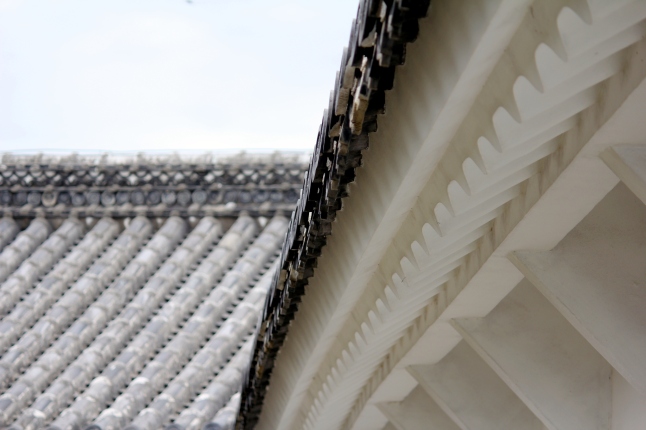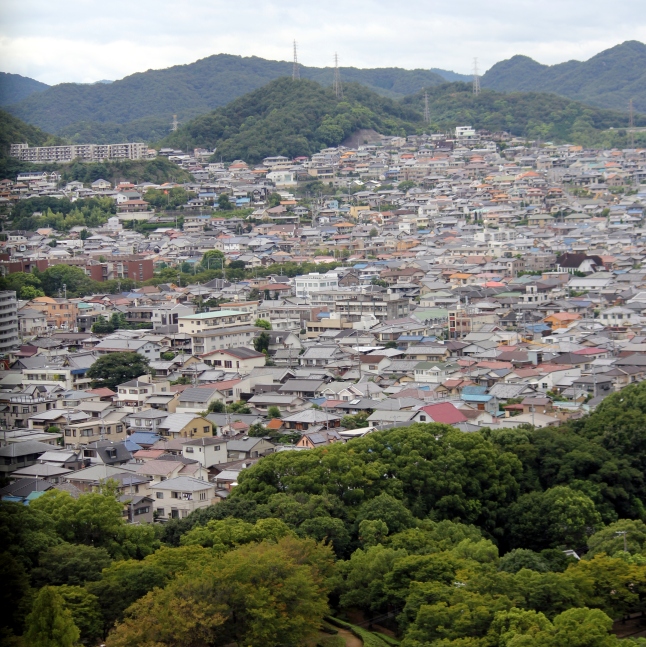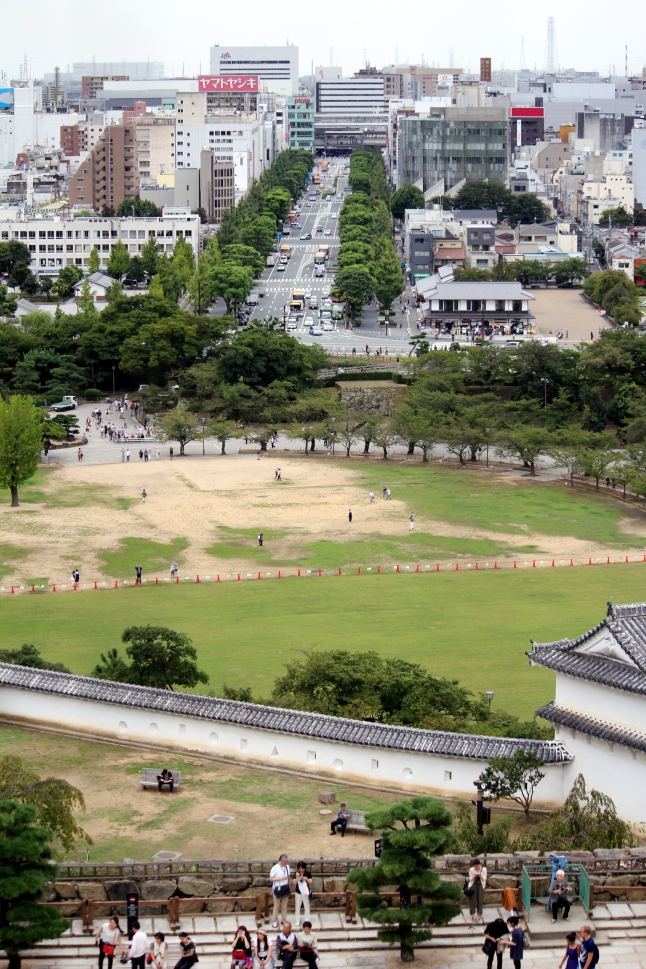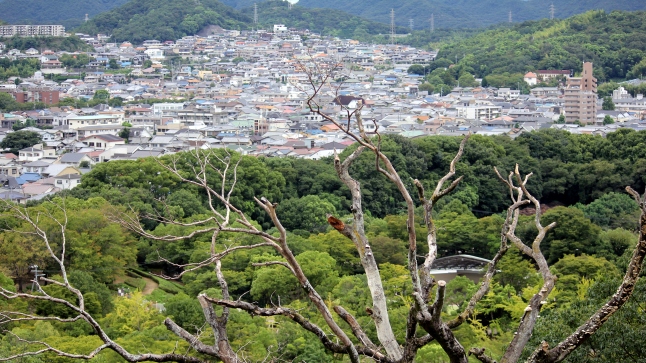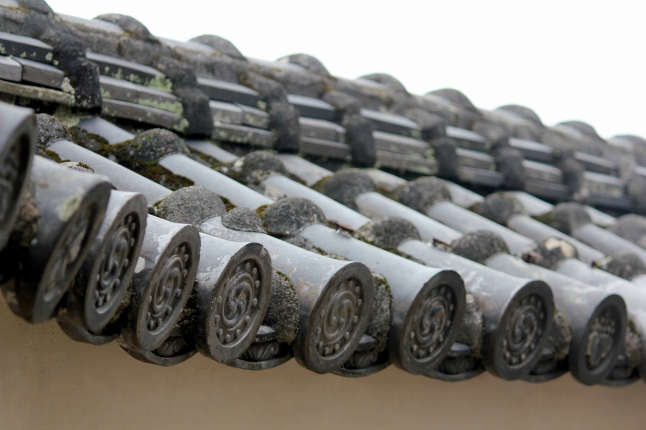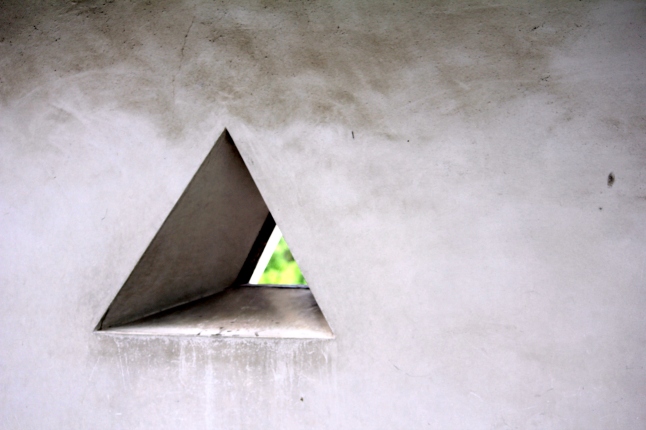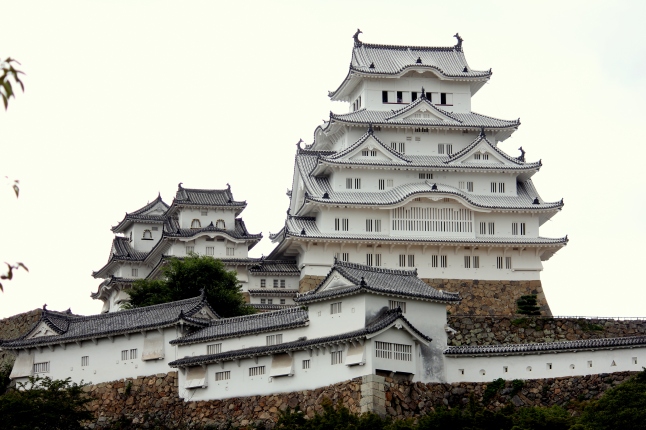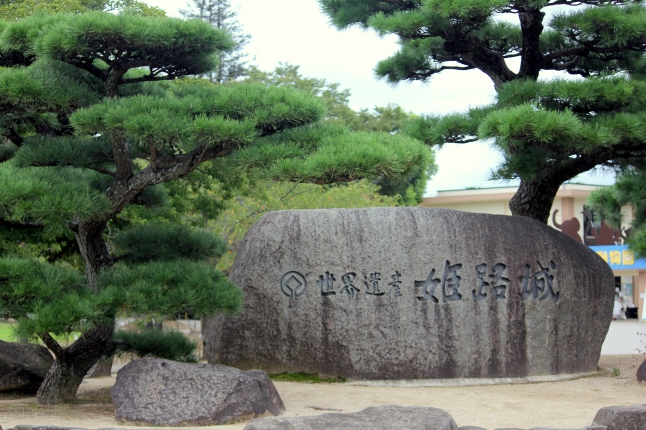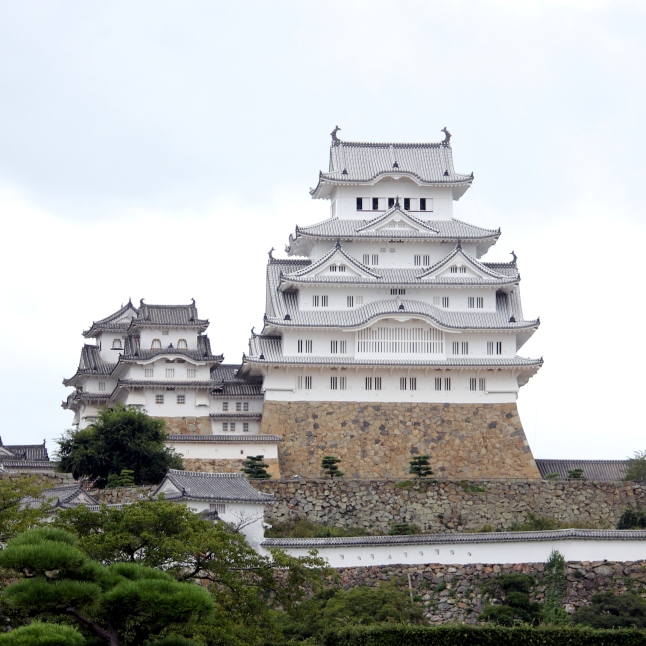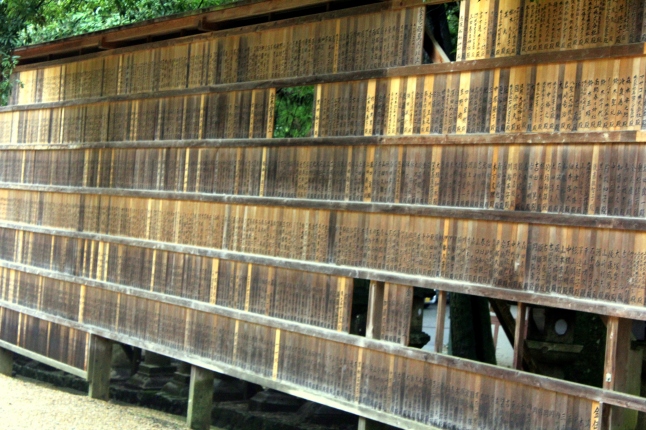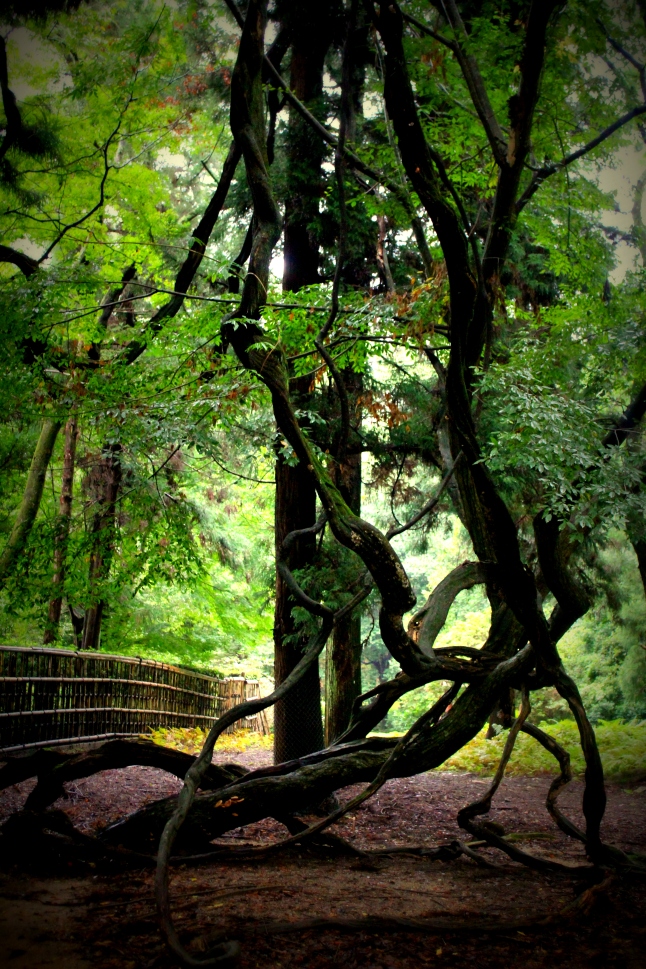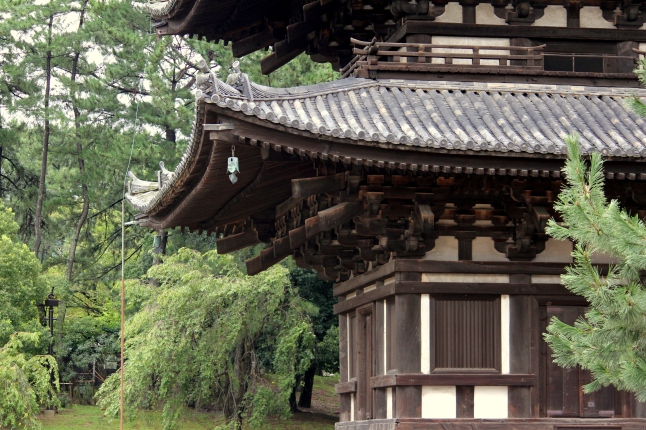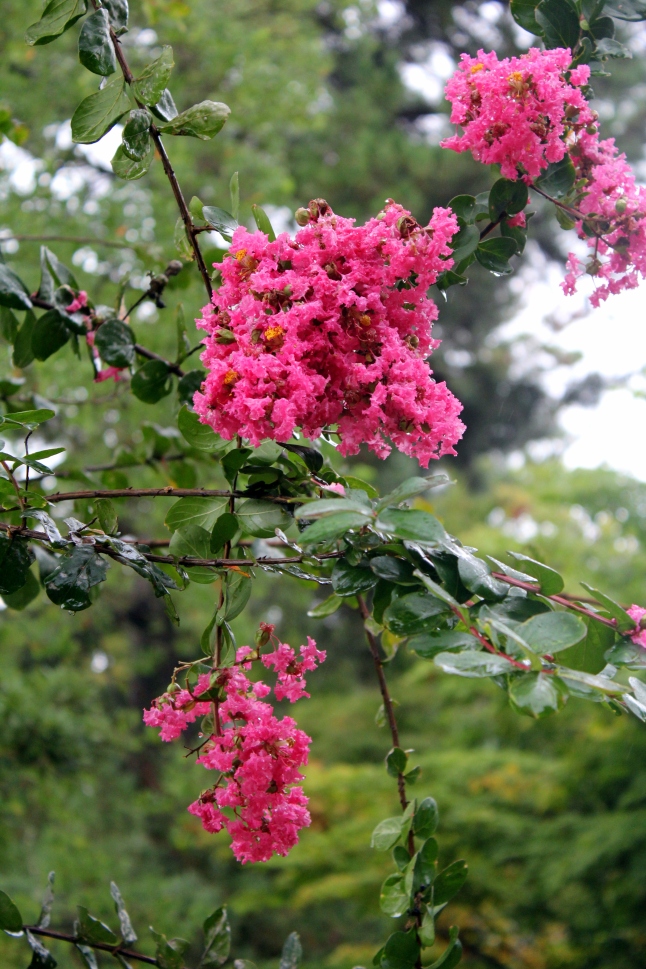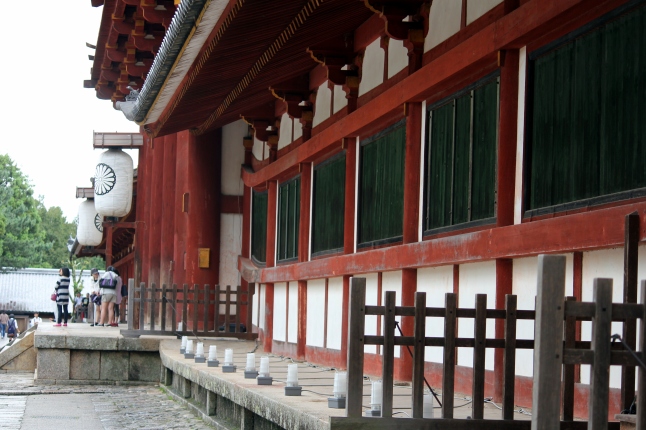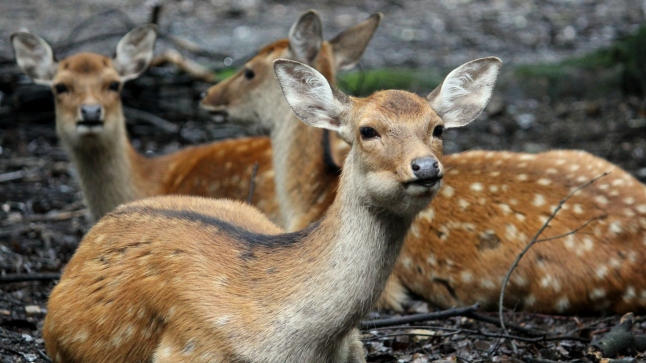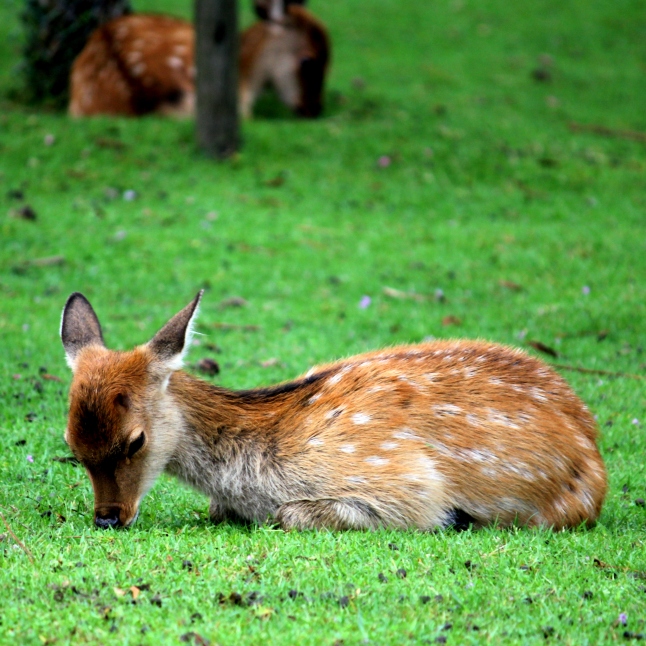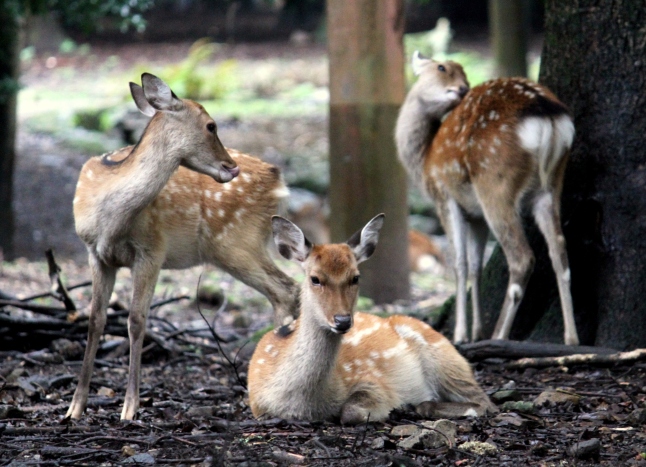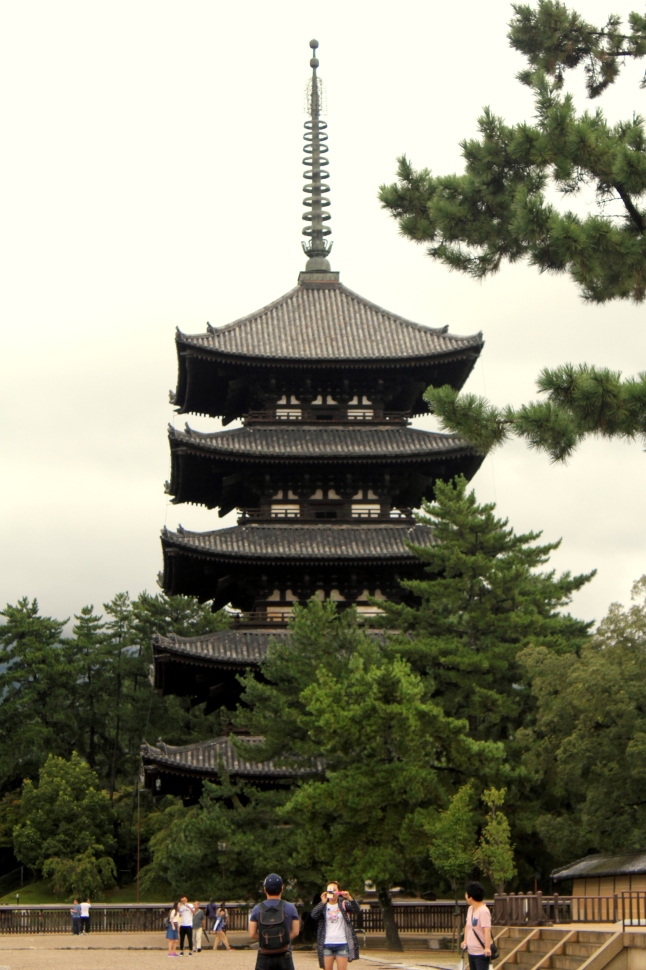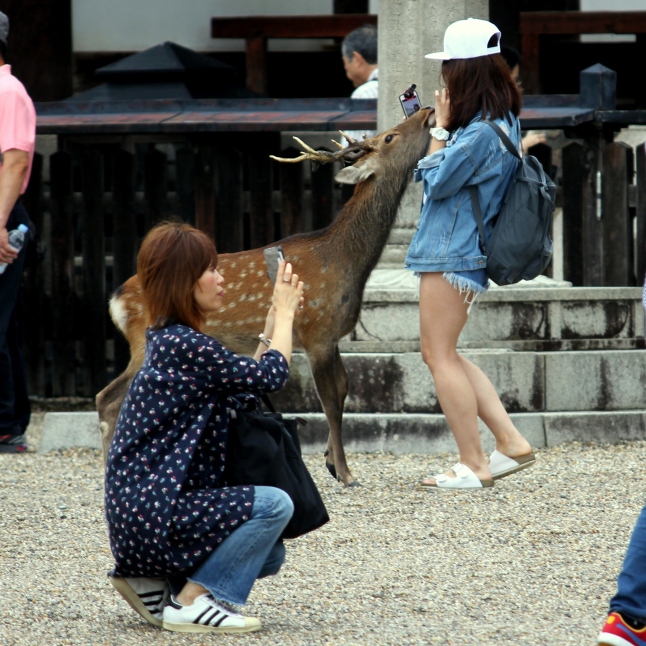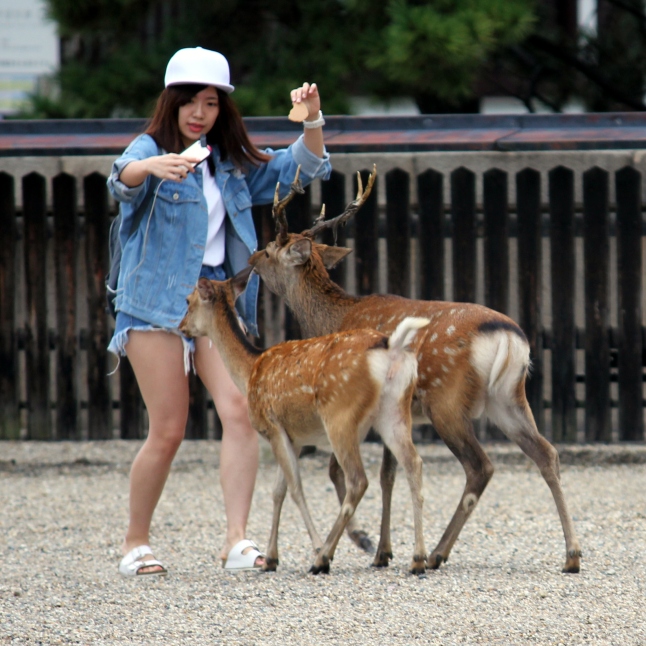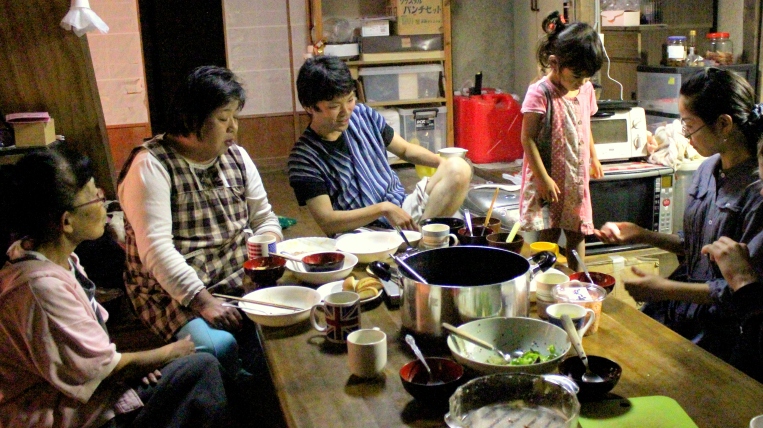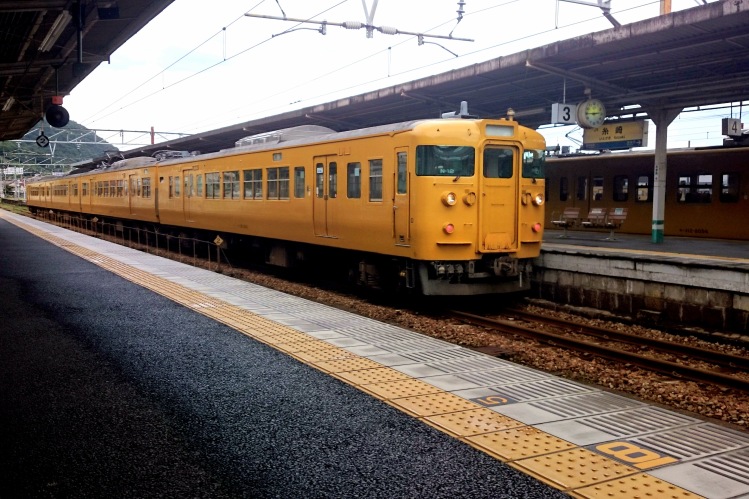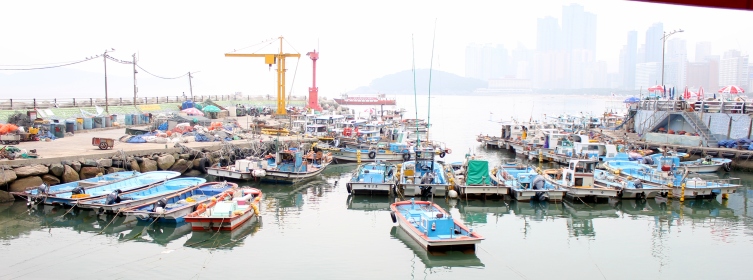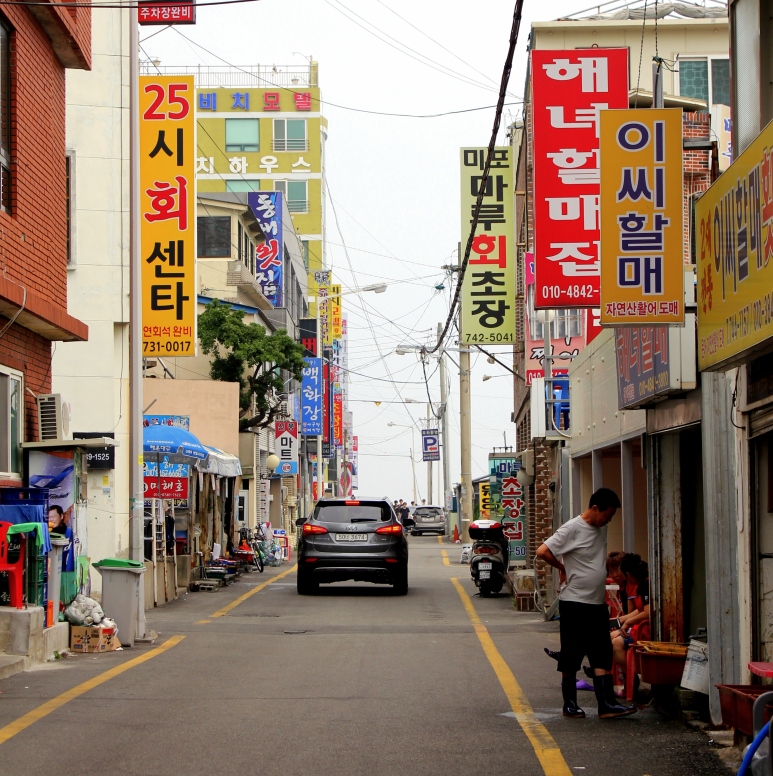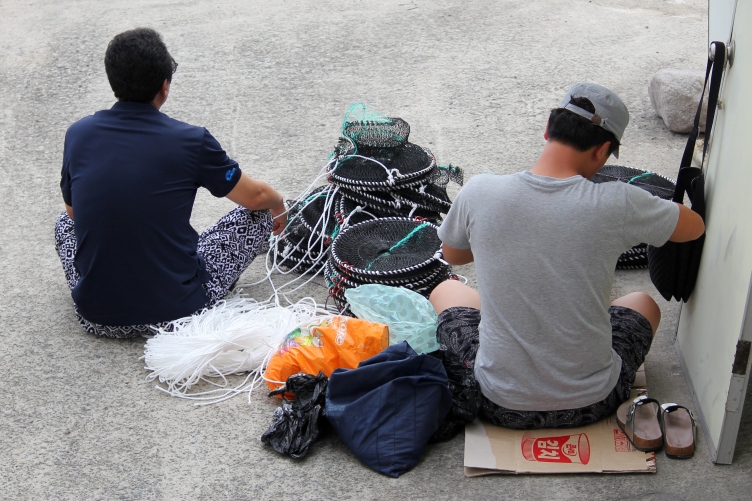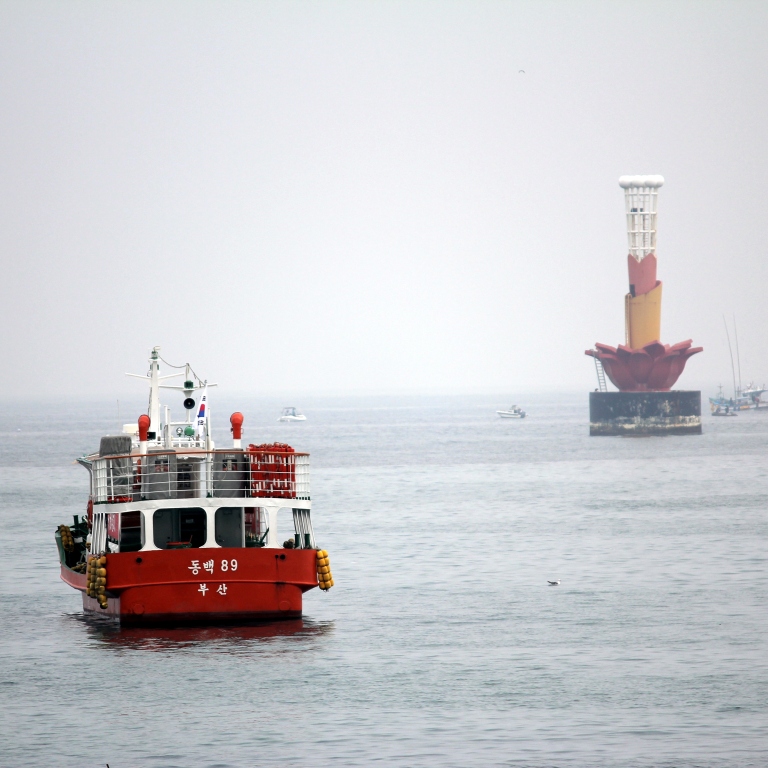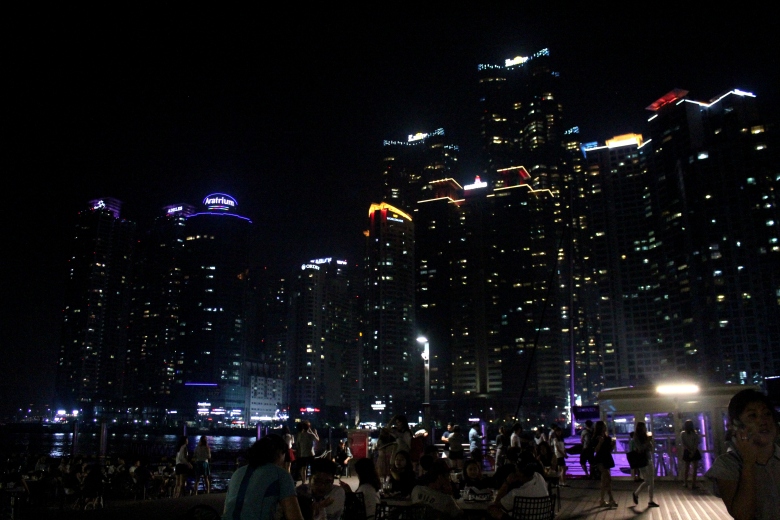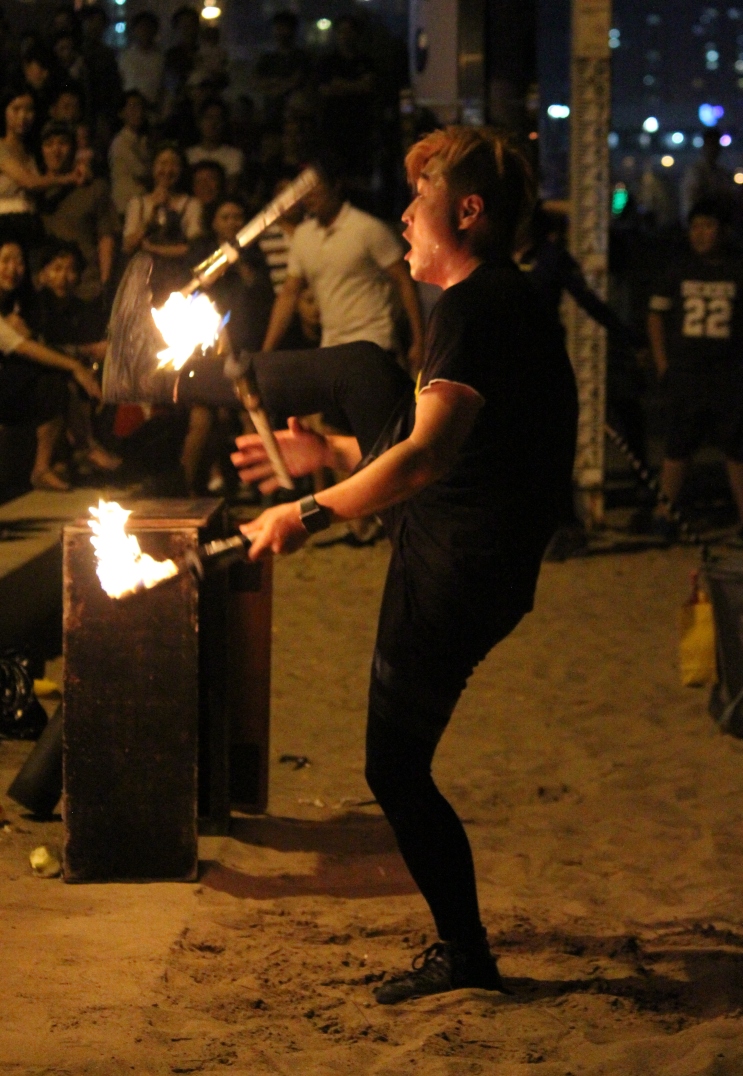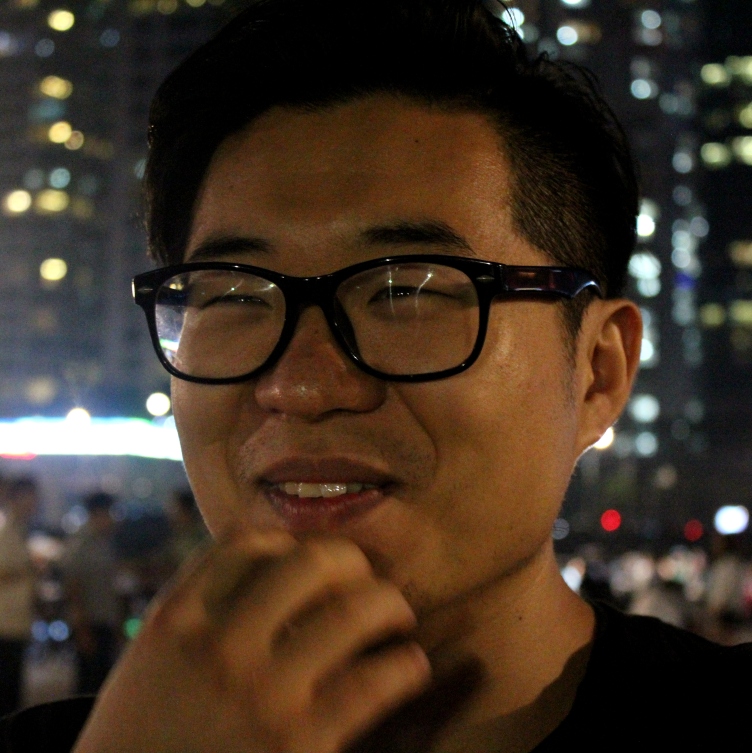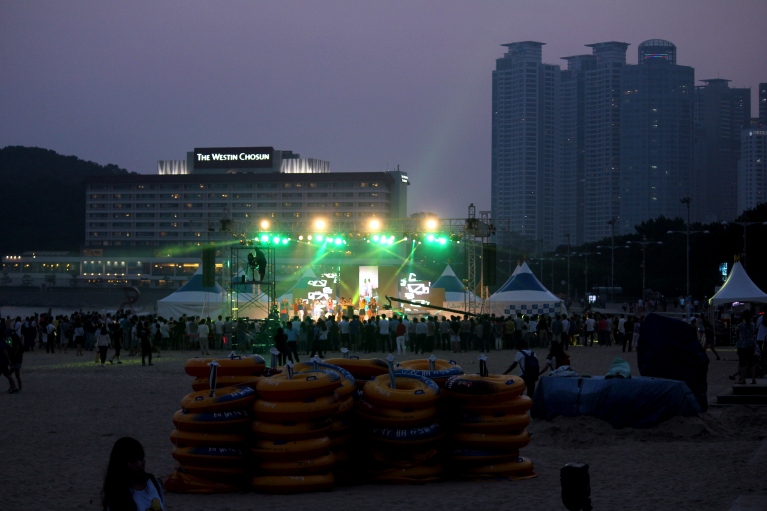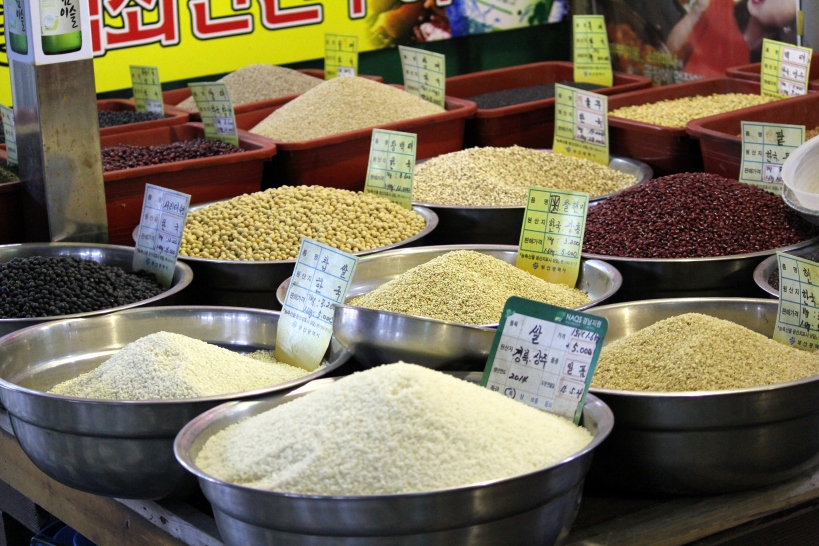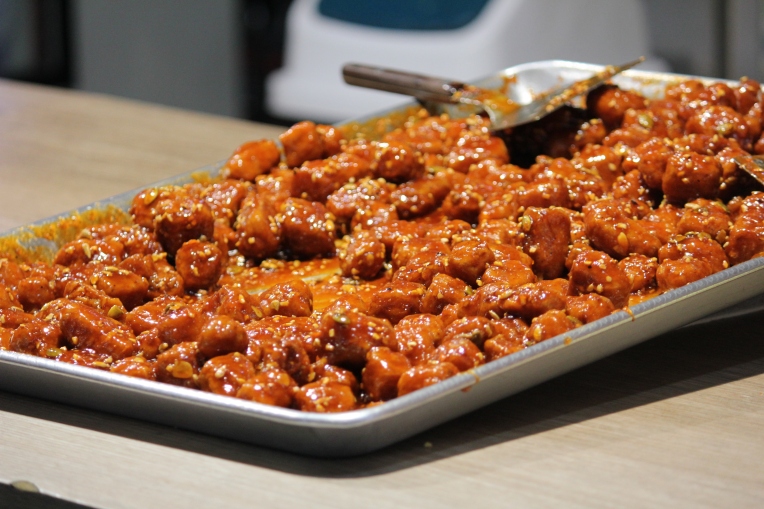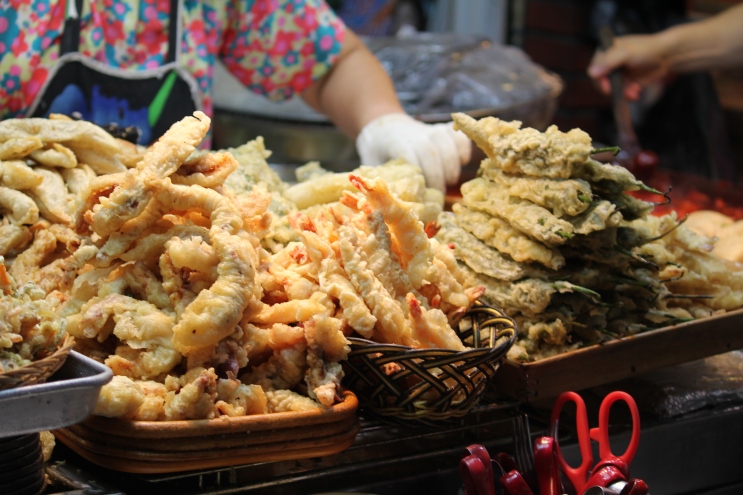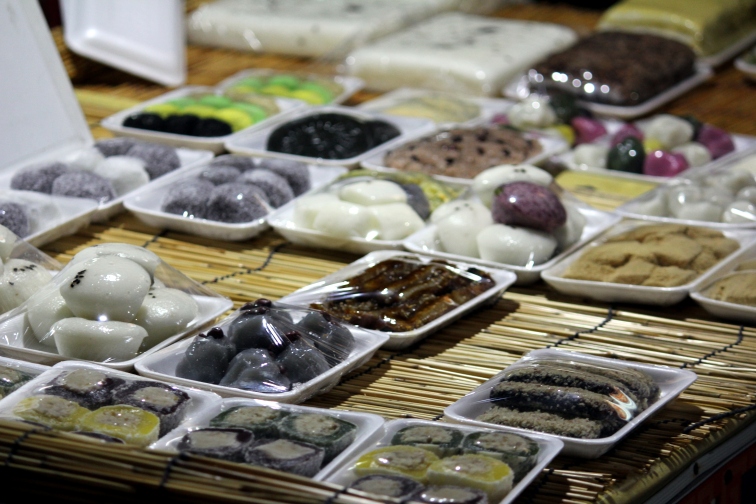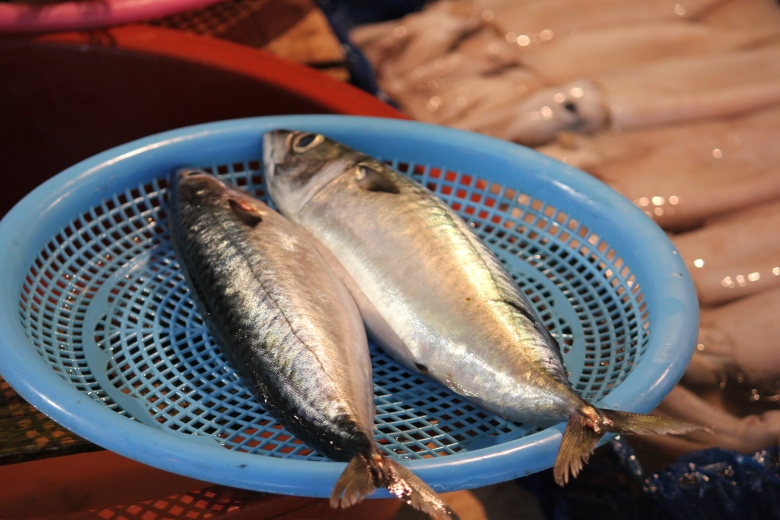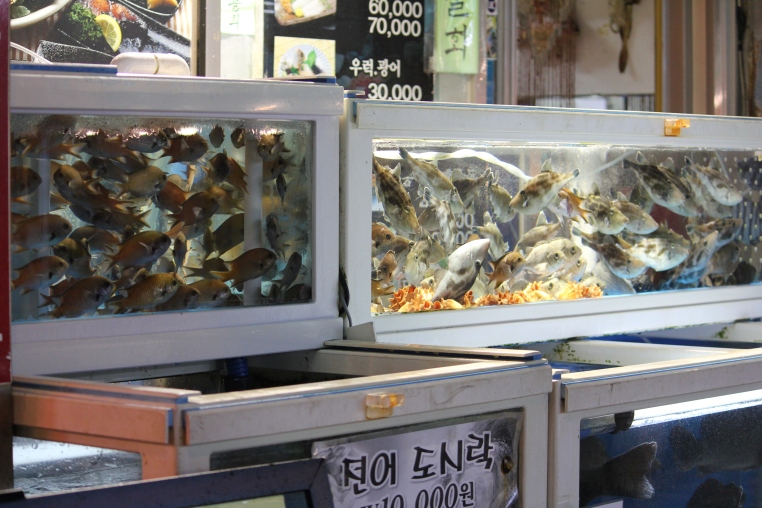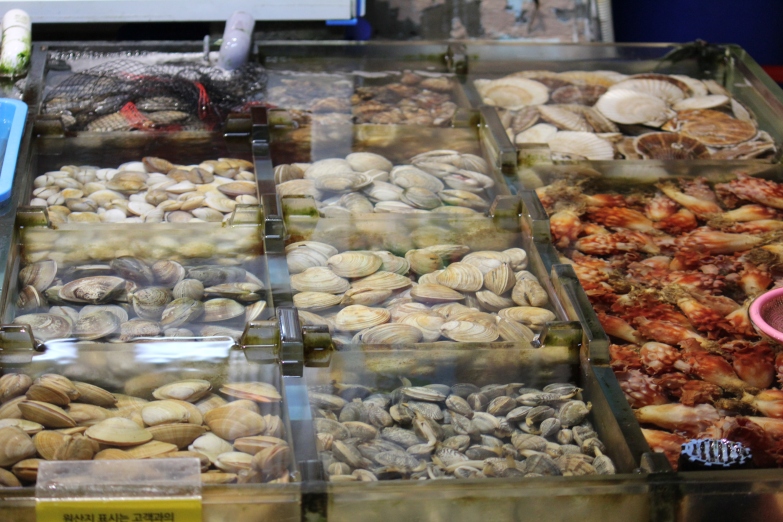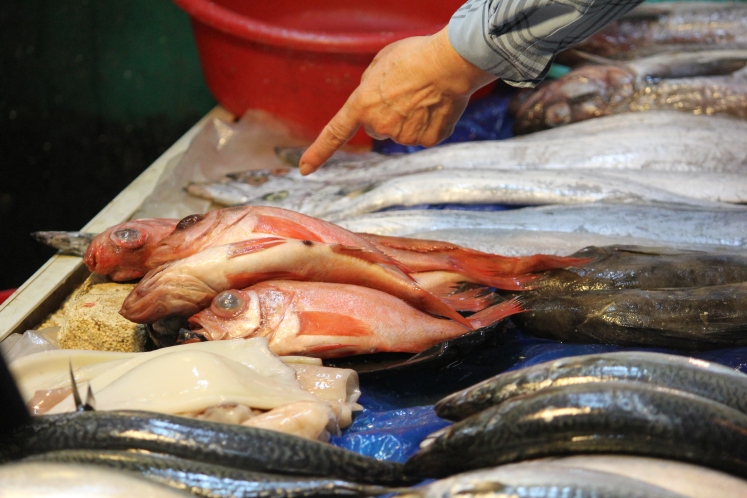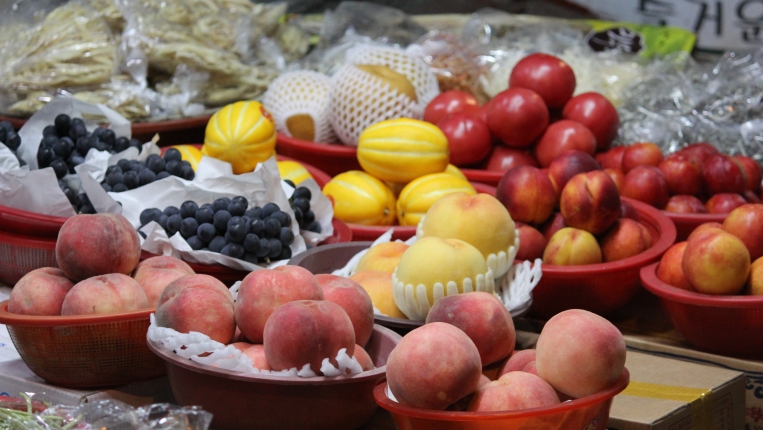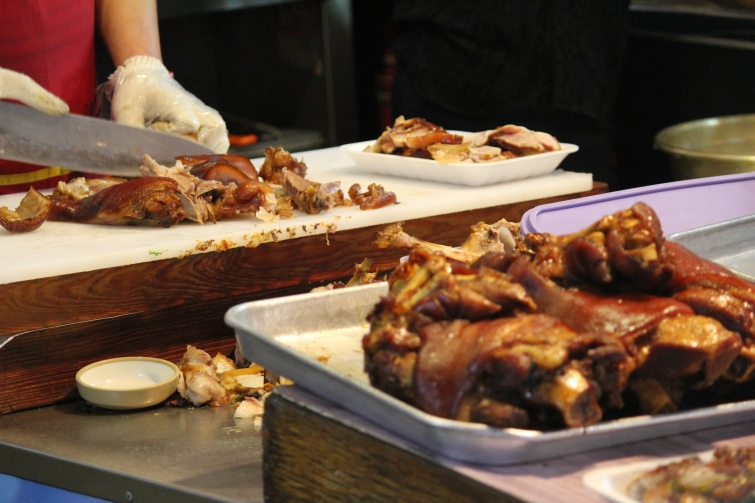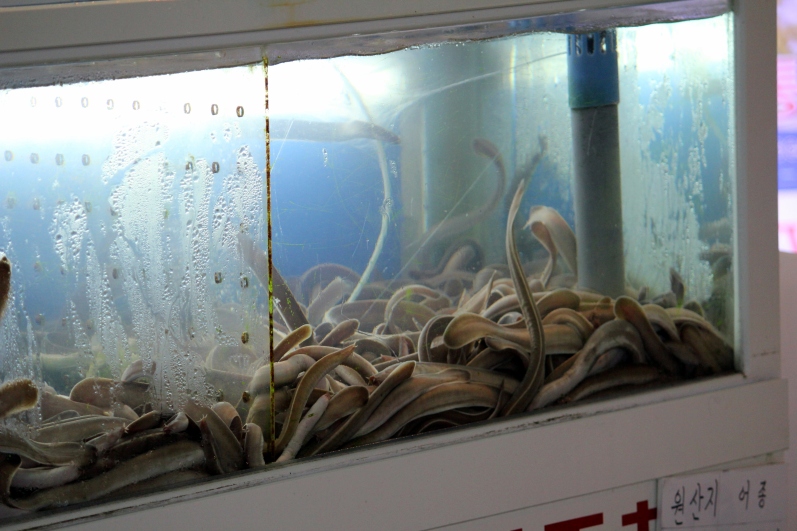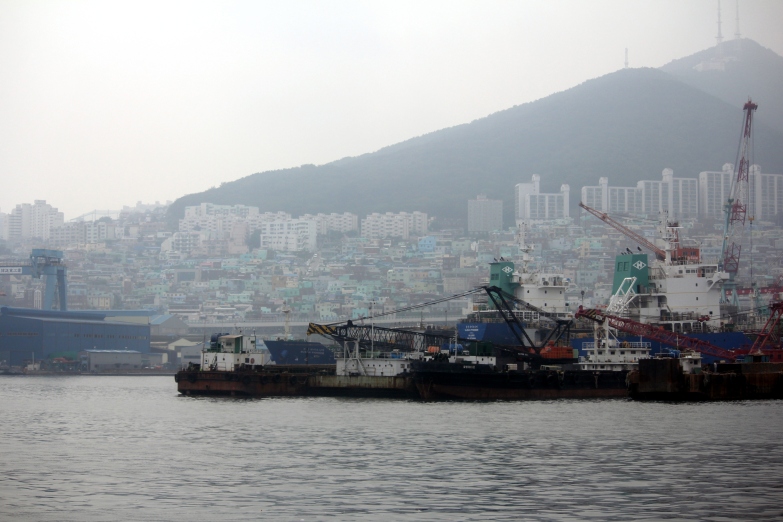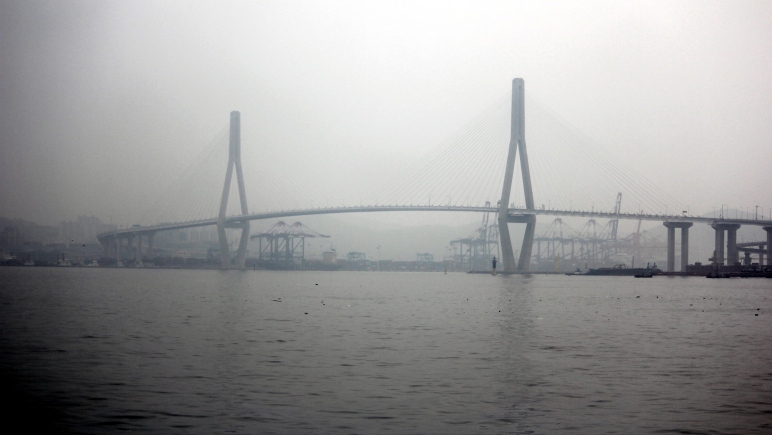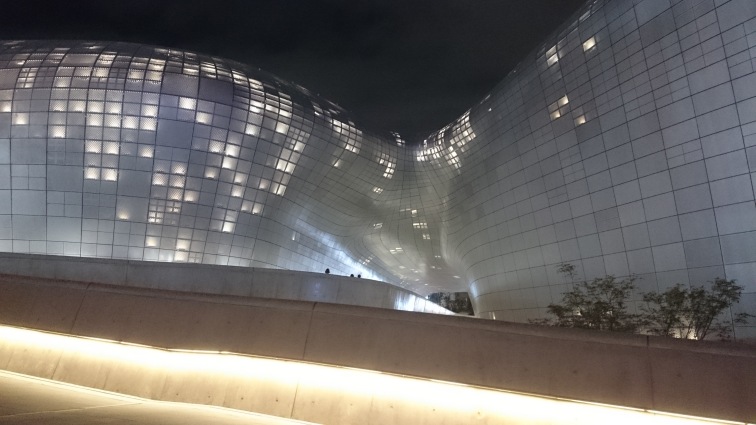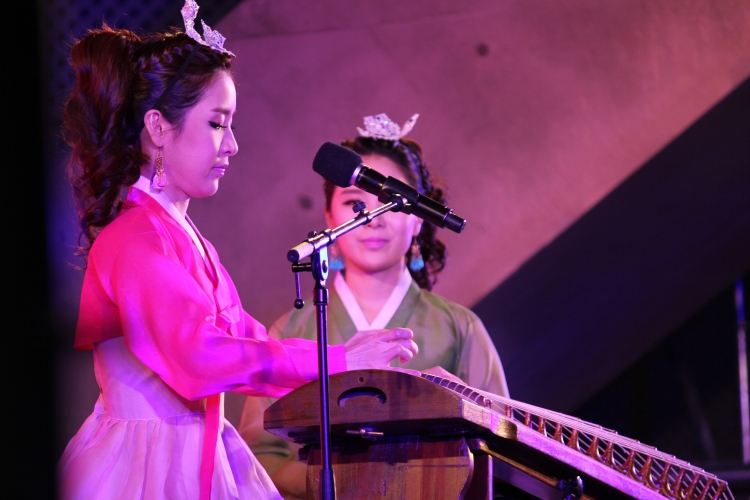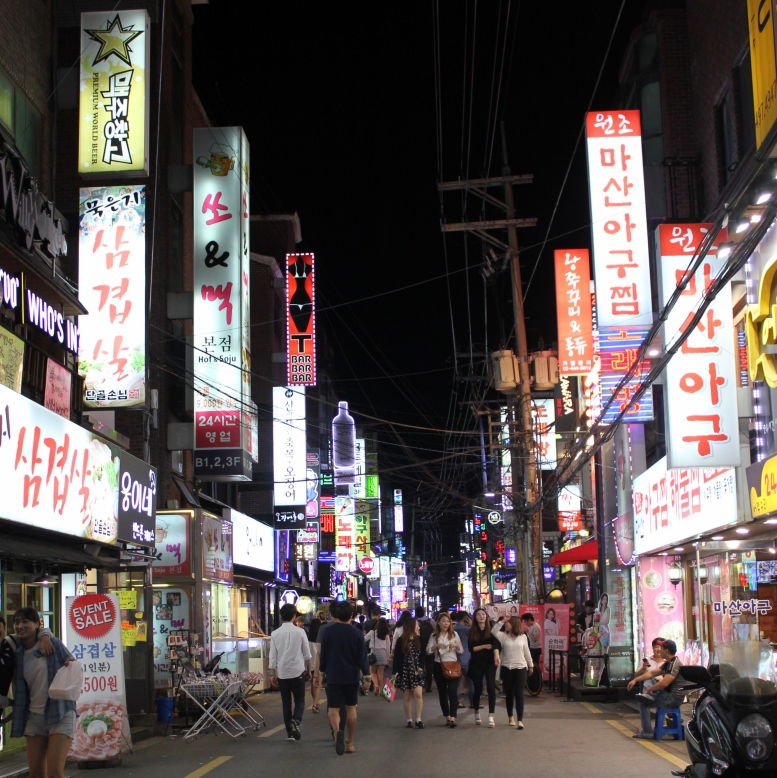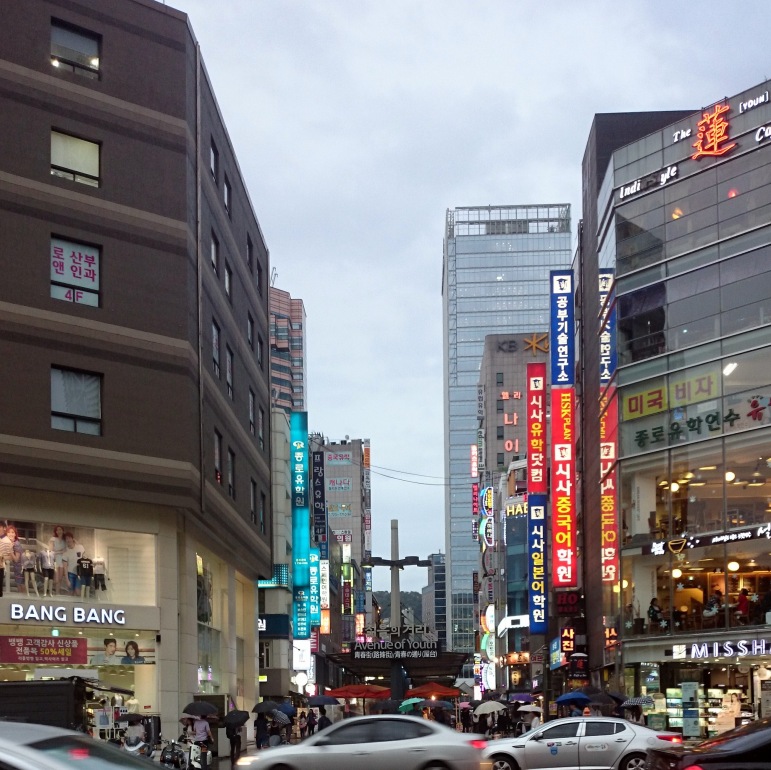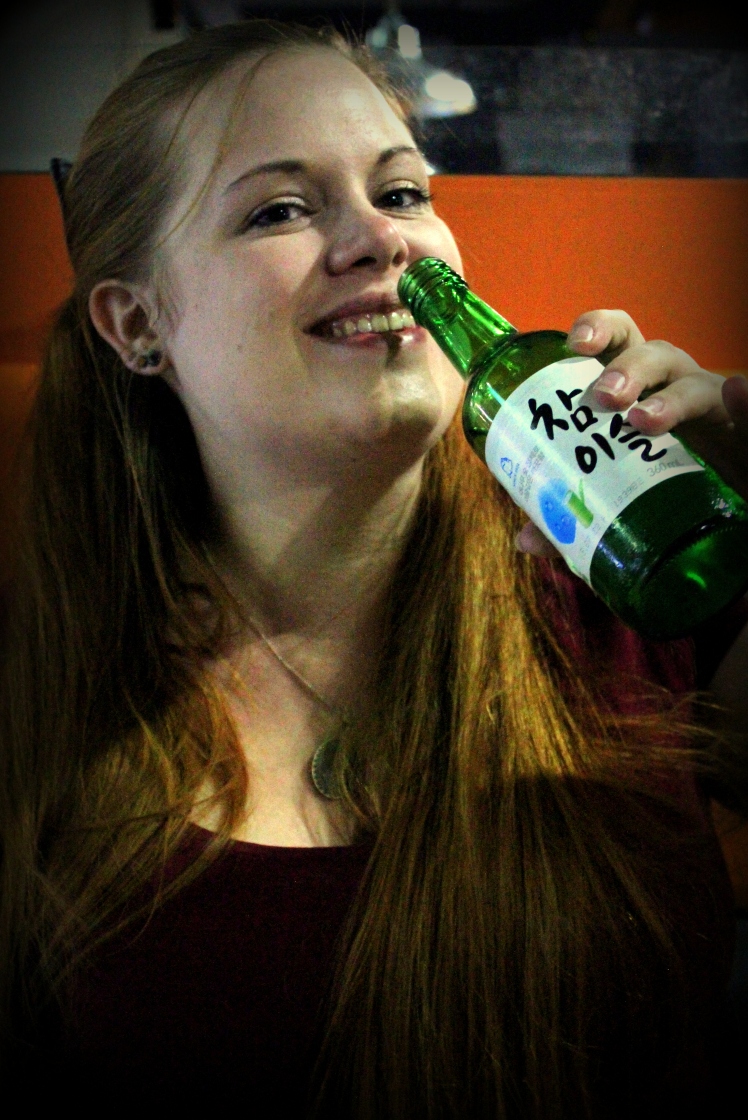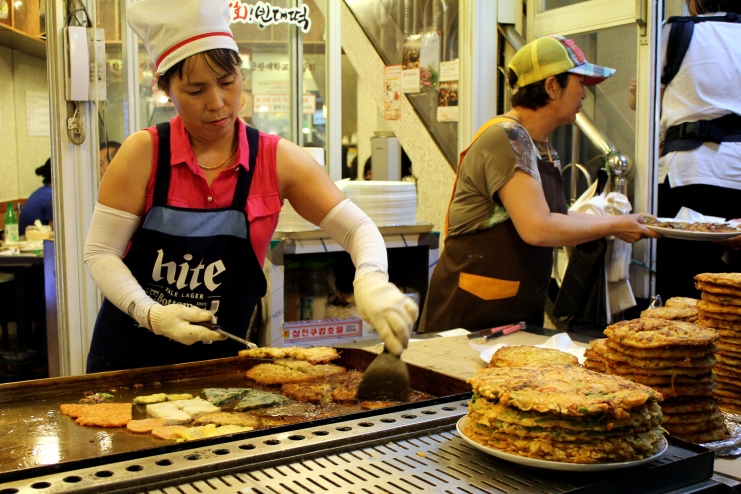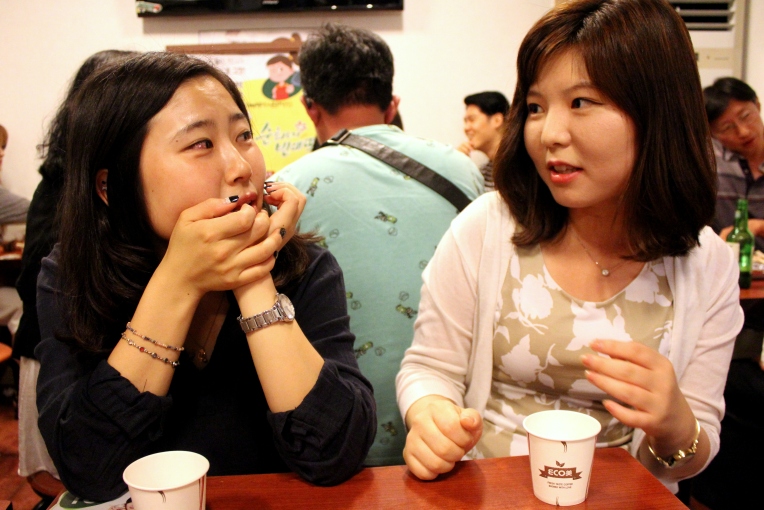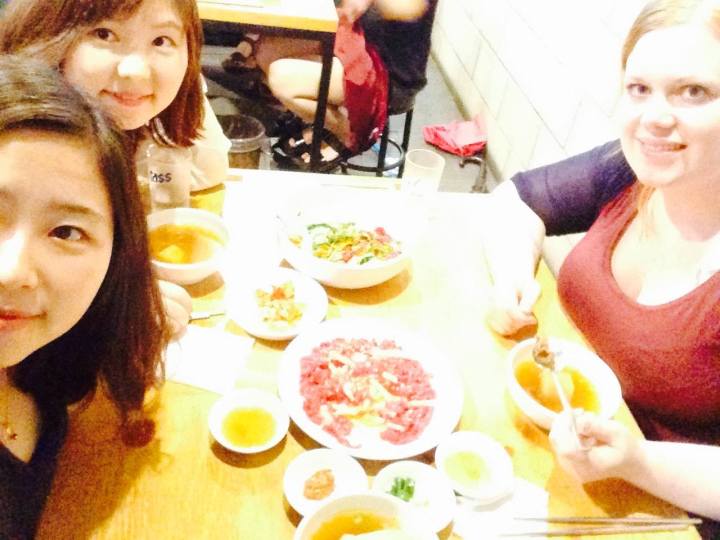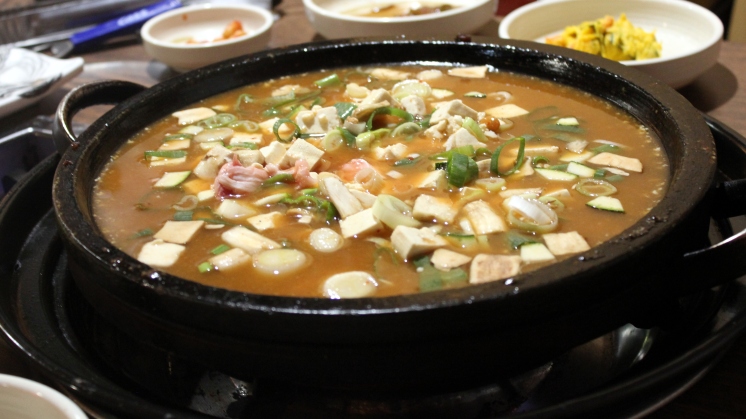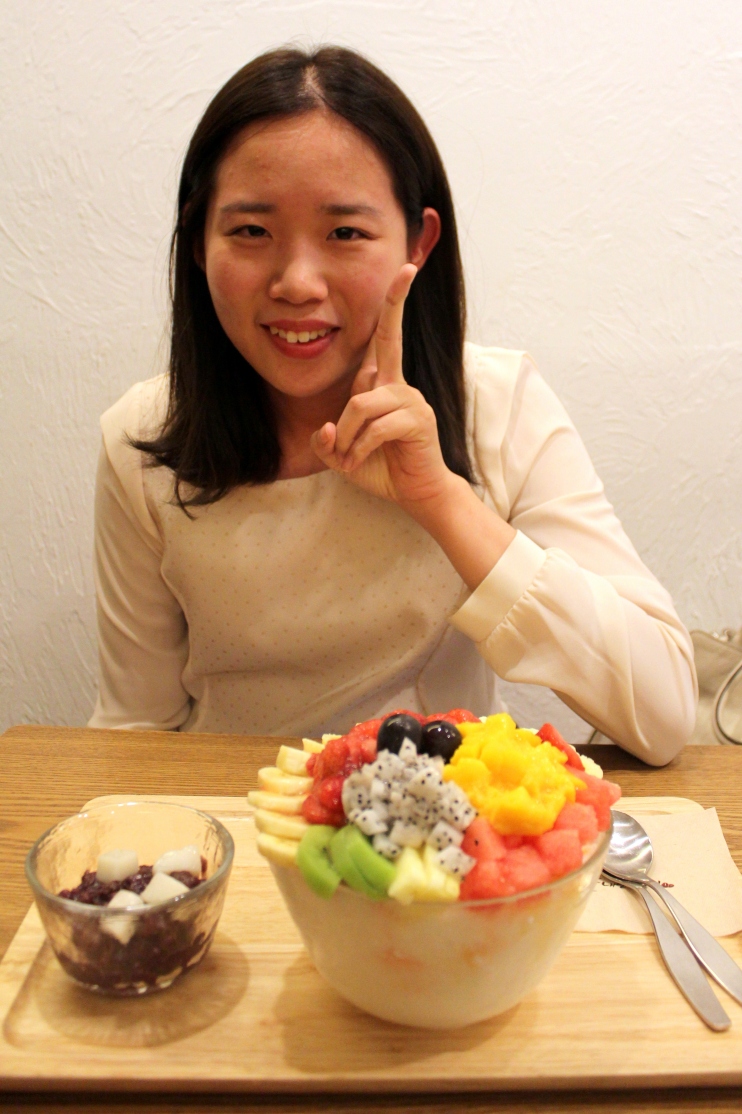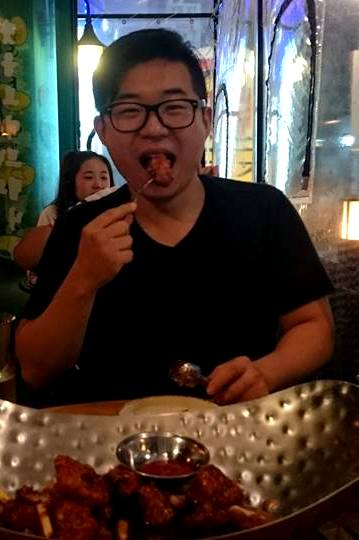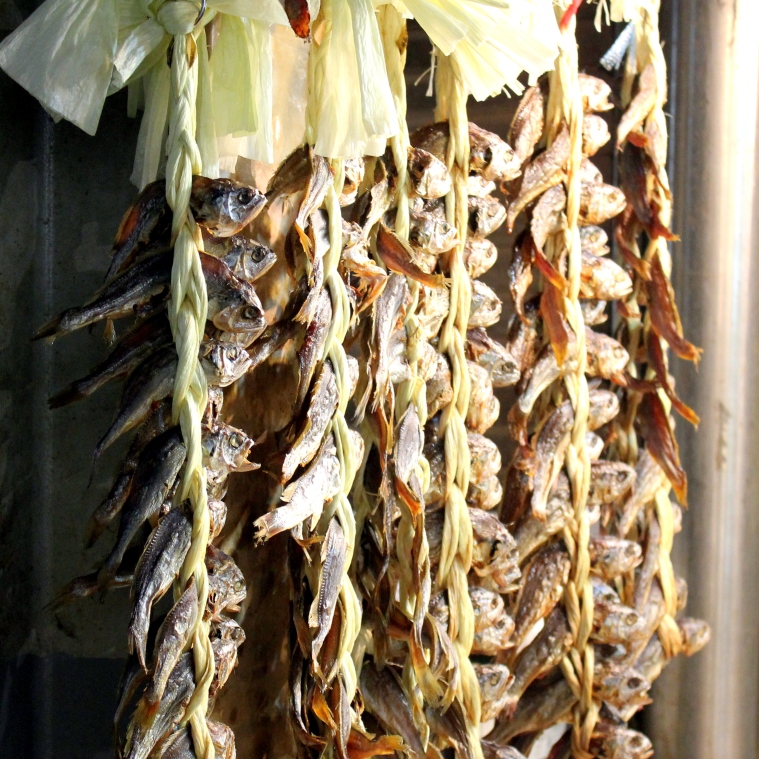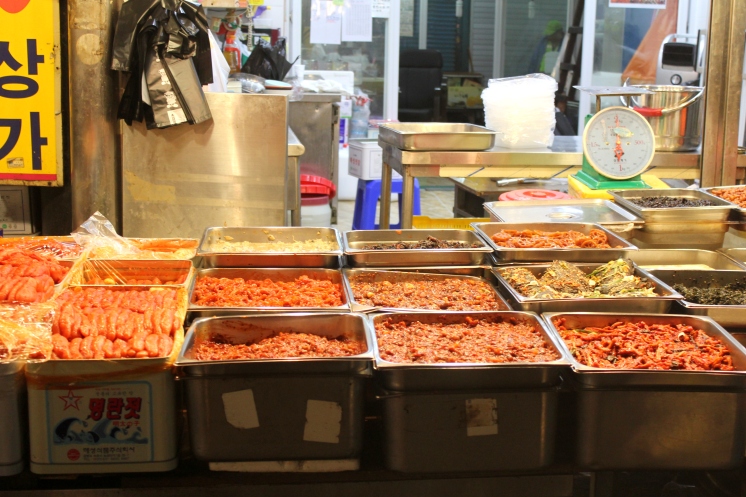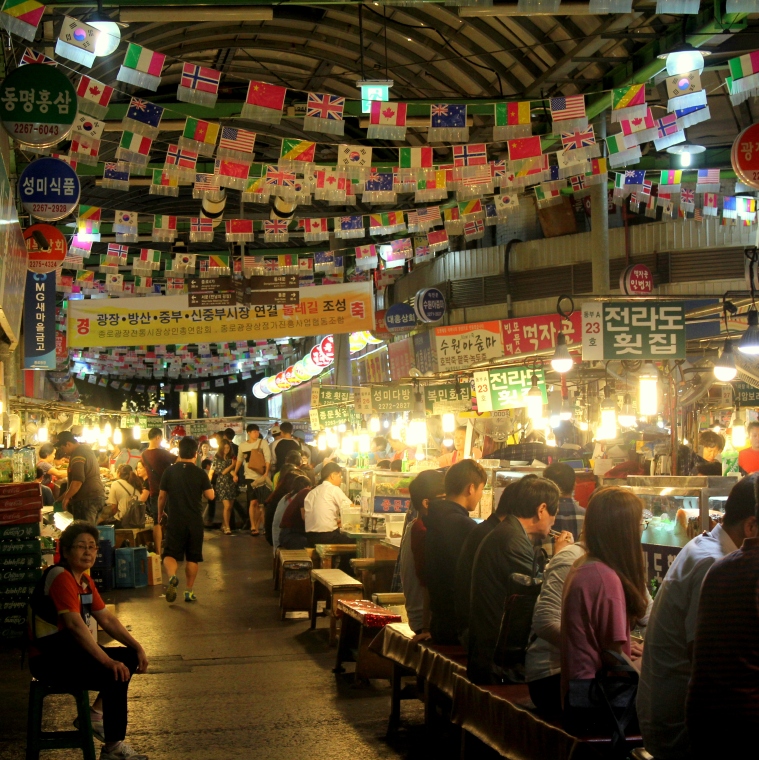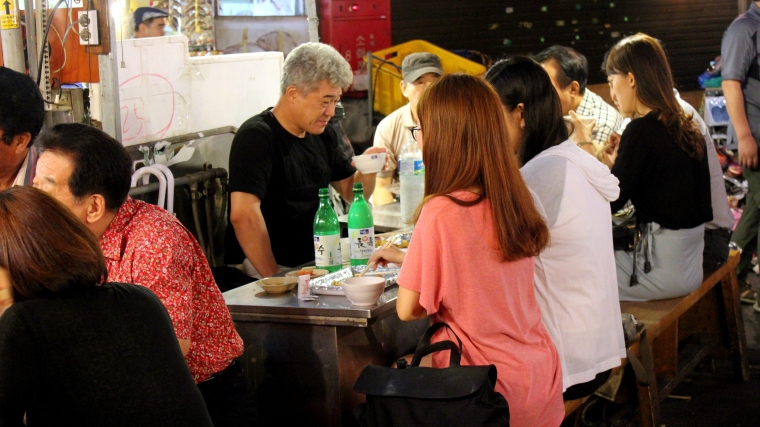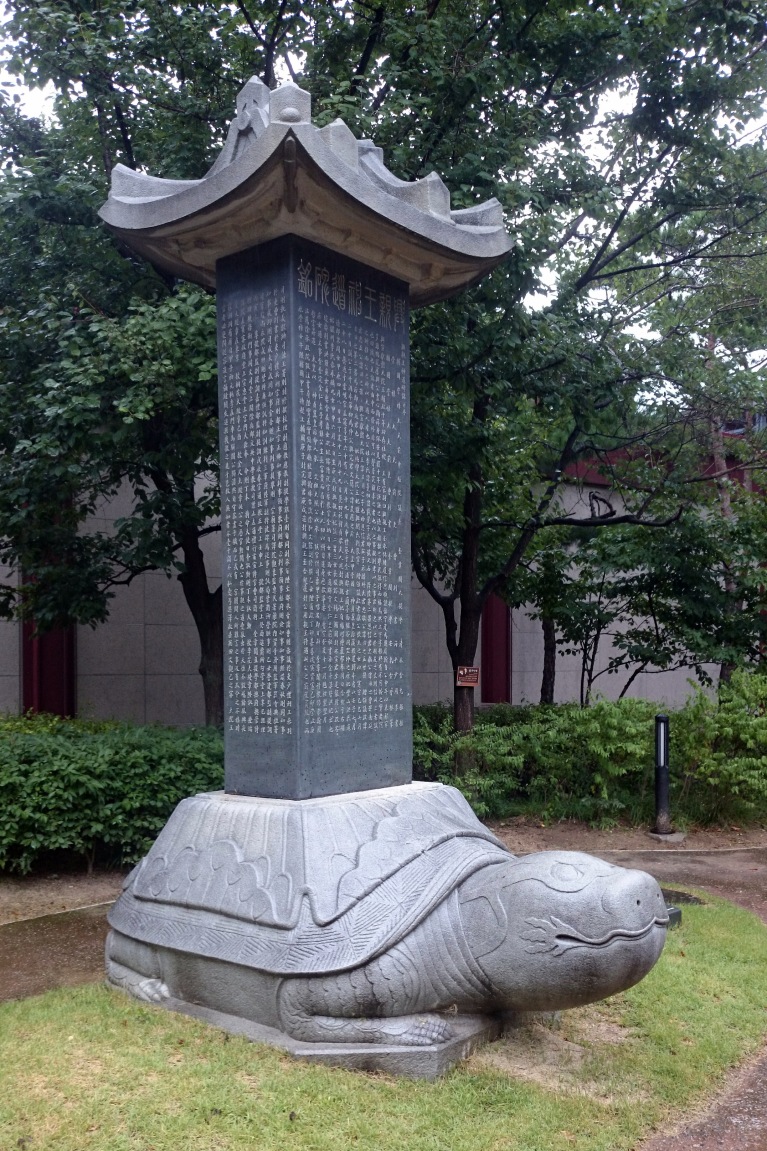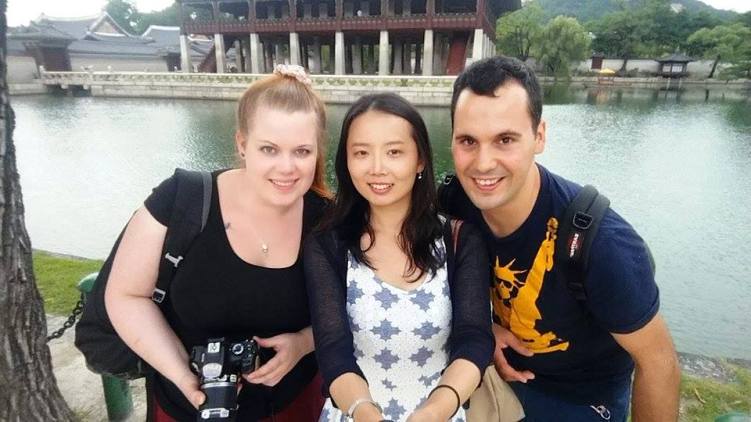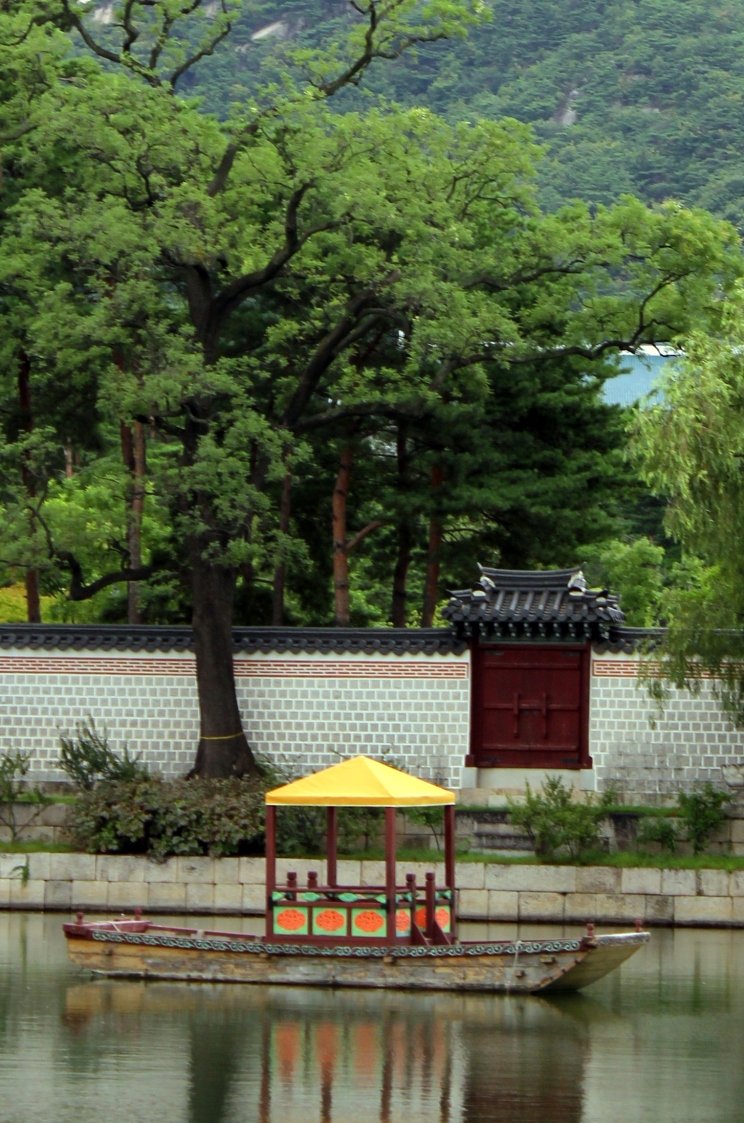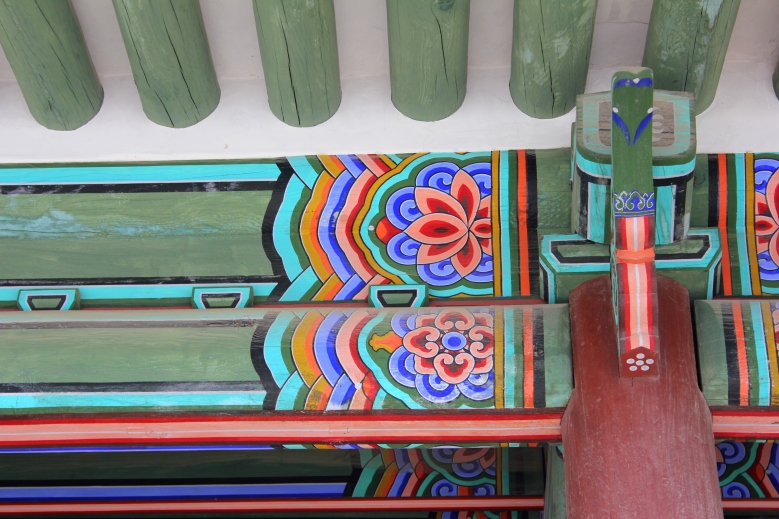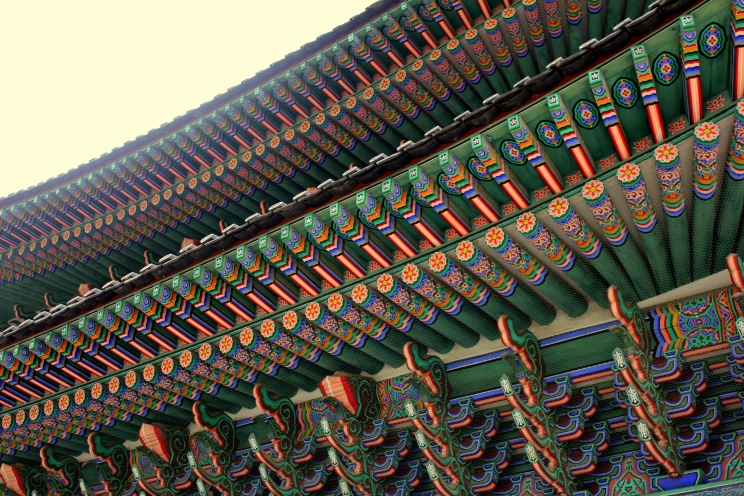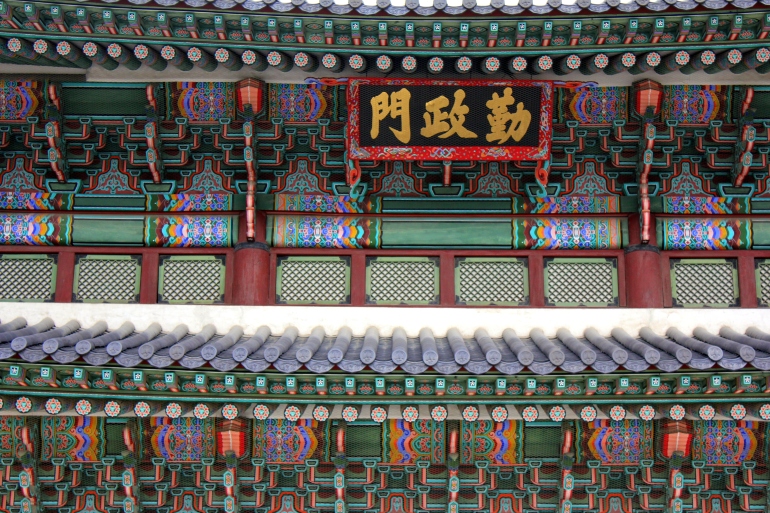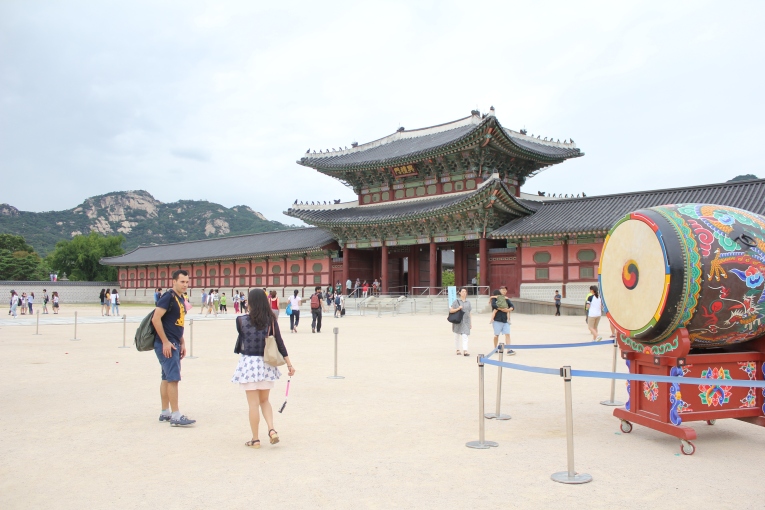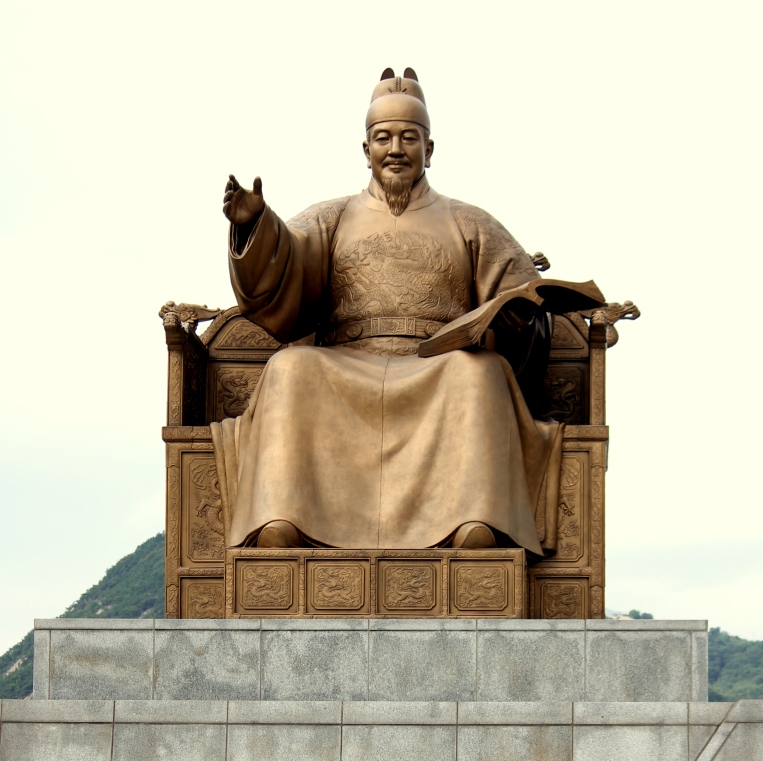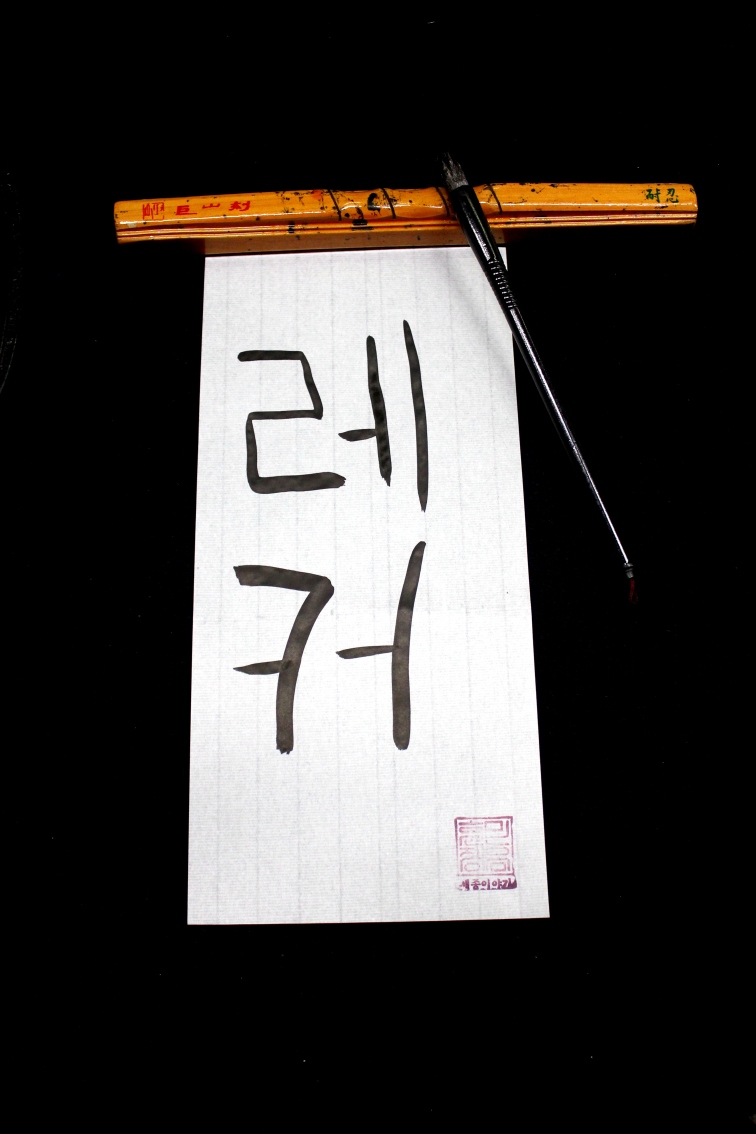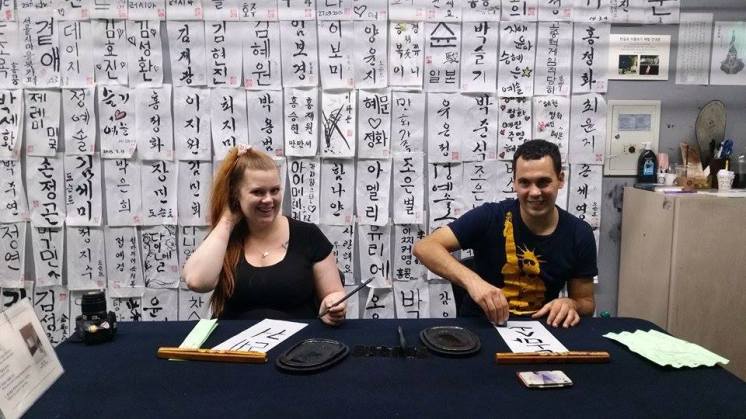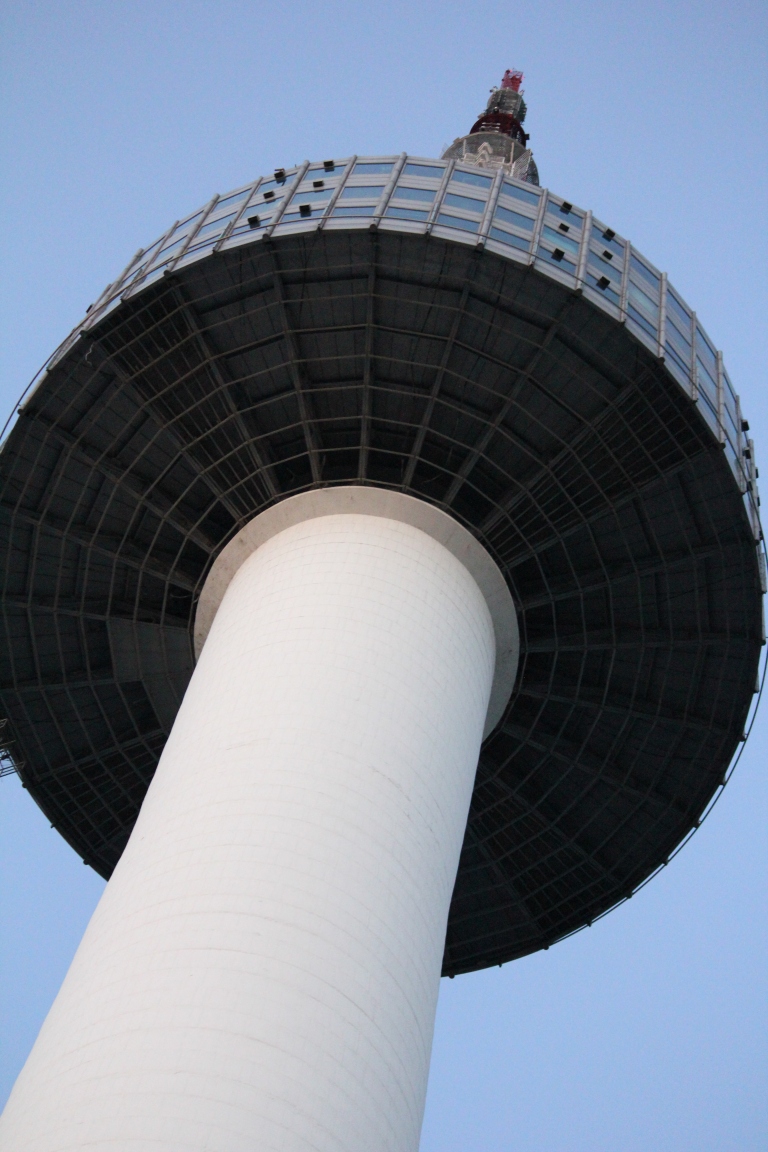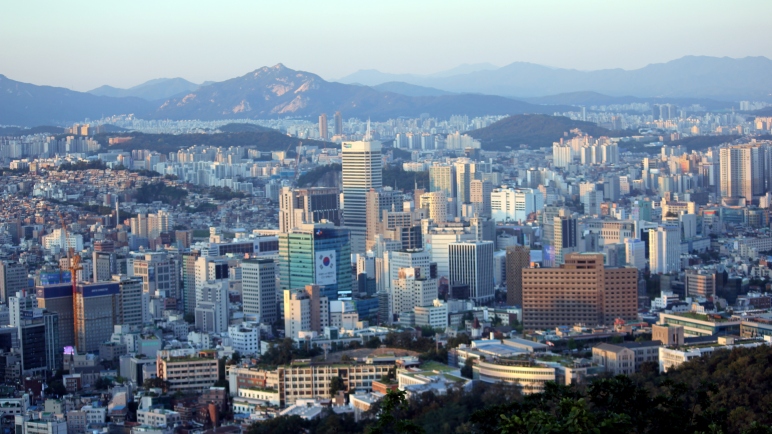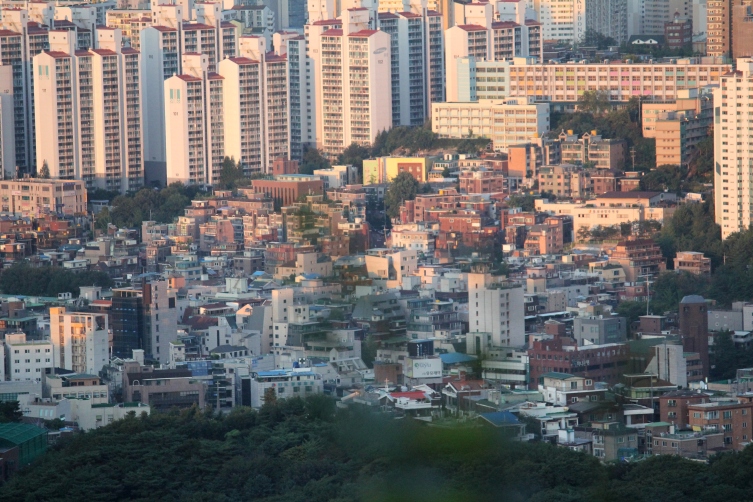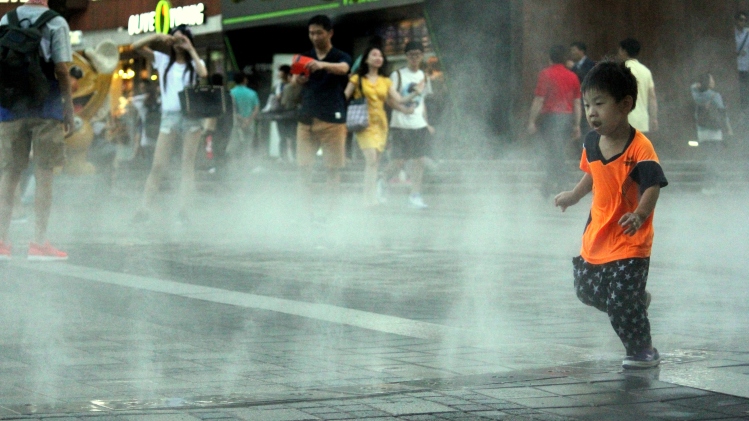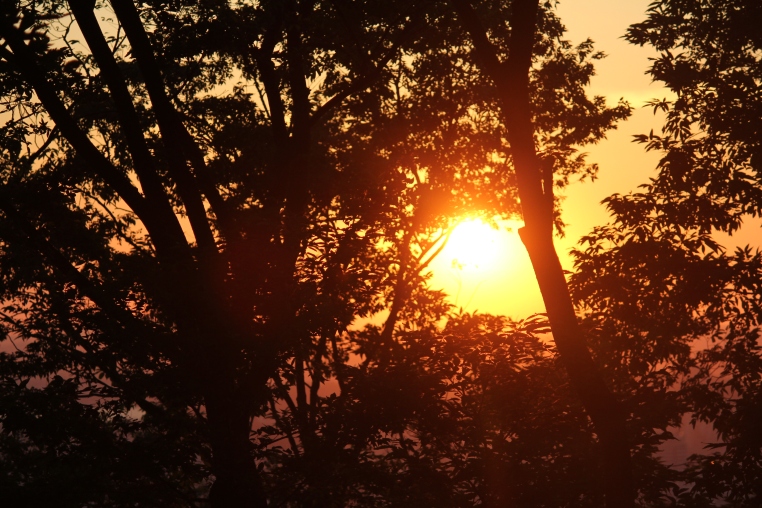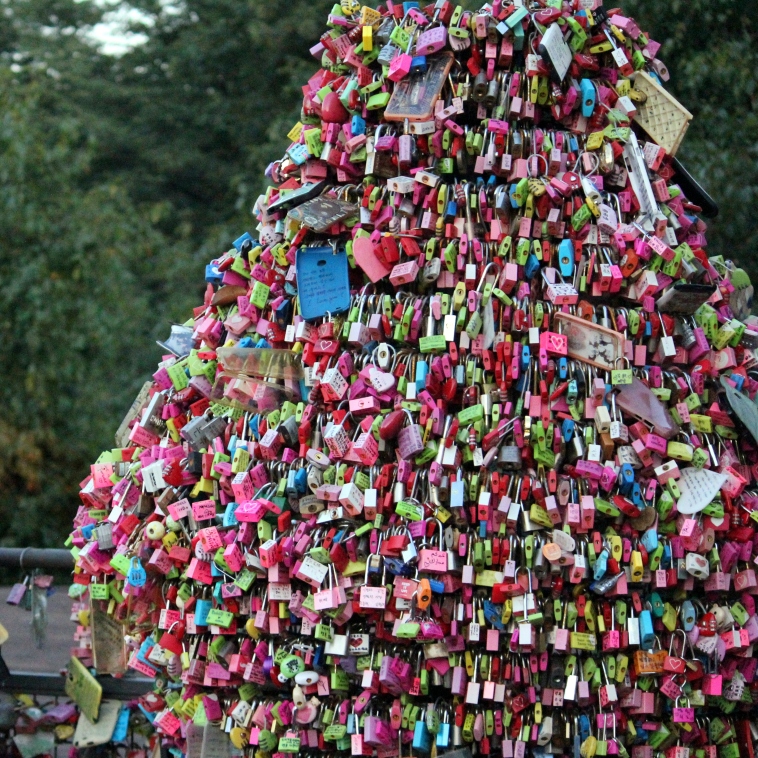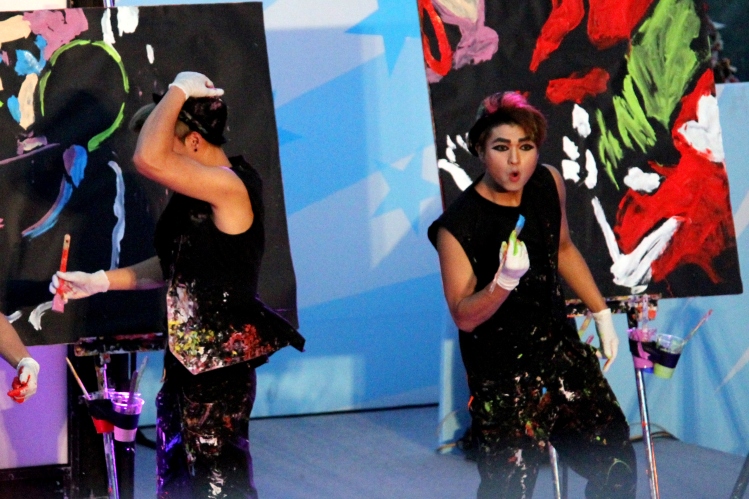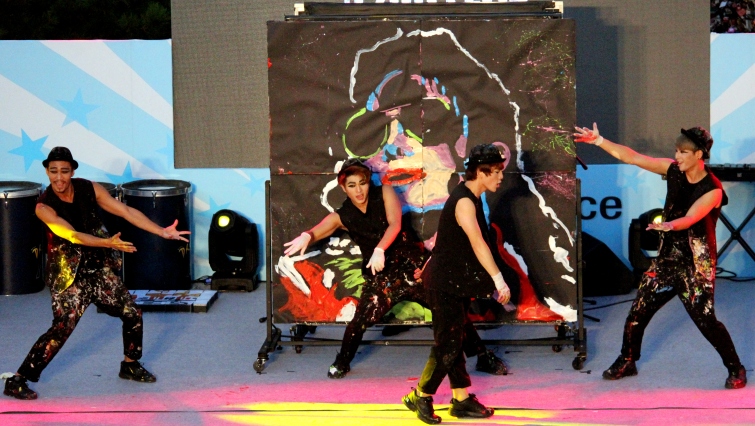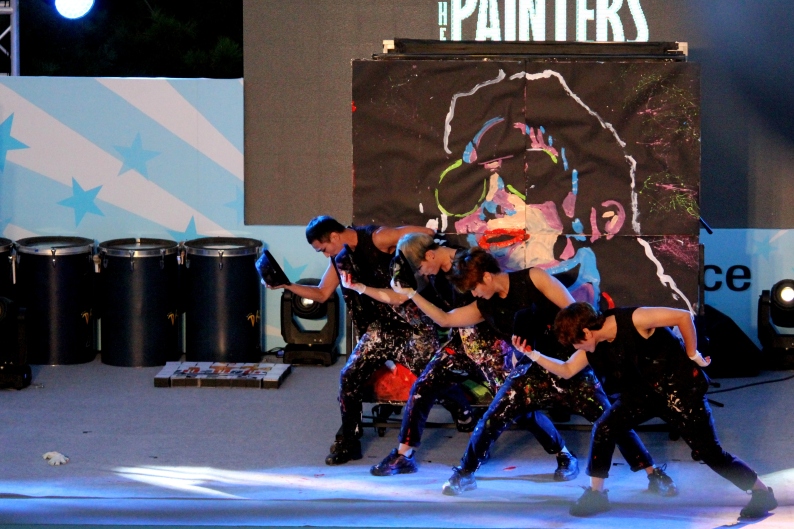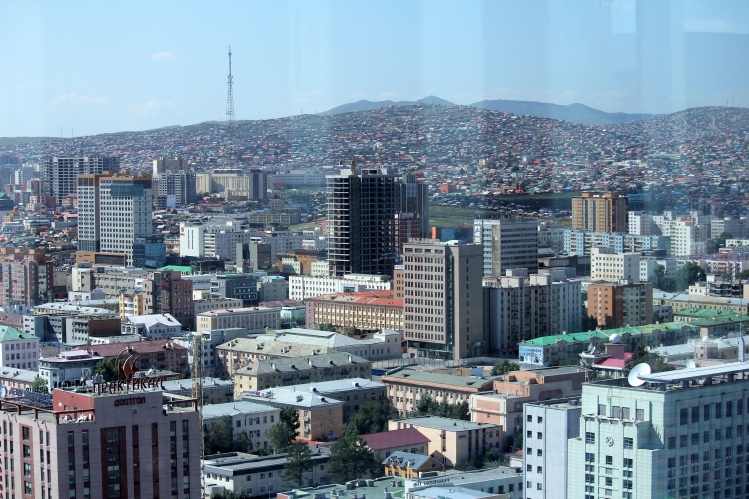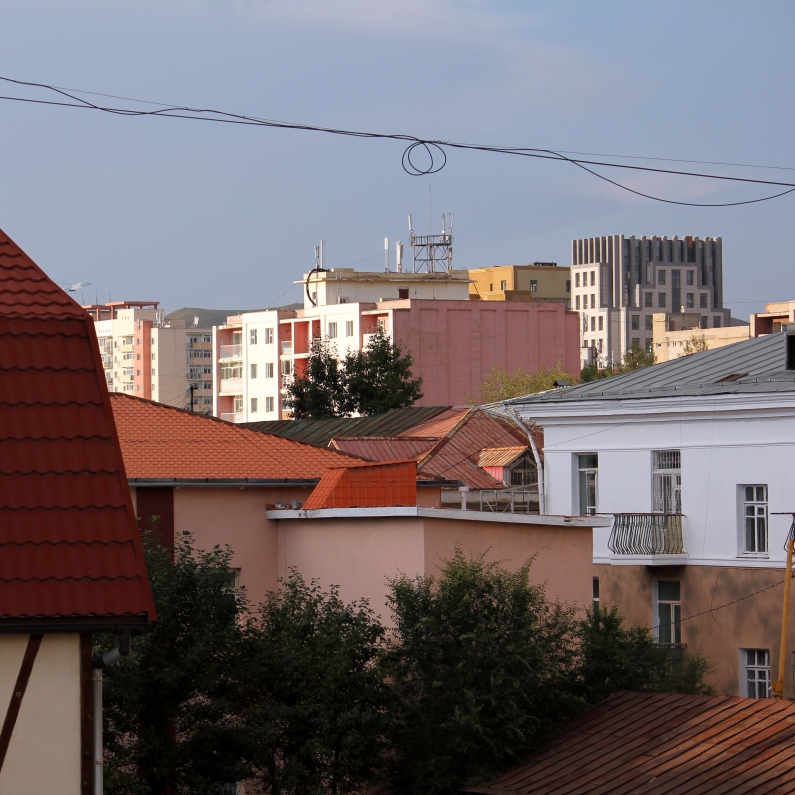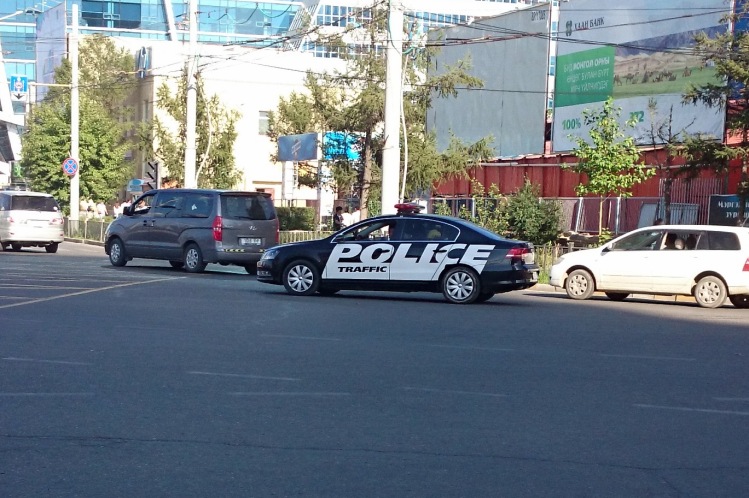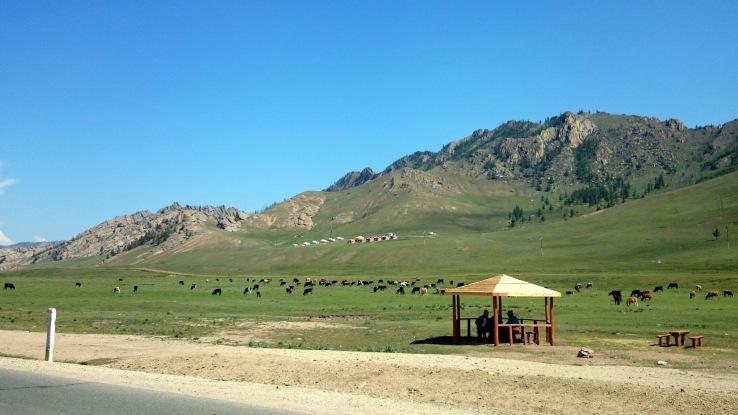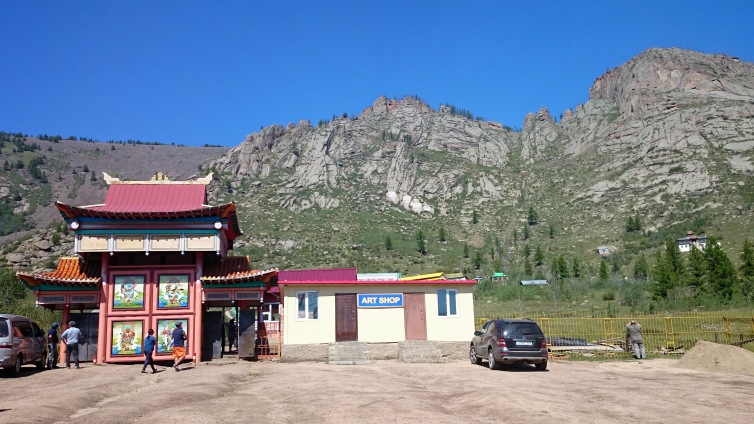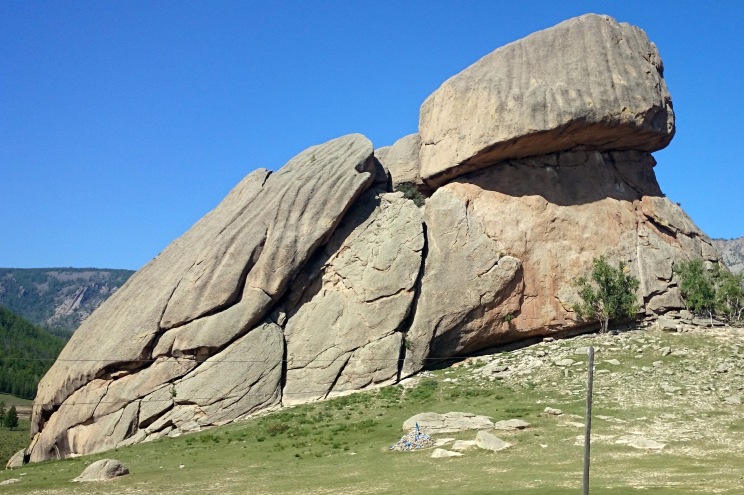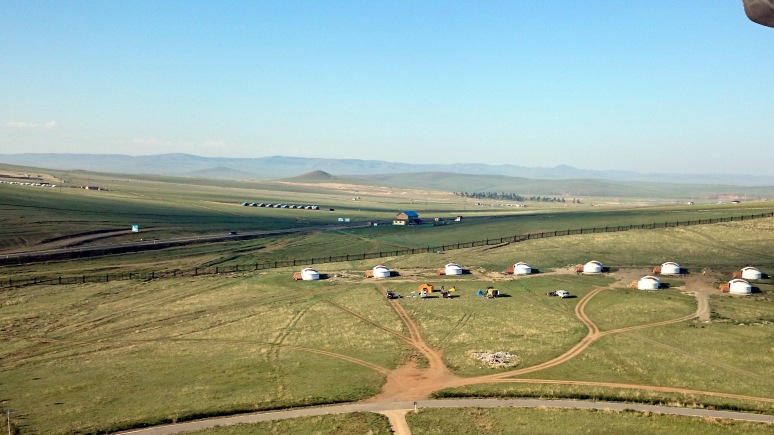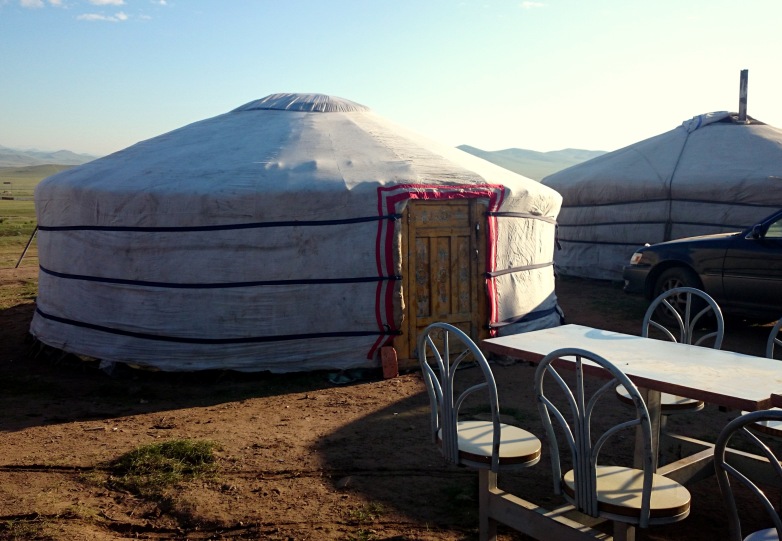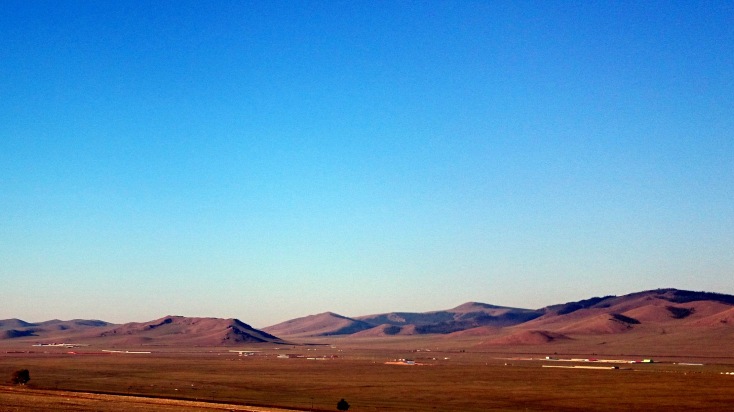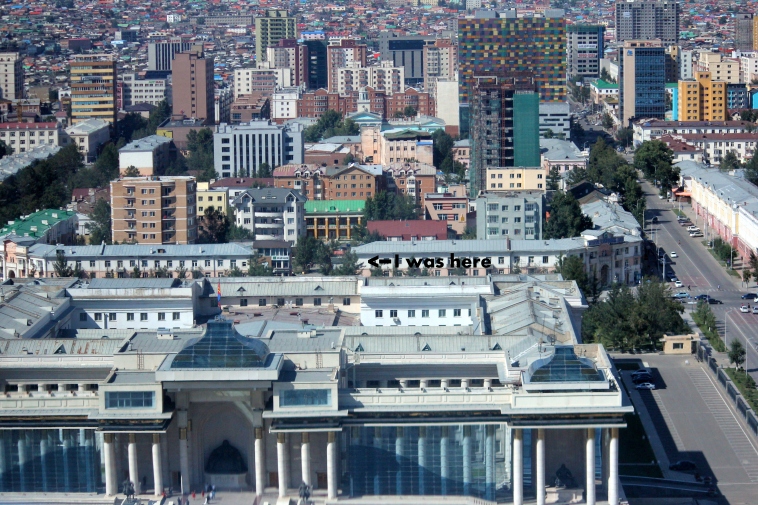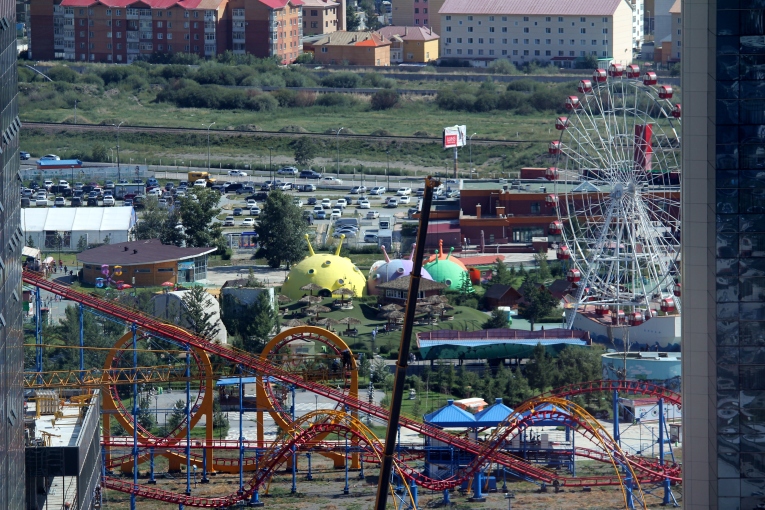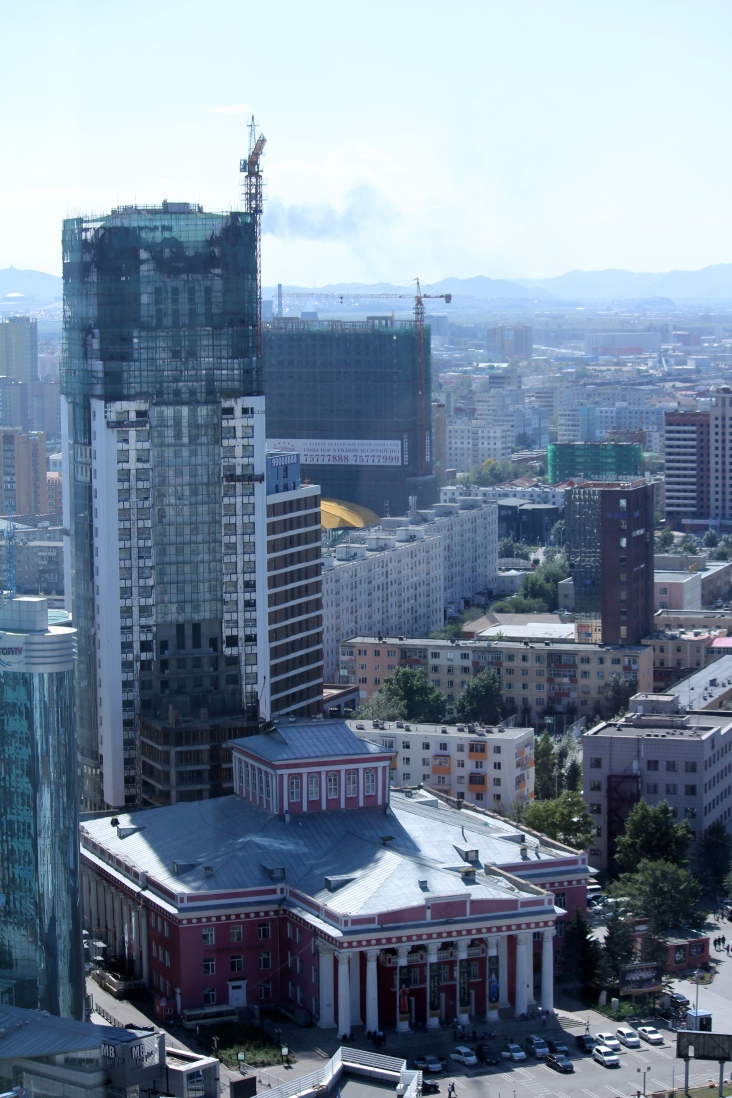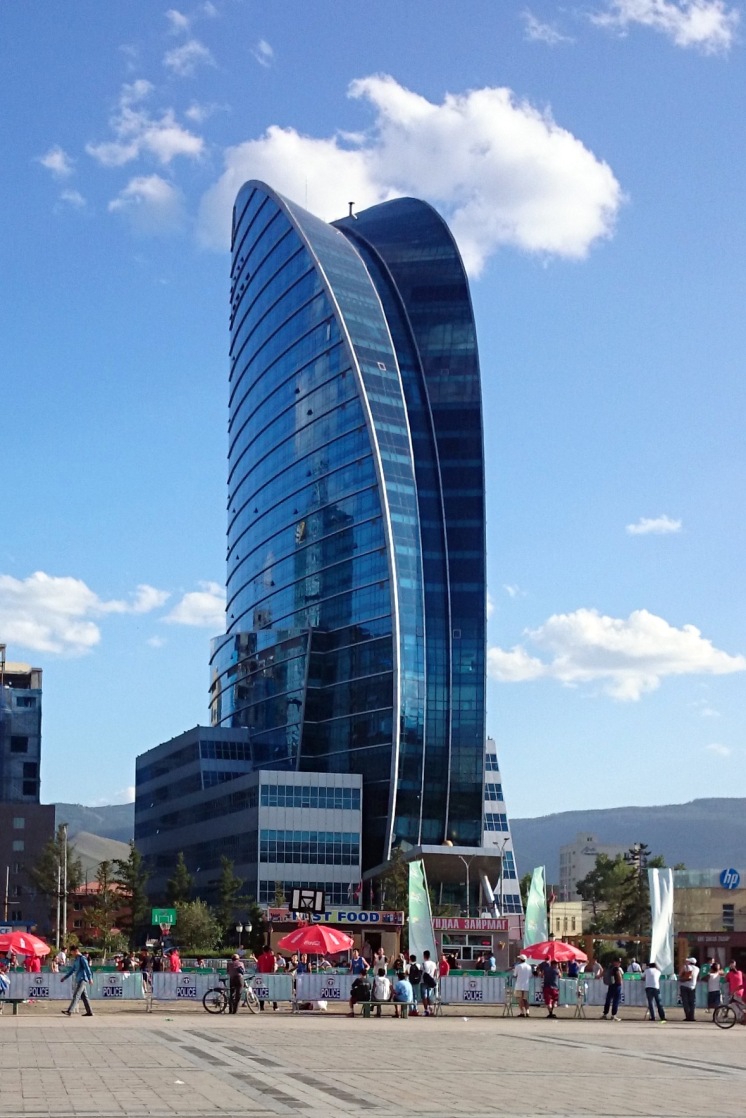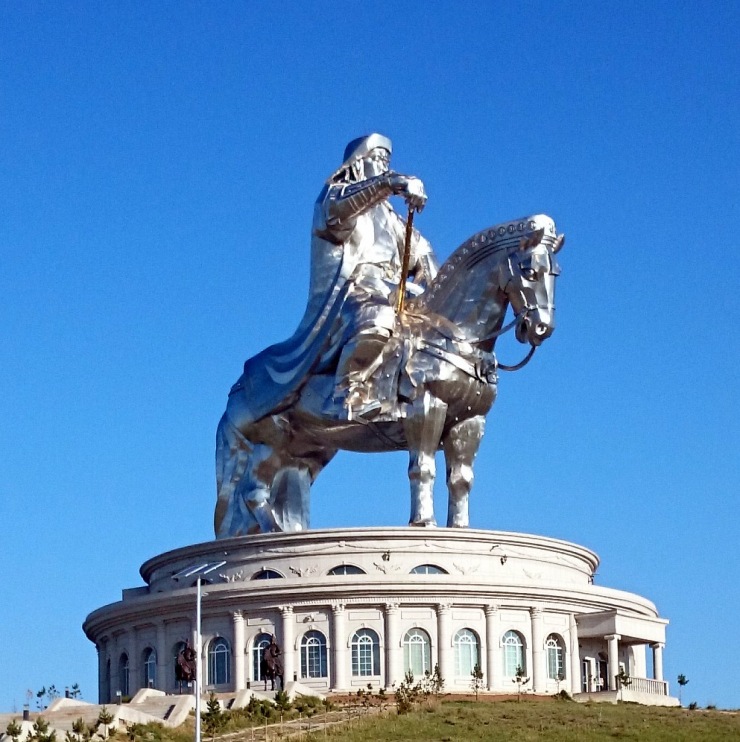I don’t even know where to start… so many new flavours! Here’s just an excerpt of all the new things I got to try!
Yuzu
My new favourite fruit. Yuzu is an Asian citrus fruit, sometimes also known as Japanese lemon. A kind of bitter lemon, it is very famous in Japan and there are lots of sweets with yuzu flavour. Yuzu, I swear to God, Japan has made me fall in love once again.
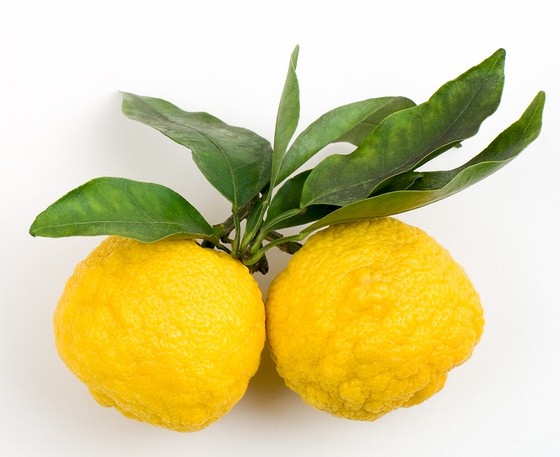
Mochi
Mochi are sticky rice cakes with a filling, most famously red bean filling, called anka. Sticky, sweet and very flavoursome, it is hard to eat more than one but equally hard to stop eating them.
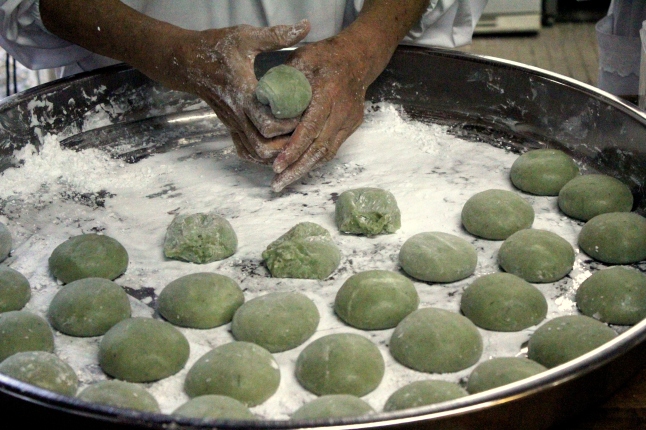
Tako-yaki
Little balls made of dough, octopus and a few veg in a waffle-iron-like baking device, quite similar to a donut maker. Delicious!
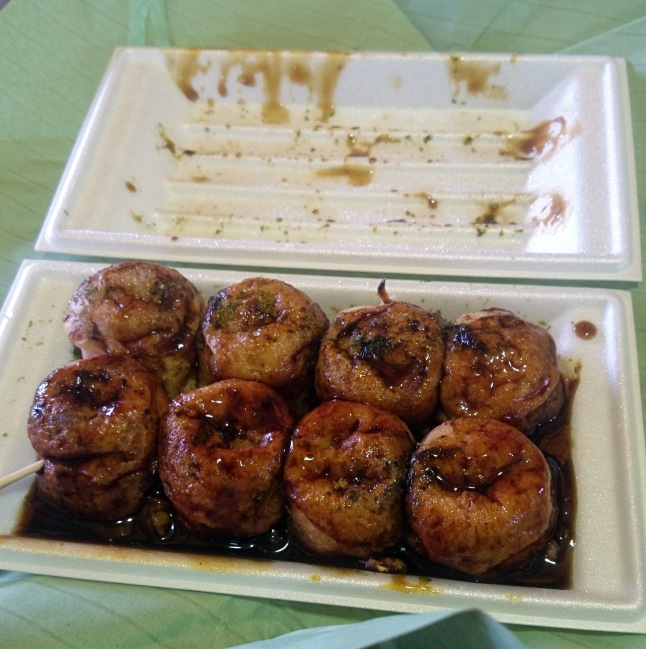
Imagawayaki
Made in a very similar device as tako-yaki, just with bigger openings and coin shaped rather than like balls, imagawayaki are sweet cakes with anka (red bean) filling. Even though Japanese cuisine is not known for sweet dishes, the few that they have seem to be very sweet!
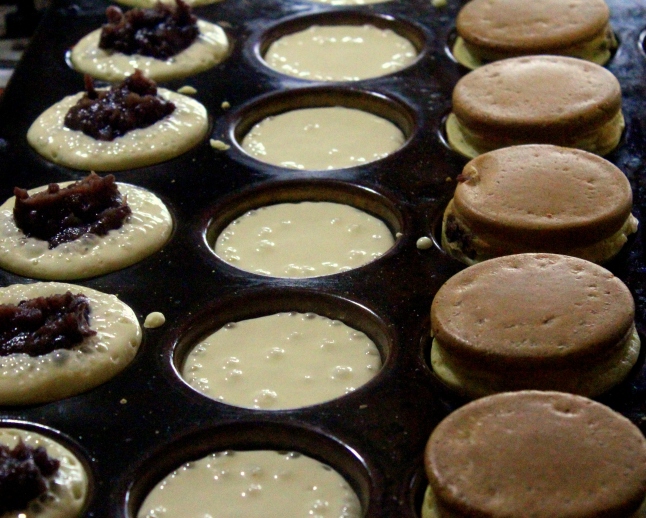
Miso Soup
Probably one of Japan’s most famous cuisines it is eaten by many Japanese people as an appetizer to their main meal of the day. It is a rather salty soup, consisting of stock and miso paste as well as a variety of local or seasonal vegetables, tofu and other processed bean products.

Tsukemono
Tsukemono or pickles, vegetables or fruits made to last by preserving them in vinegar and lots of salt, are well known in many cultures. Yet the sour pickles I tried in Japan were far from what I had tasted indifferent European and Northern Asian countries. Tsukemono are an important part of a Japanese meal, without the sour side dish it wouldn’t be complete. They are also often served as snacks.
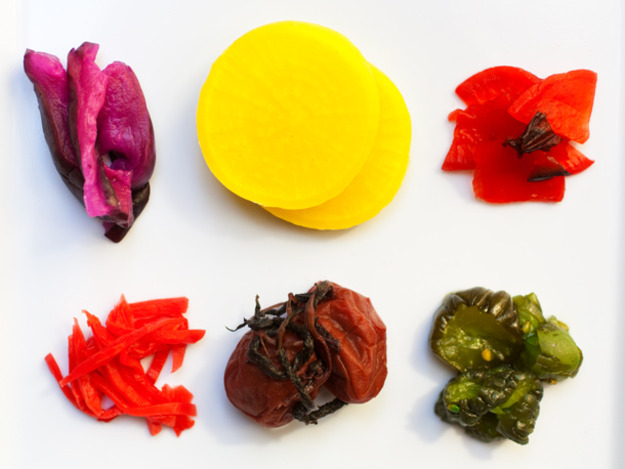
Shiso
An often-used Japanese herb, my hosts in Okayama grew shiso and used the leaves in salads, stir-fry and even as an ingredient for their homemade sweets.
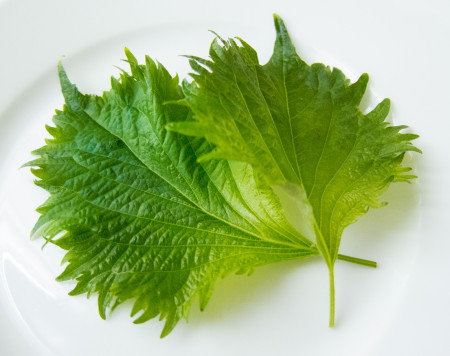
Myoga
Myoga are flower buds used to add flavour to a variety of Japanese dishes with a distinct, pleasant taste not comparable to anything I have ever tried before. Upon enquiry my hosts simply explained they were a kind of herb. I found out later that that Myoga is known as Japanese Ginger in English, however it is rarely used outside Japan and judging from the taste I wouldn’t have made a connection with the ginger root familiar to us in Europe.

Goya
Goya, also called Bitter Melon in English, looks more like a cucumber variety than a melon. Widely used in South and East Asian cuisine, it turns very bitter when it ripens.
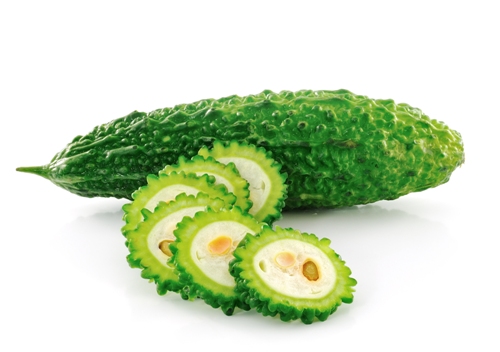
Momiji Manju
A Hiroshima speciality, these are little cakes filled with anka (red bean paste), cream, chocolate or green tea filling.

Kibi Dango
A speciality of the Okayama province, these are sweet dumplings originally made from millet but these days glutinous rice is more common. Very similar to mochi.

Soba Cha
A slightly bitter tea made from buckwheat is prepared in advance, left to steep over night and drunk cold. Some people swear on it as a natural weight loss agent.

Pione Budo
A dark grape variety, pione are large, sweet and almost seedless. My hosts in Okayama grow them on their farm and I was lucky enough to stay with them during pione season, so that we had them as treats every day.
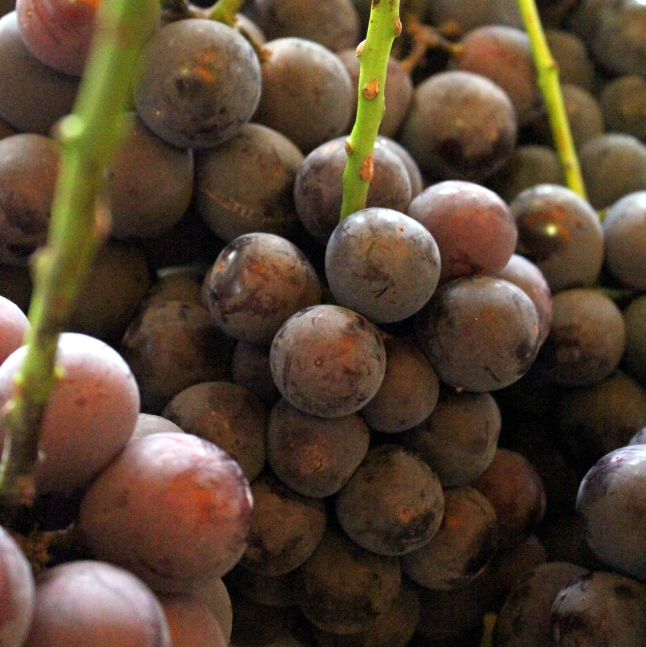
Kare Pan
I bought my first kare pan in a convenience store thinking it was a sweet pastry like I was used to from Europe. Boy, was I in for a surprise! Kare pan are deep fried buns with a curry filling.
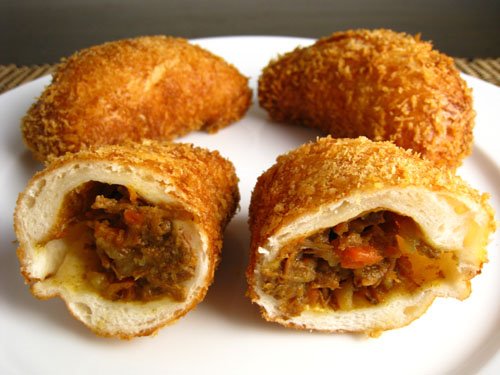
Meron Pan
Also known as melon bun, these are sweet buns with a sugar crust and apparently melon flavour – I couldn’t detect it though.

Matcha
Probably one of the most famous items of Japanese cuisine, matcha is powdered green tea.

An-pan
Another baked good, this delicacy is filled with sweet anka, adzuki bean paste.
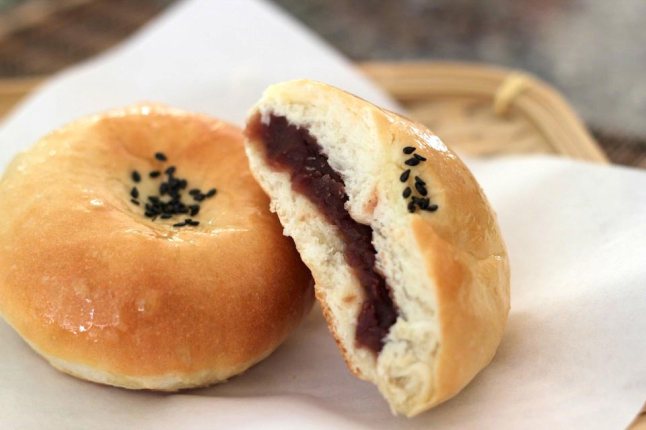
Kuro-goma
Black sesame seeds. So much more aroma than their white counterpart! They are slightly nuttier and smokier and less sweet in taste. The best processed version I have eaten was black sesame ice cream. Best ice cream flavour ever.
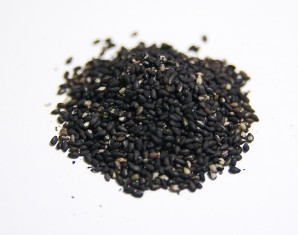
Natto
One of the weirder foods I came across, Japanese swear on its health benefits and many eat it daily. Natto is soy beans fermented with a bacterial culture which builds lots of slimy strings. It has a very strong smell and flavour, certainly not for everyone’s tastebuds.
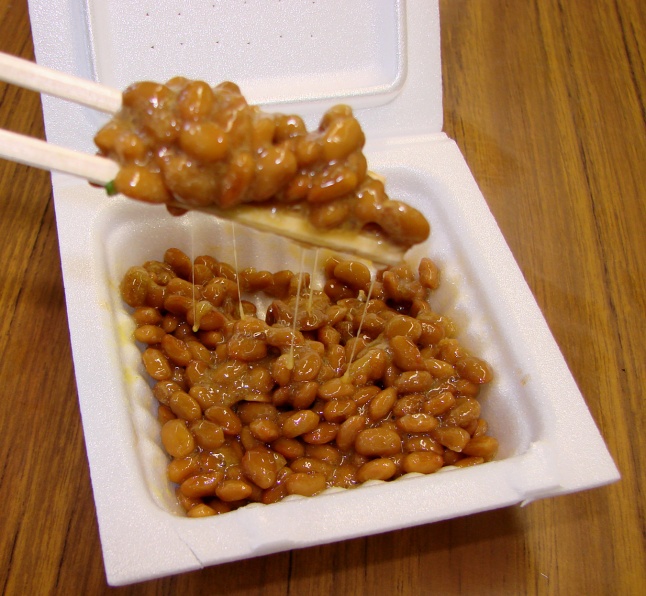
Umeboshi Plums
Traditional Japanese cuisine uses a lot of tsukemono, pickling food, as explained above. One kind that we had a lot of in my host family is plums, pickled in lots of salt and vinegar. Another surprise for my European palette which would have expected plums to be sweet!
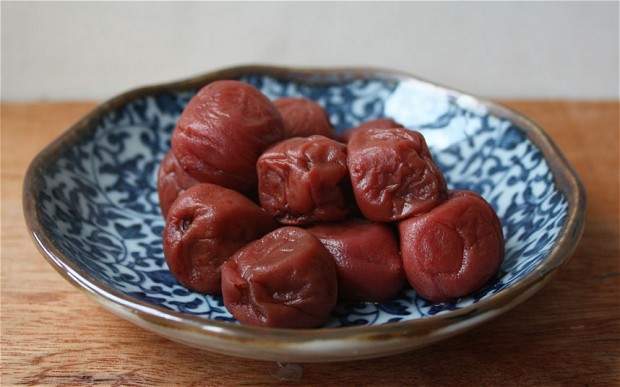
Konnyaku
This is a kind of potato jelly made from Konjac, a potato native to Indonesia but only cultivated for food in Japan. The jelly doesn’t have much taste of its own but a very interesting texture.
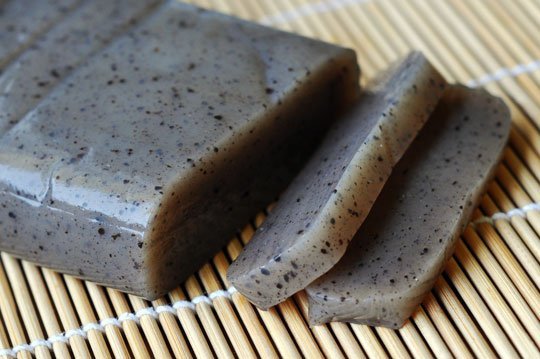
This is just a selection of all the new food I got to try in Japan. Even after visiting Korea, it was like diving into a completely different world with so, so many new flavours! Every day a new surprise, an unknown explosion of flavour in my mouth! This is Japan.
